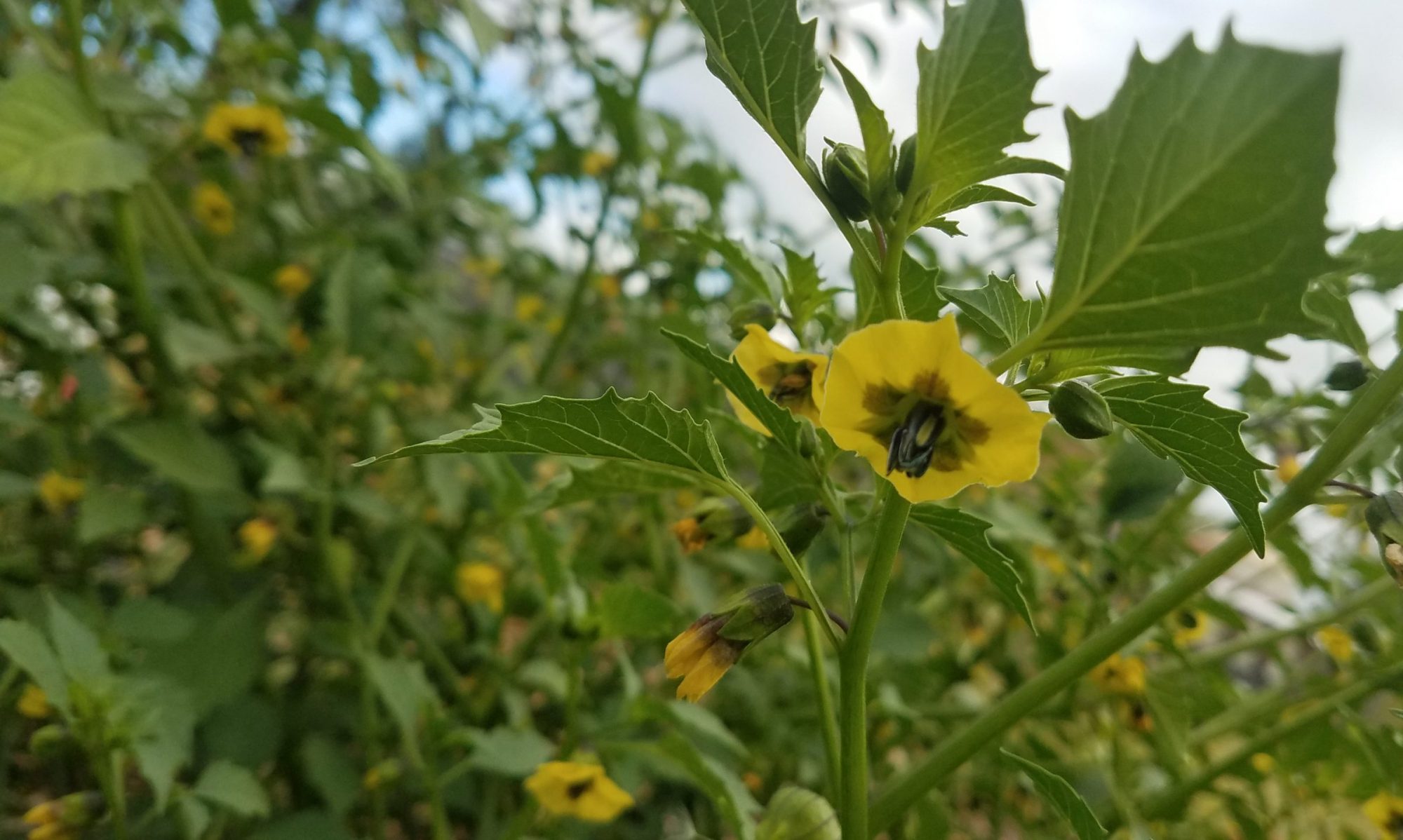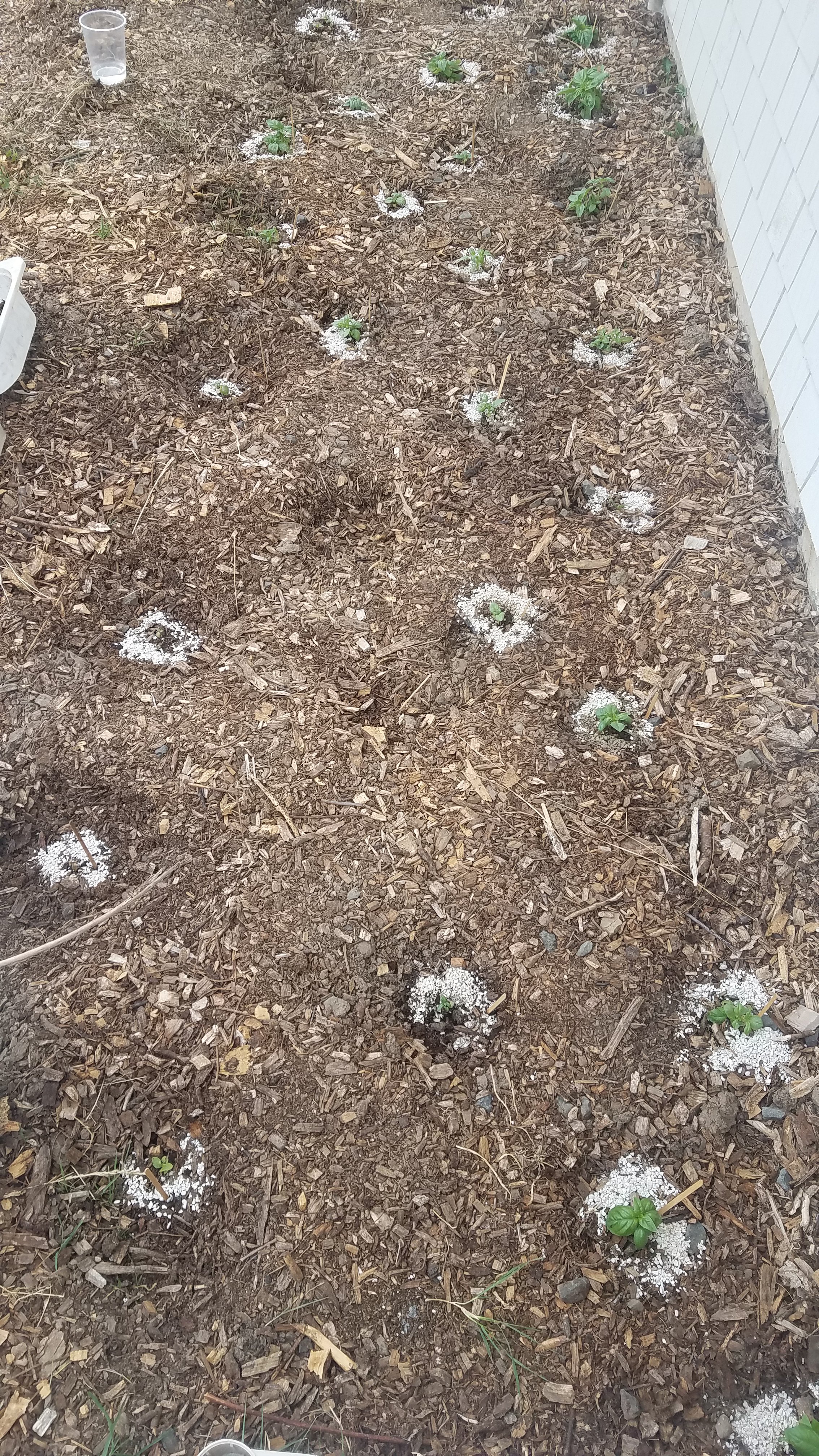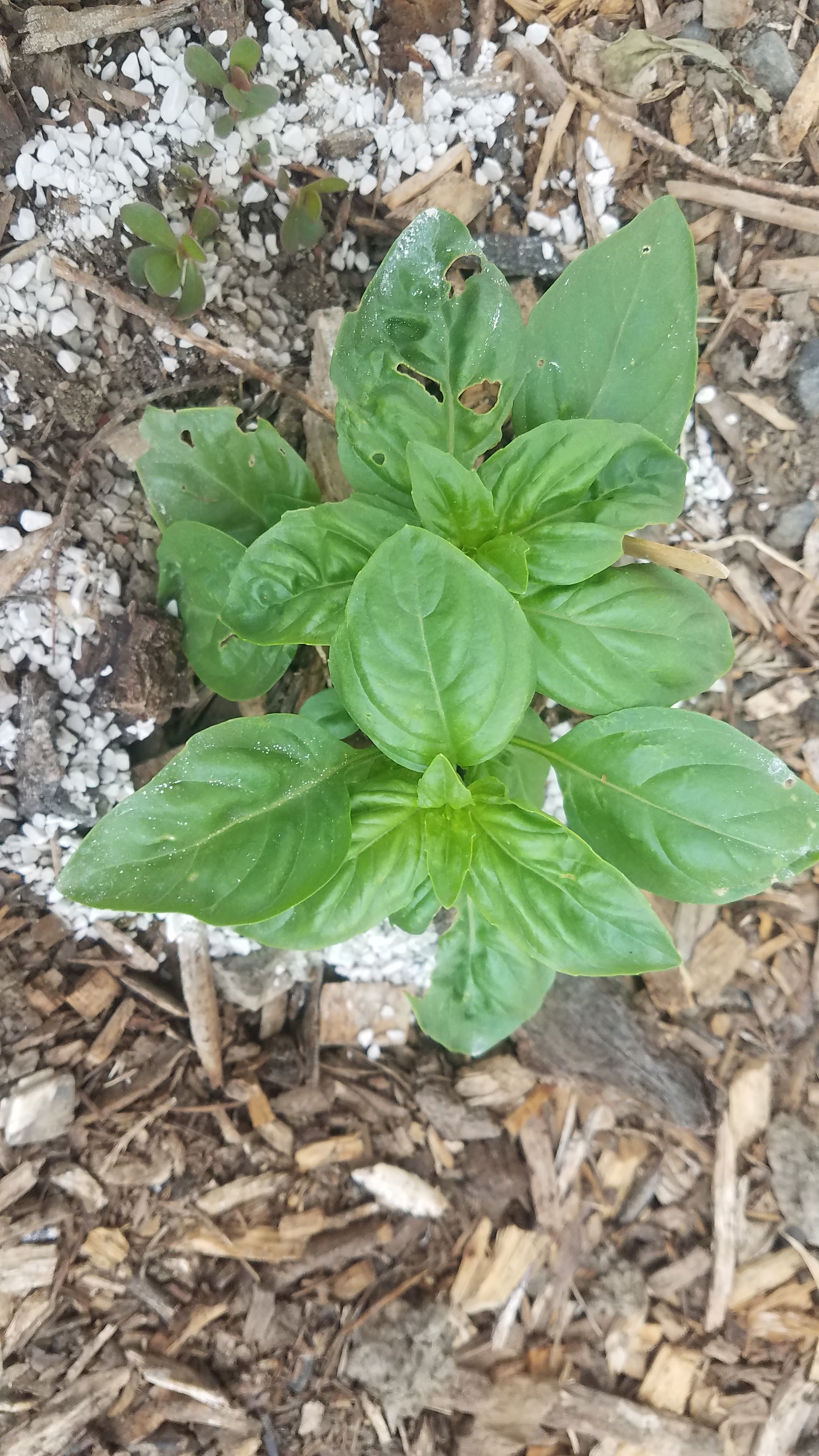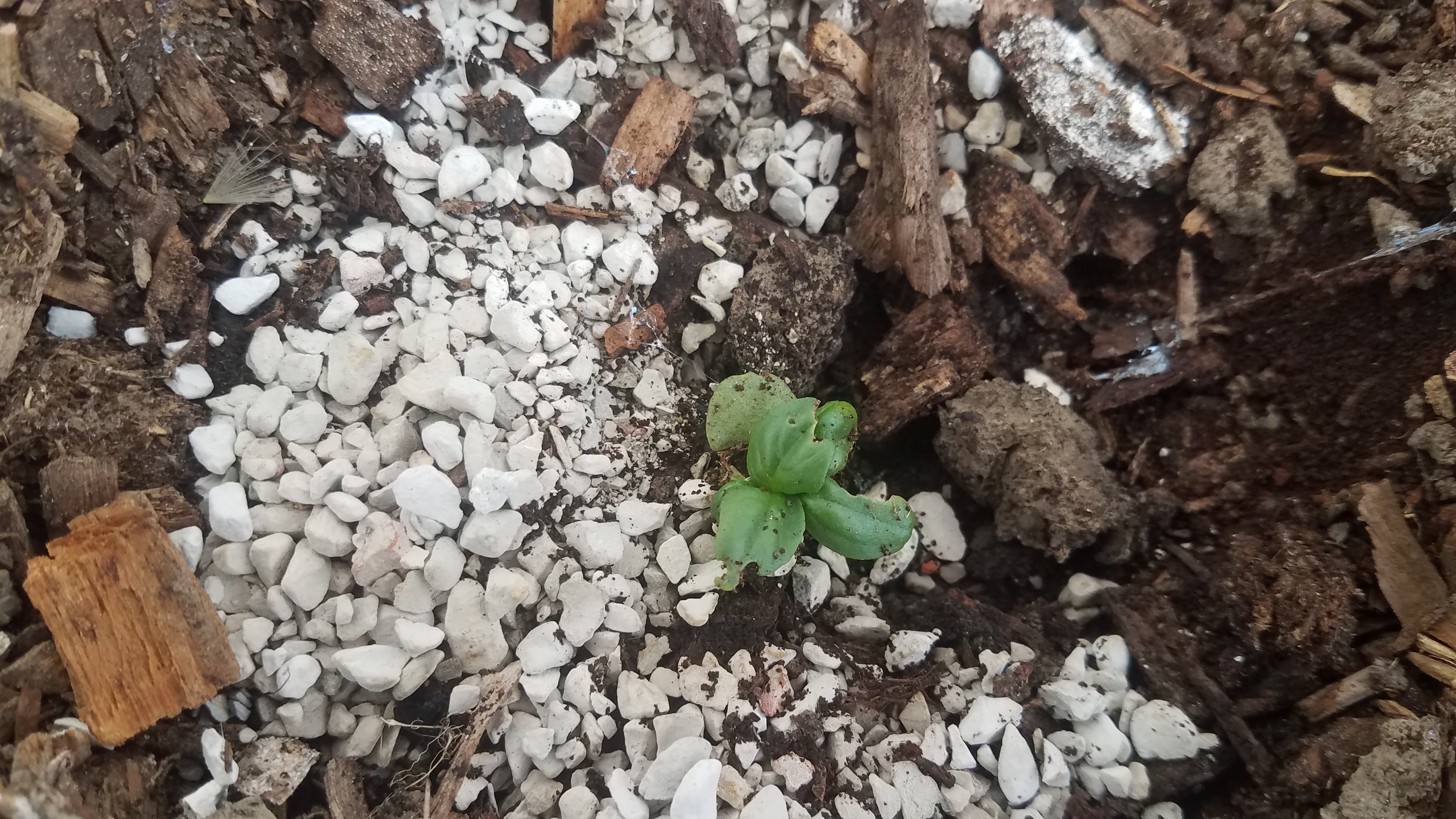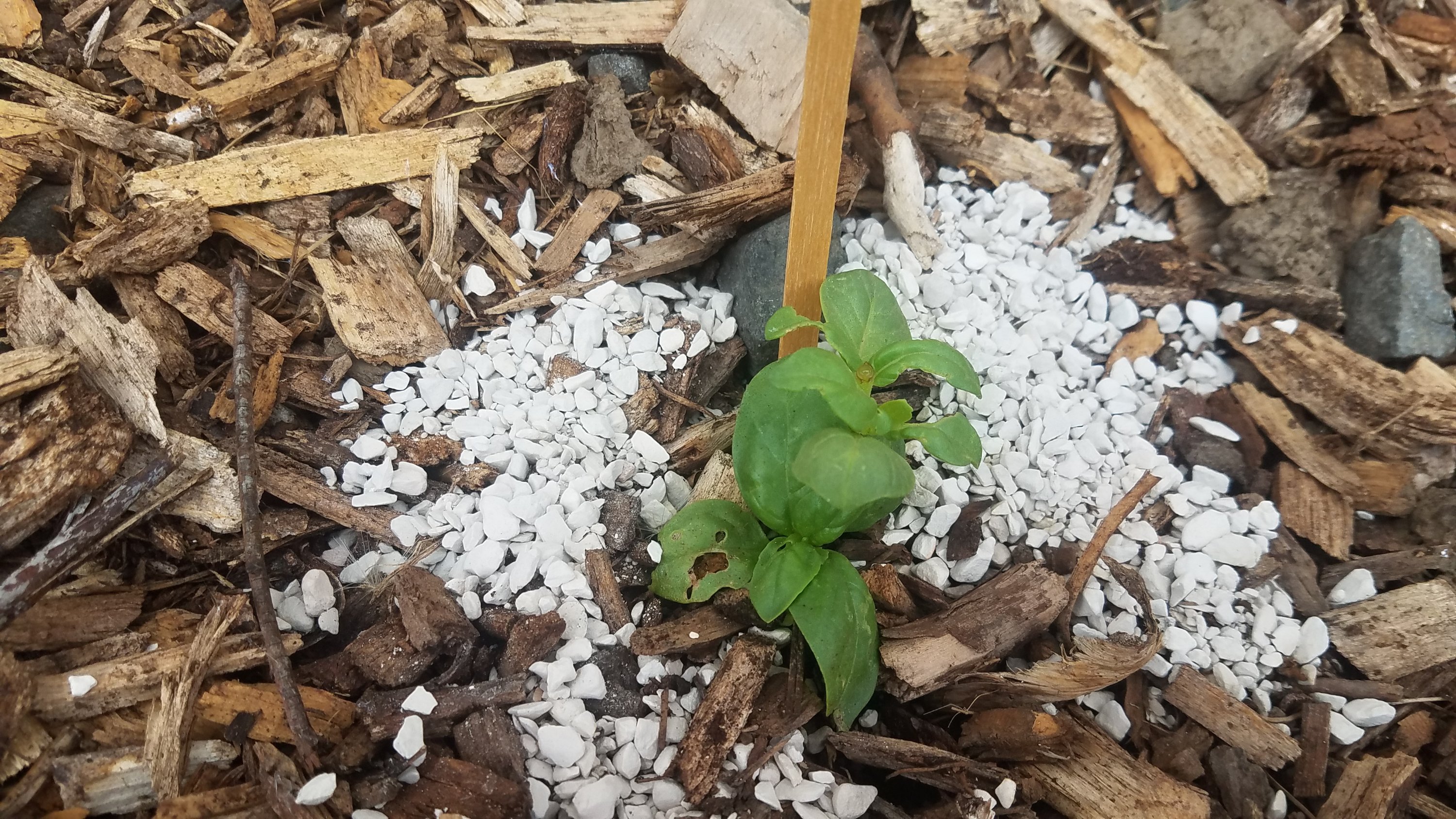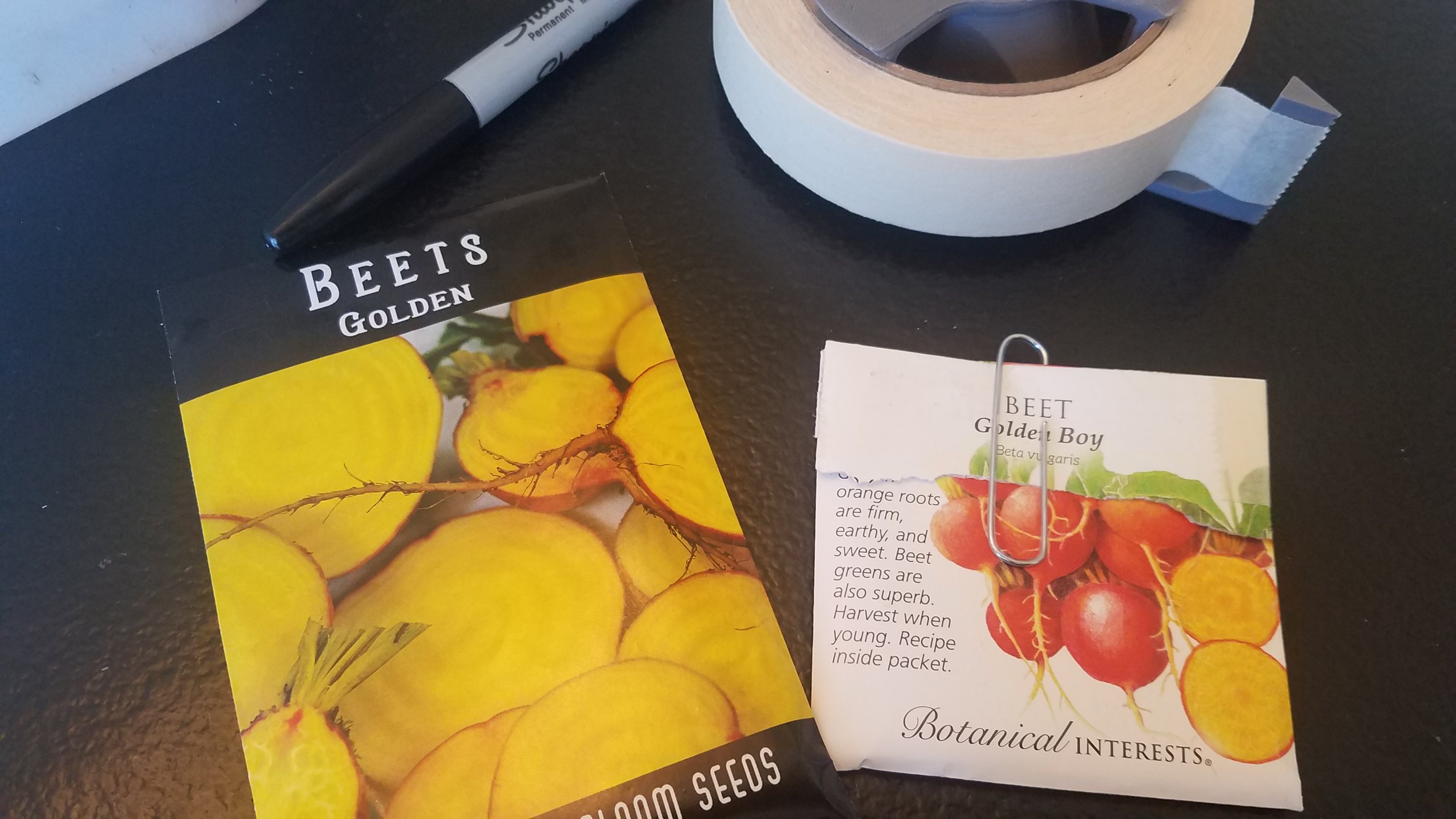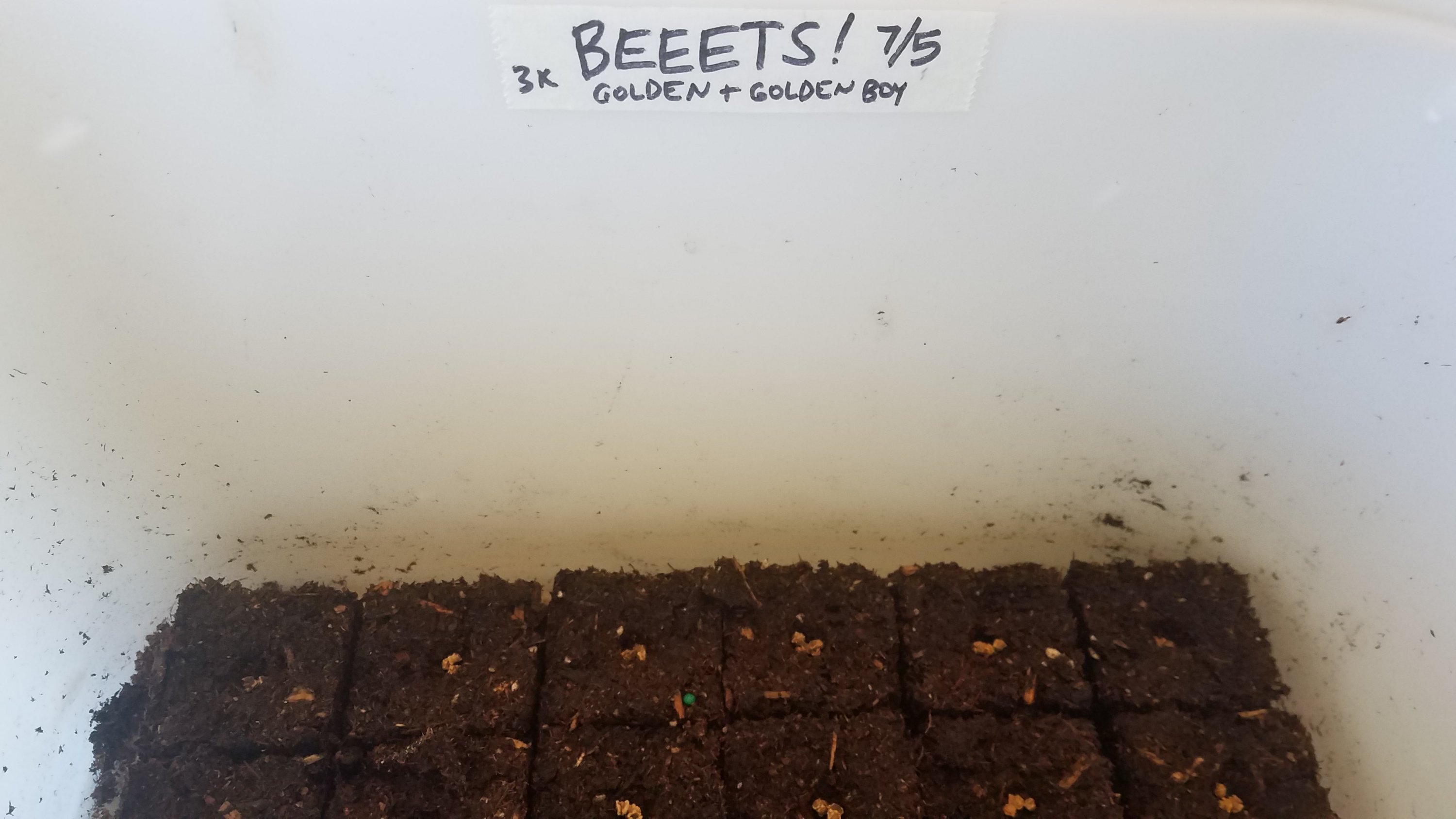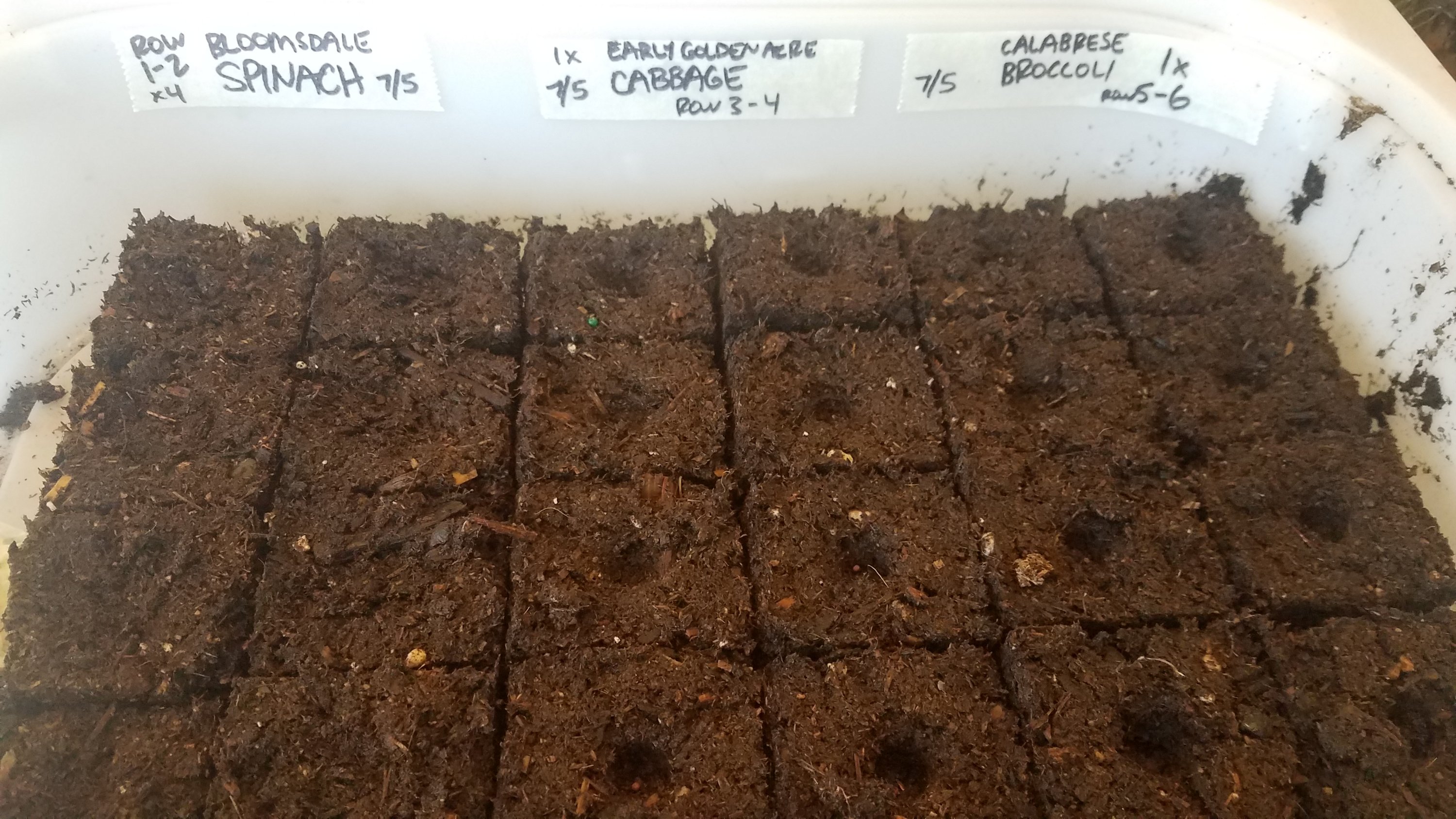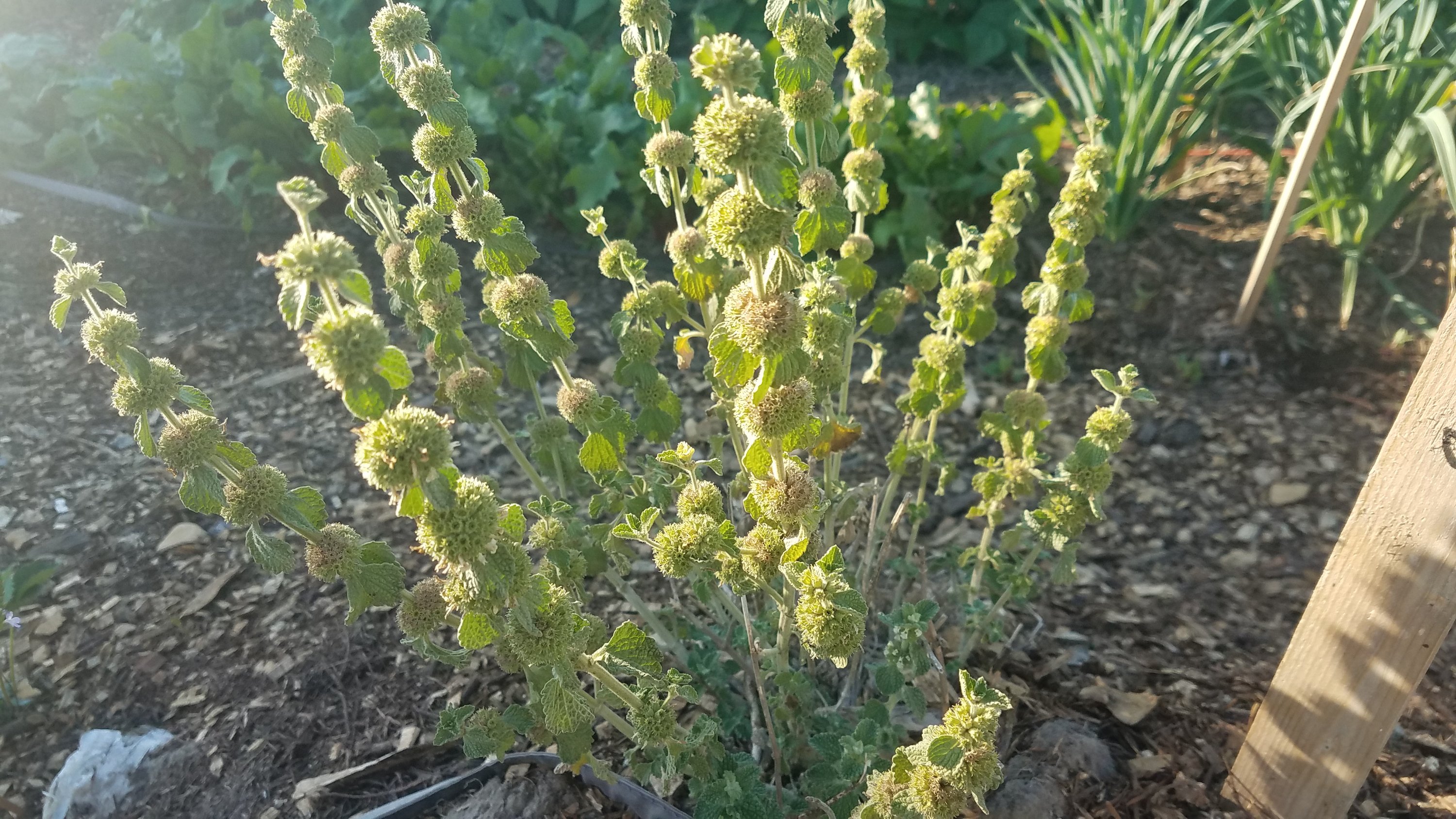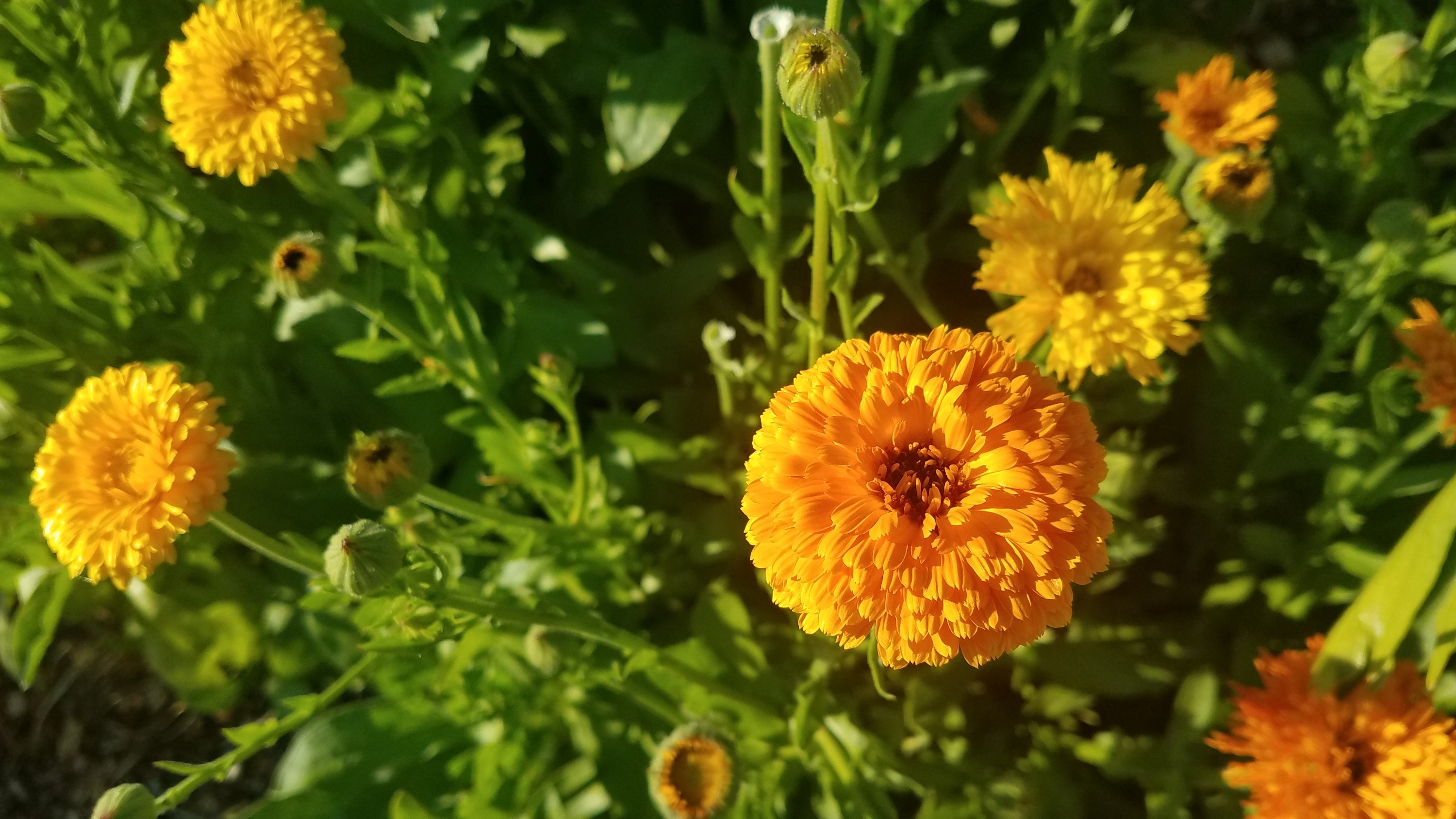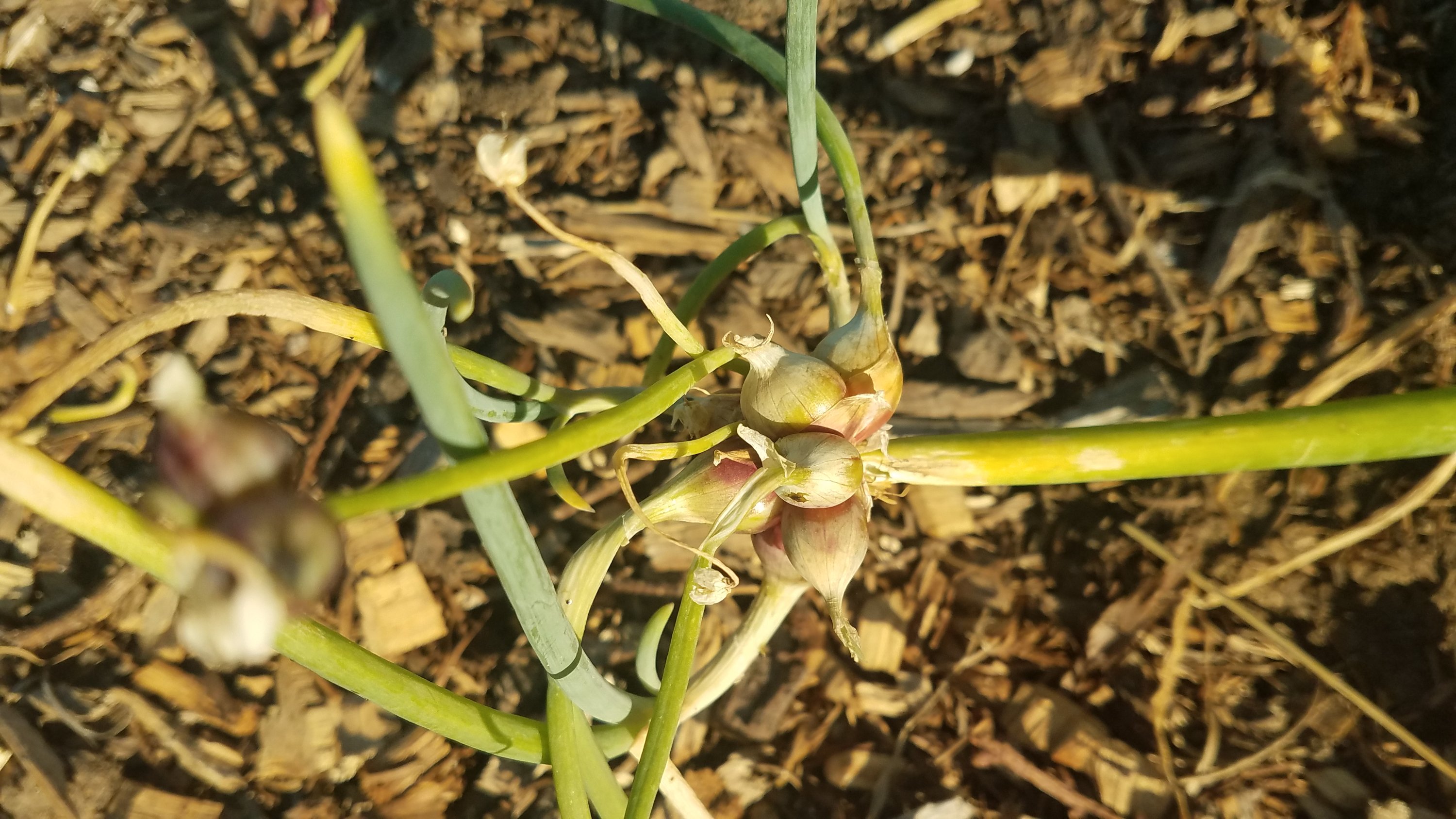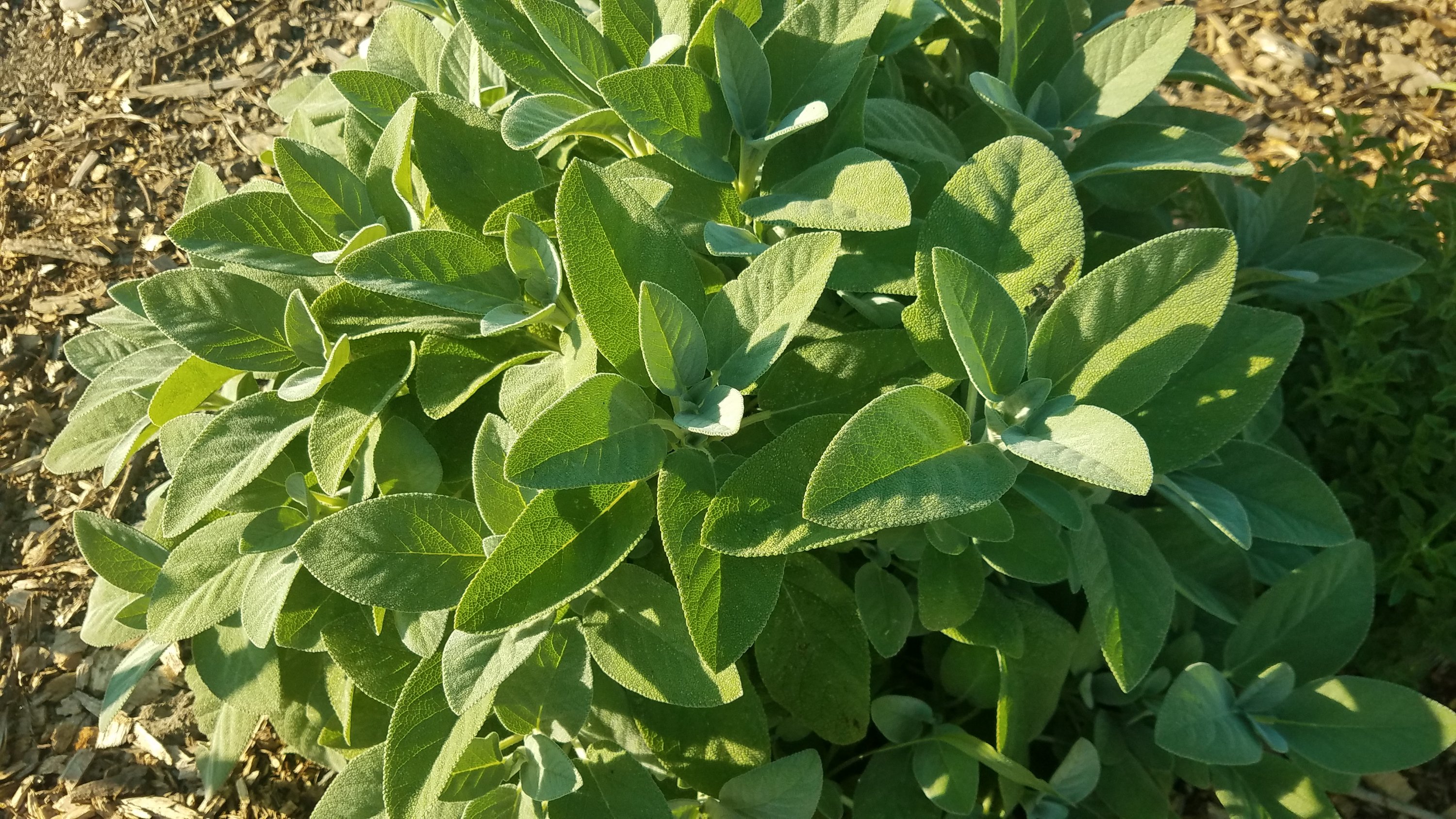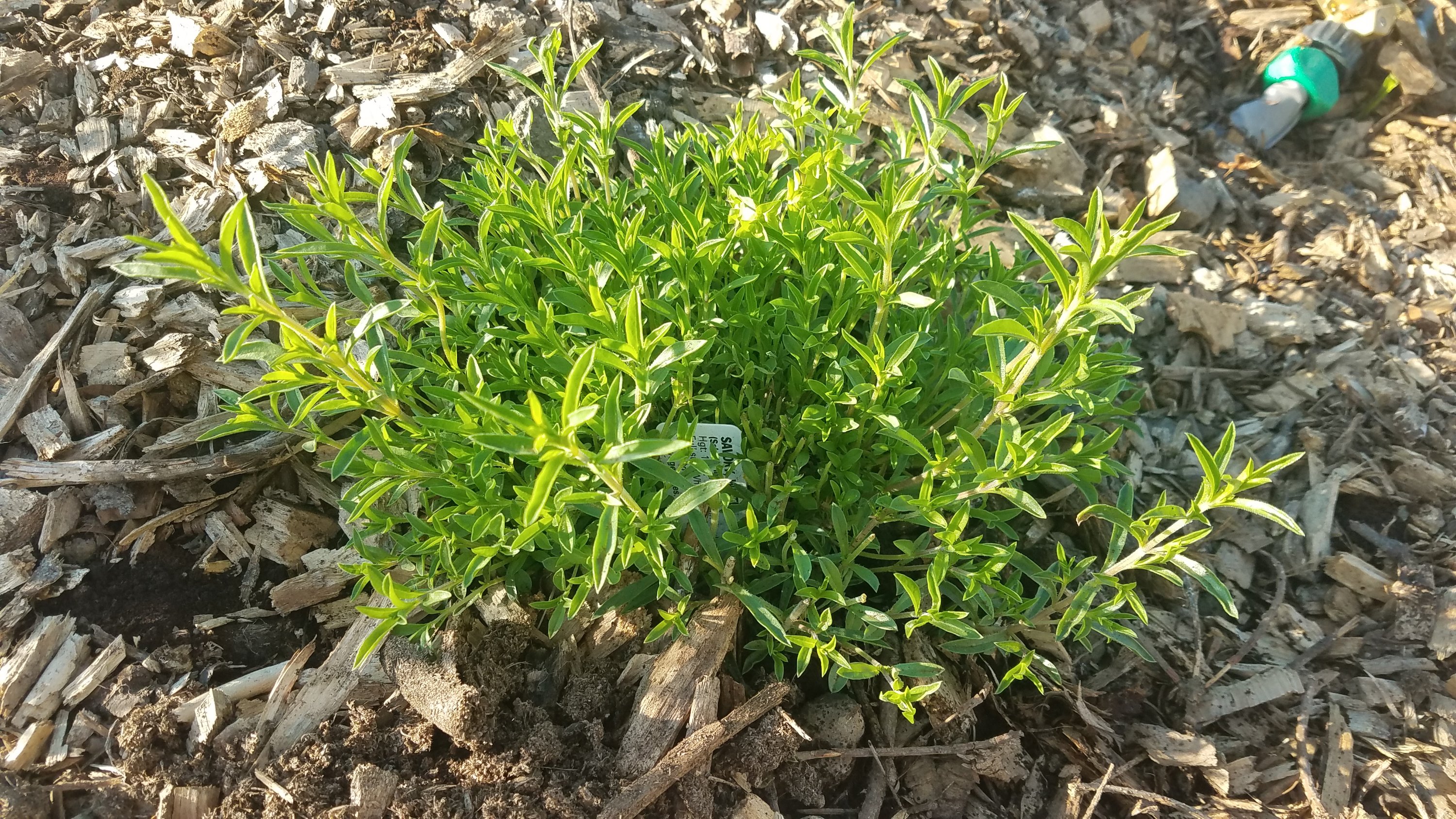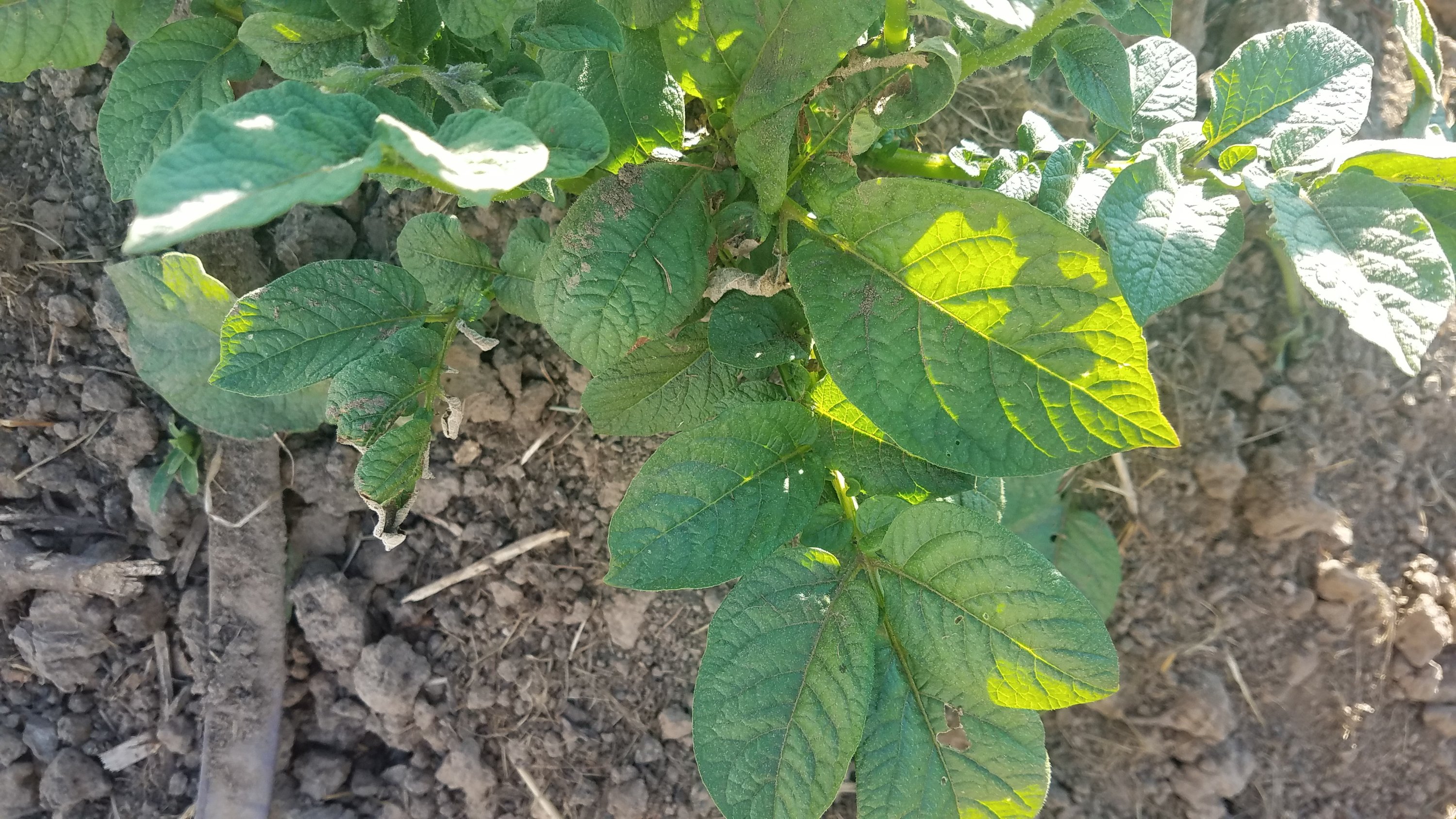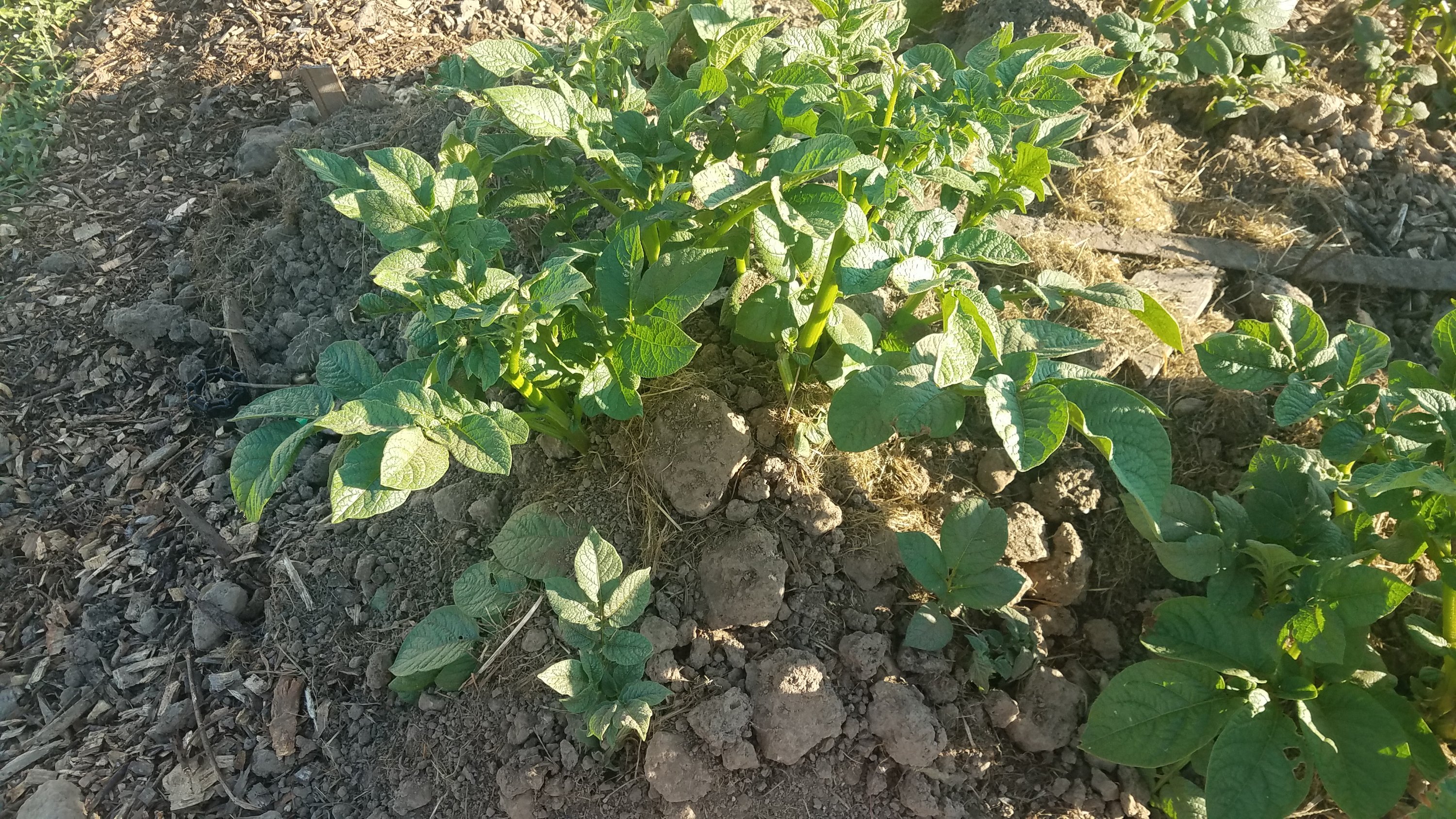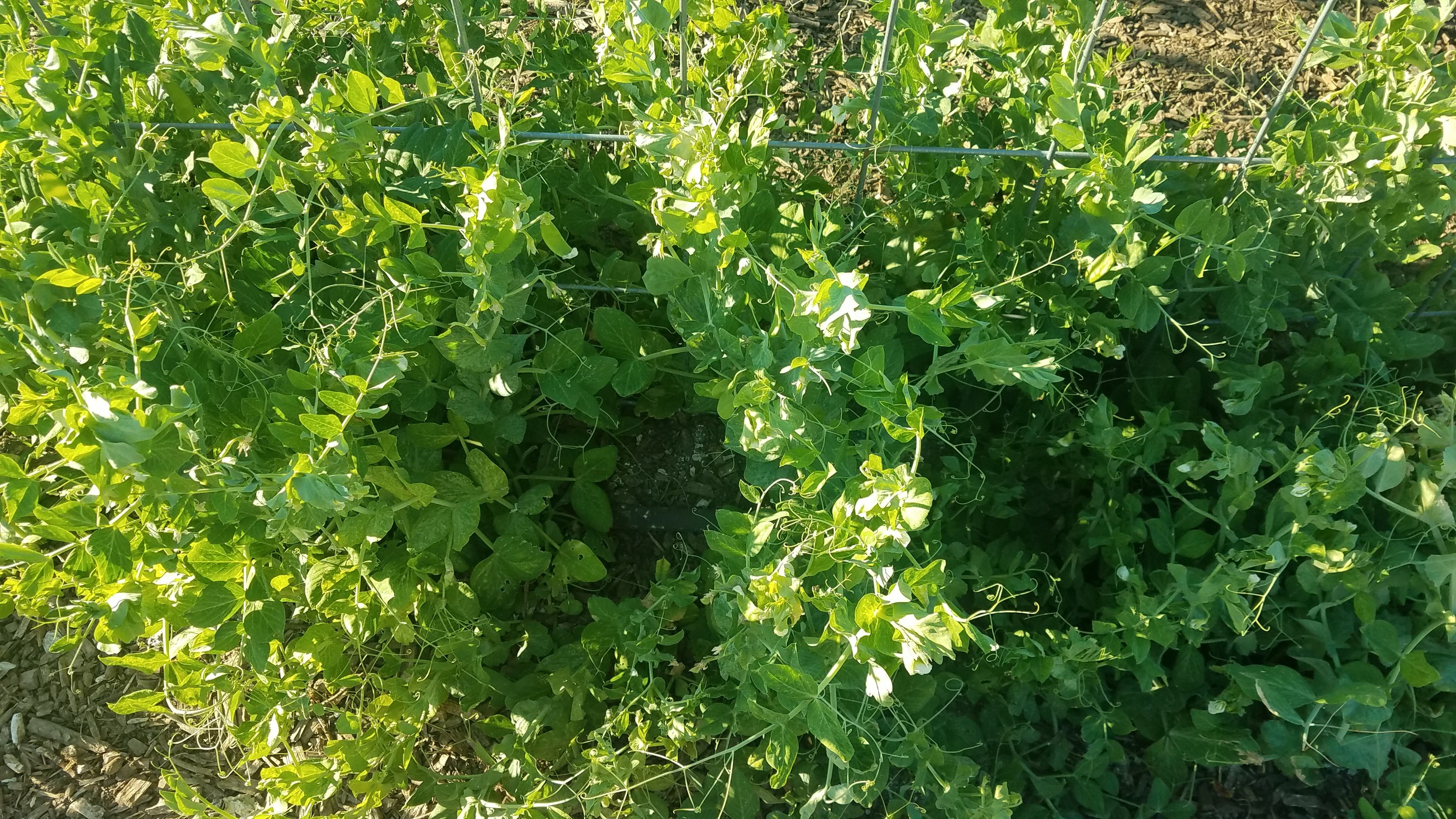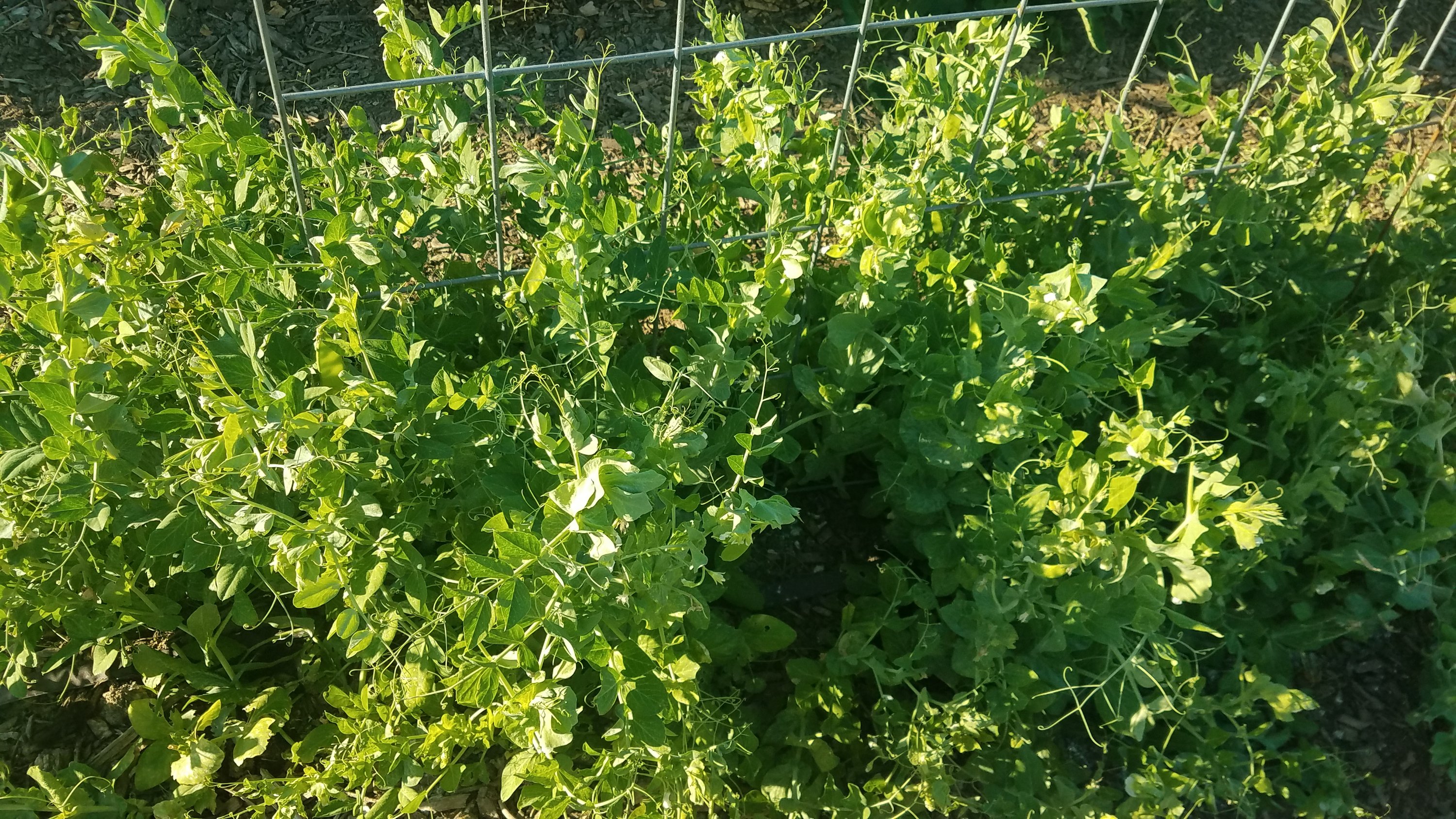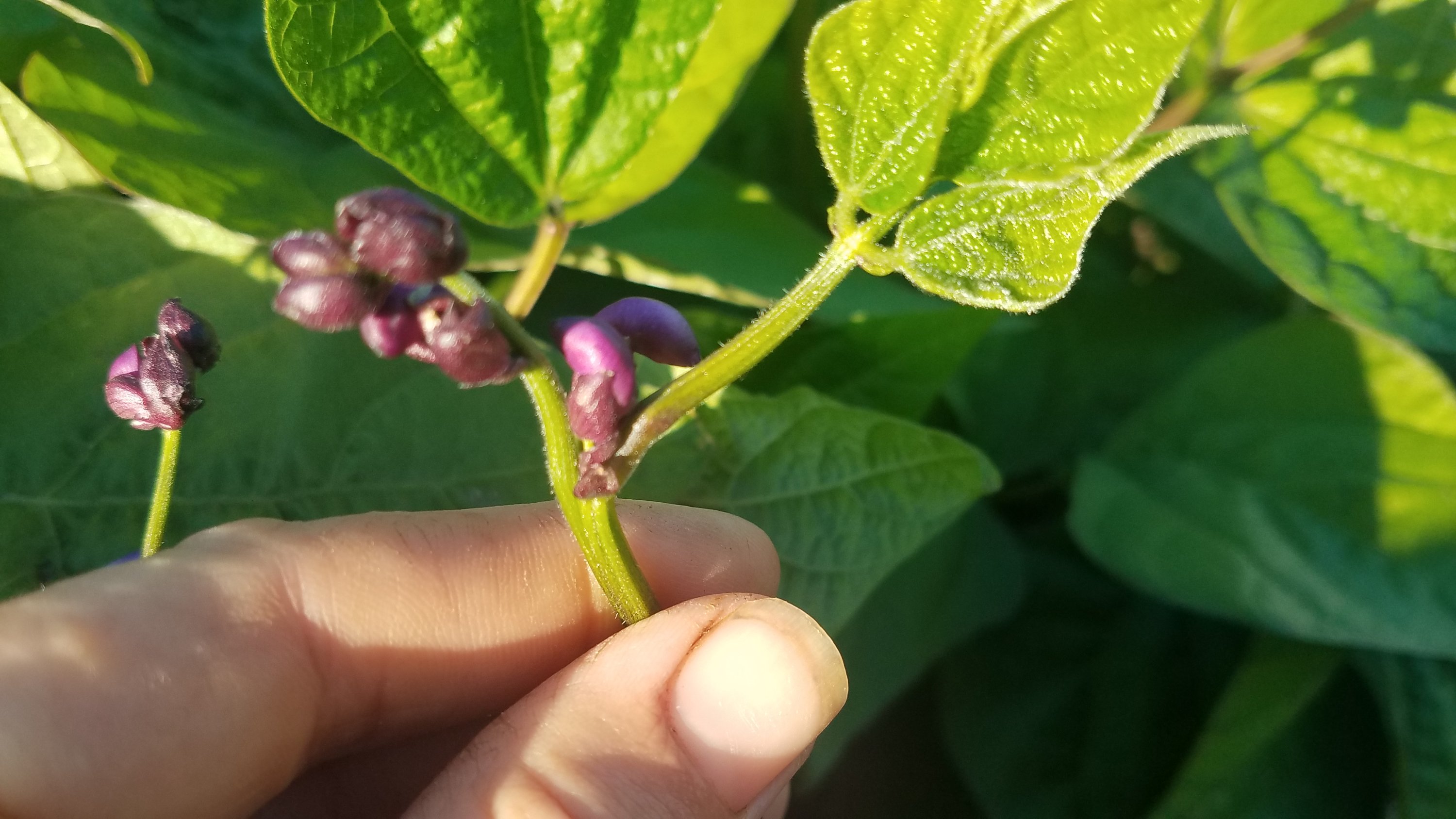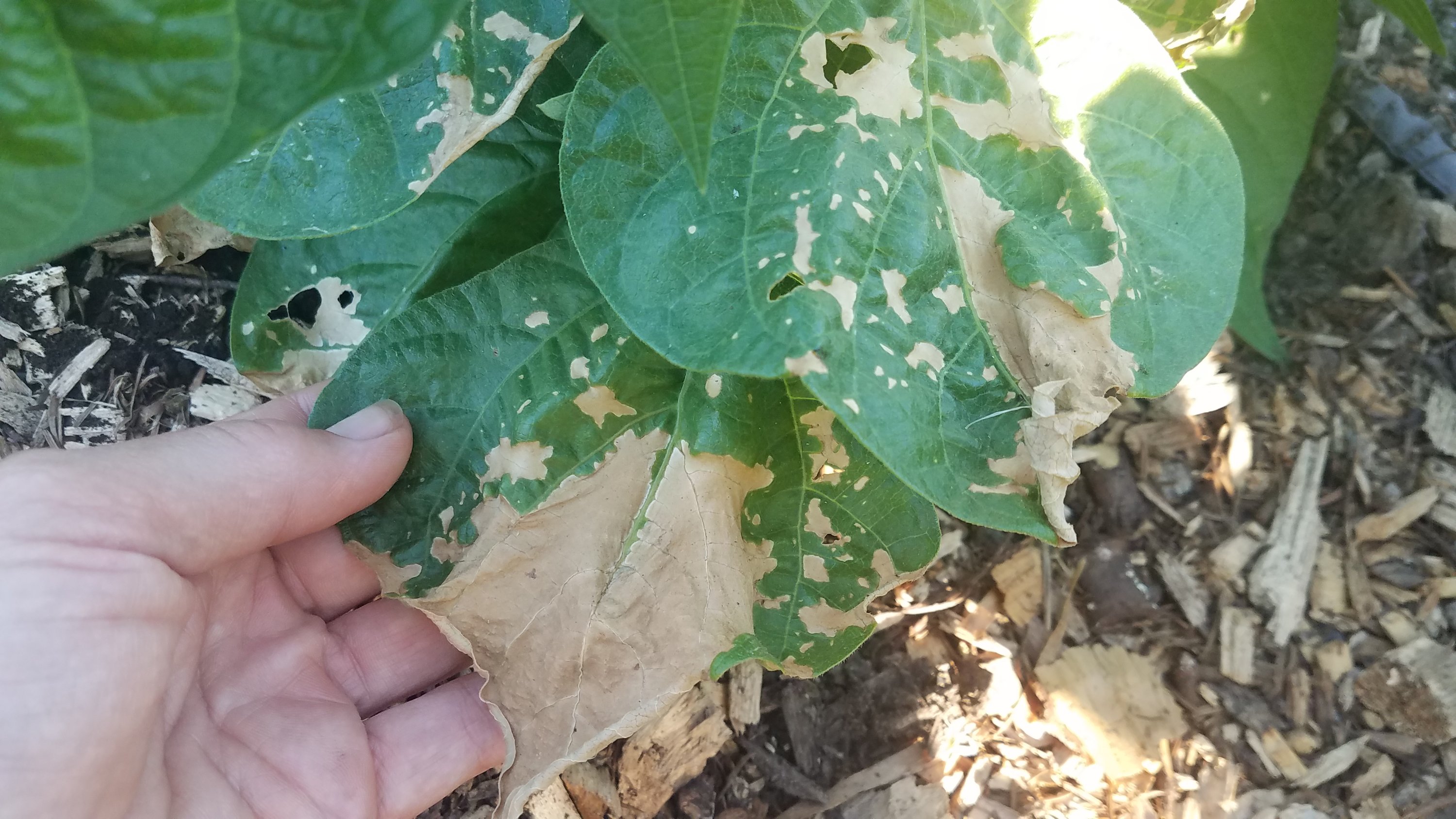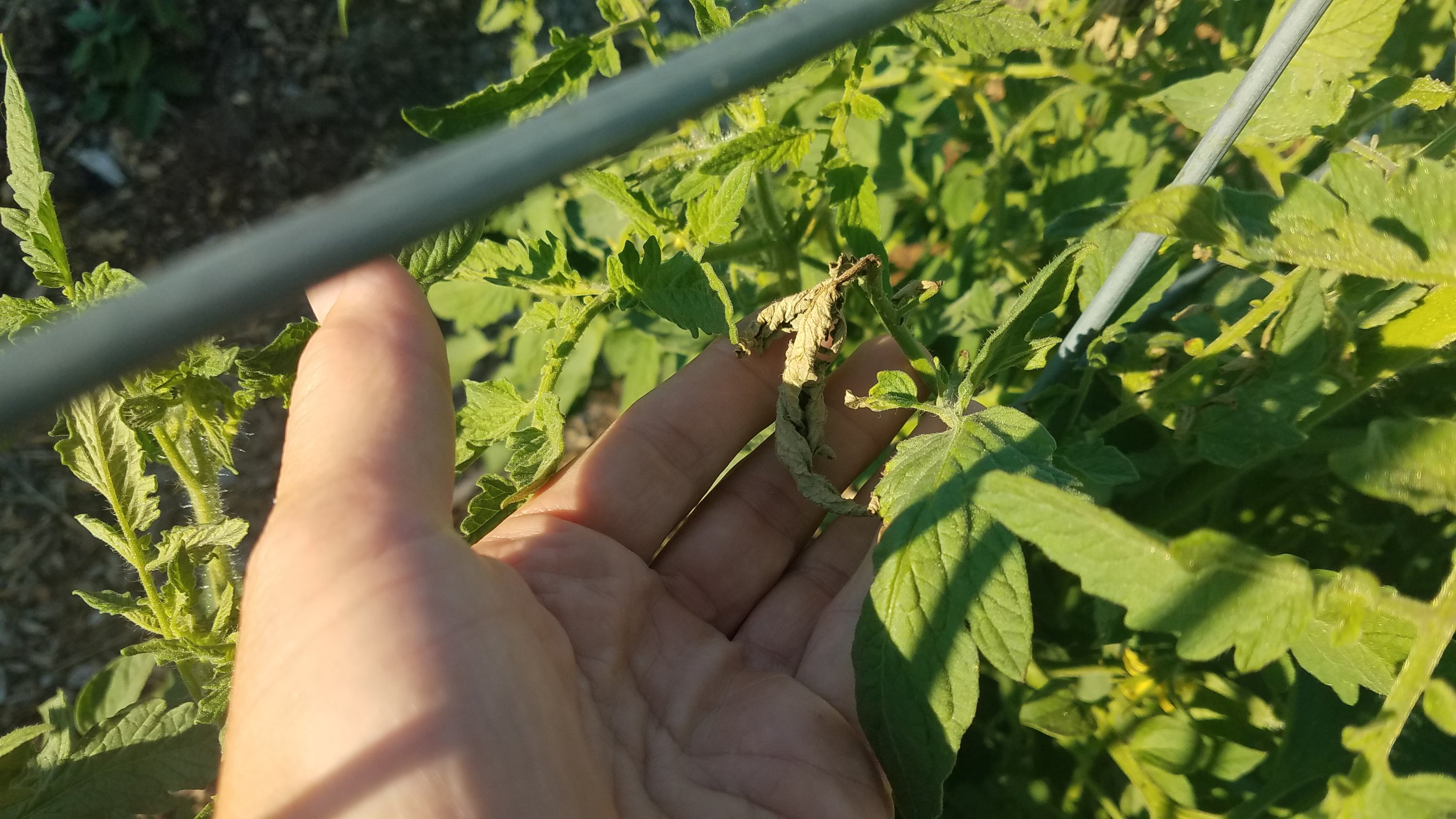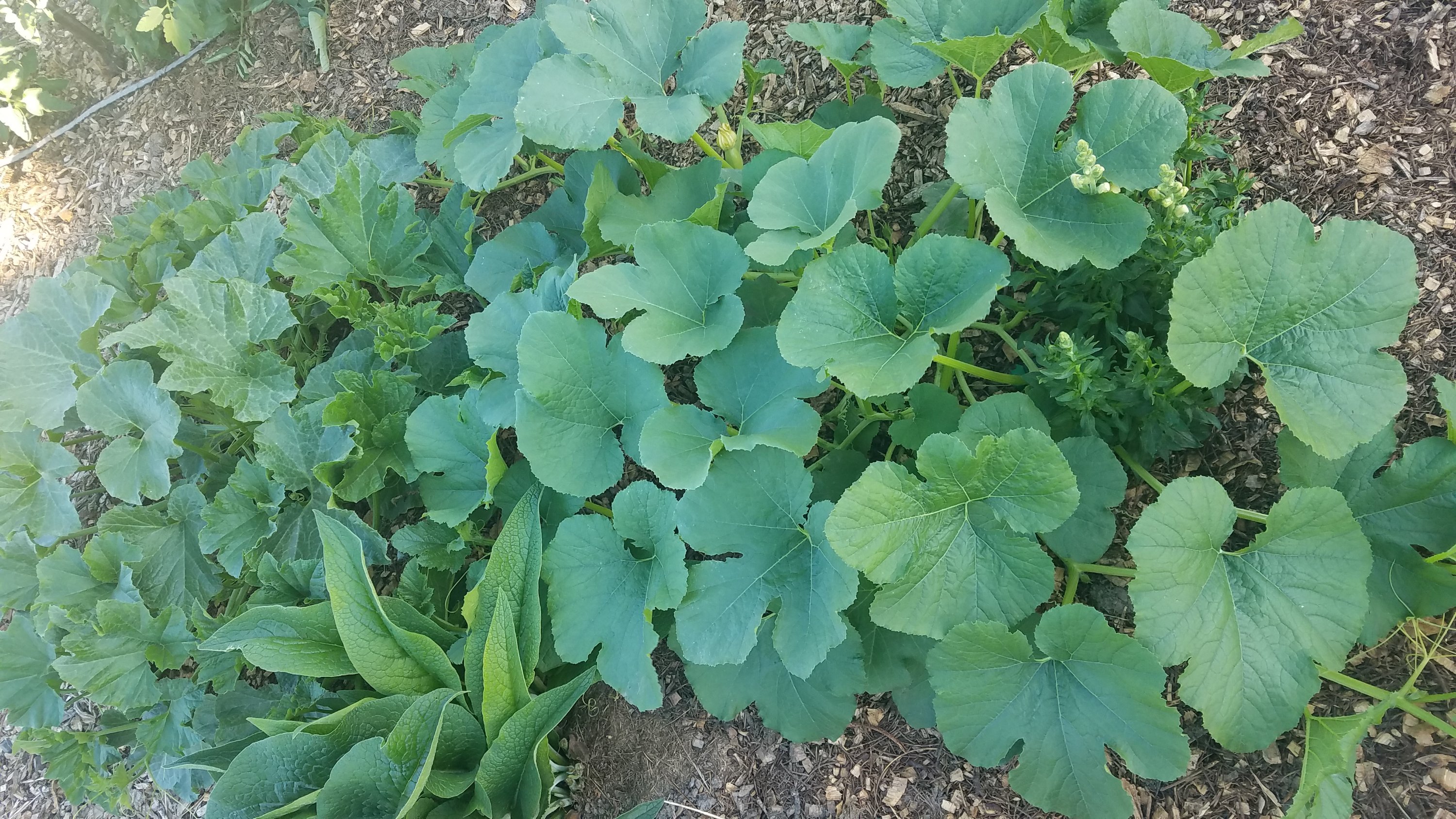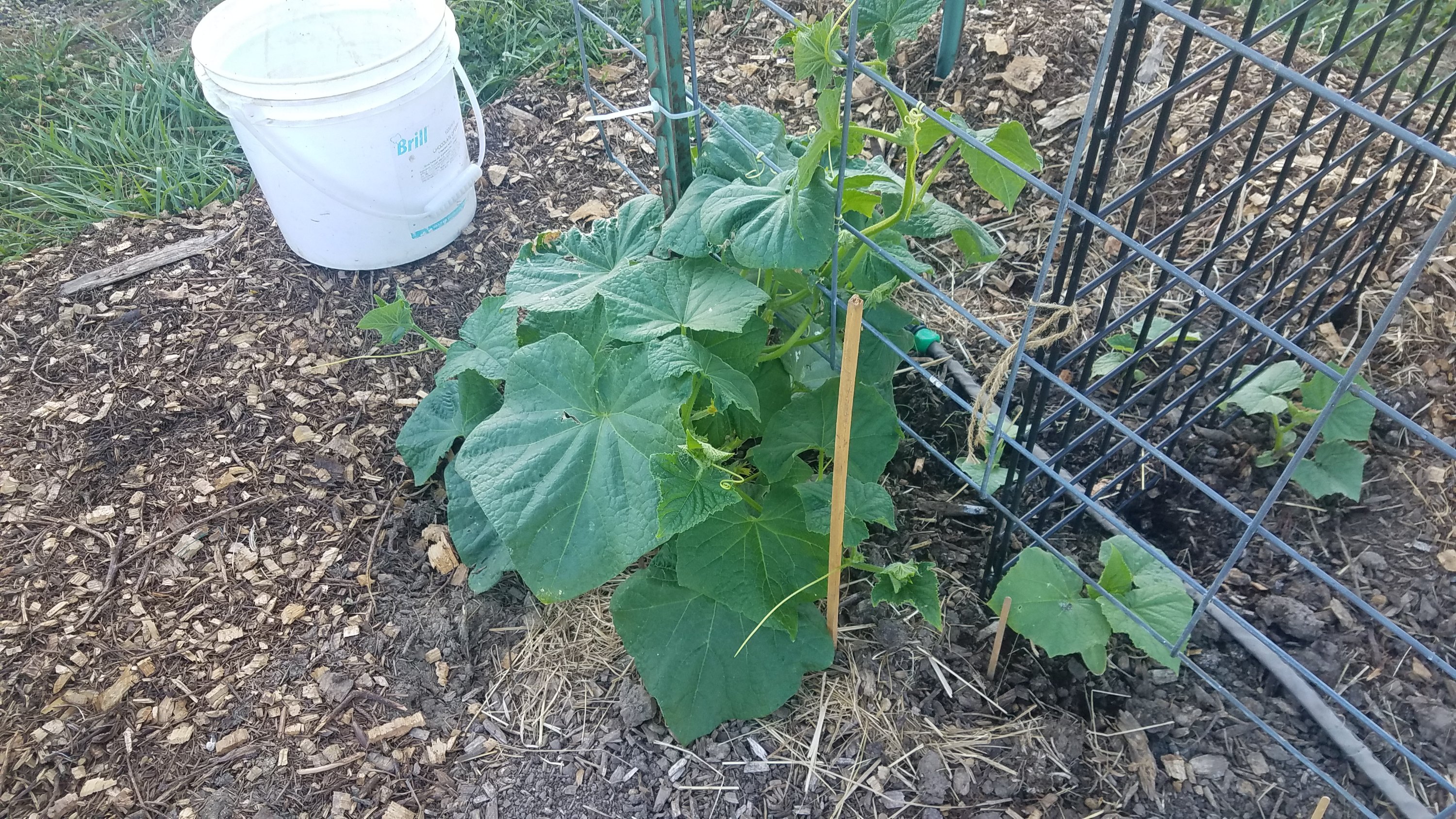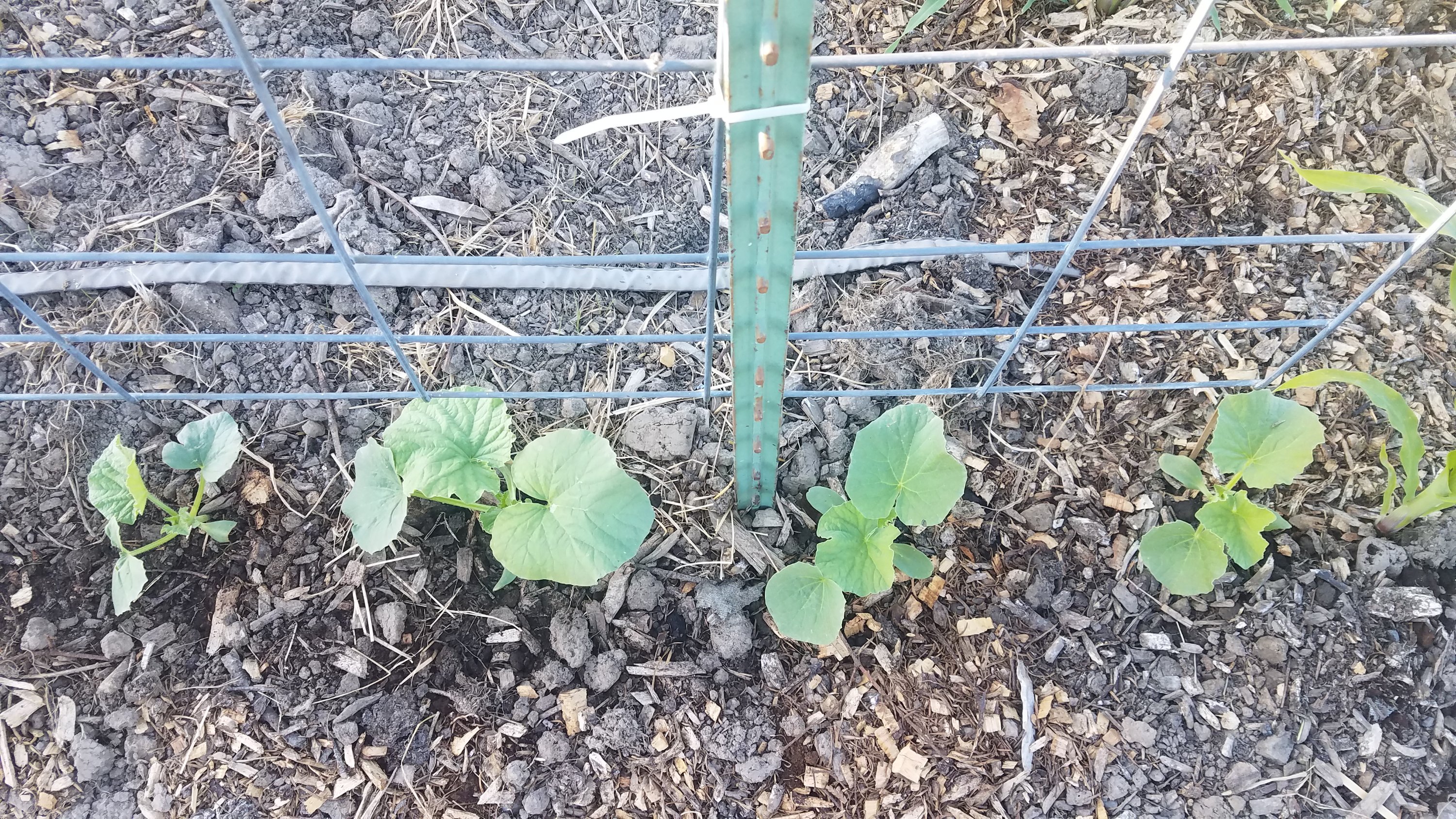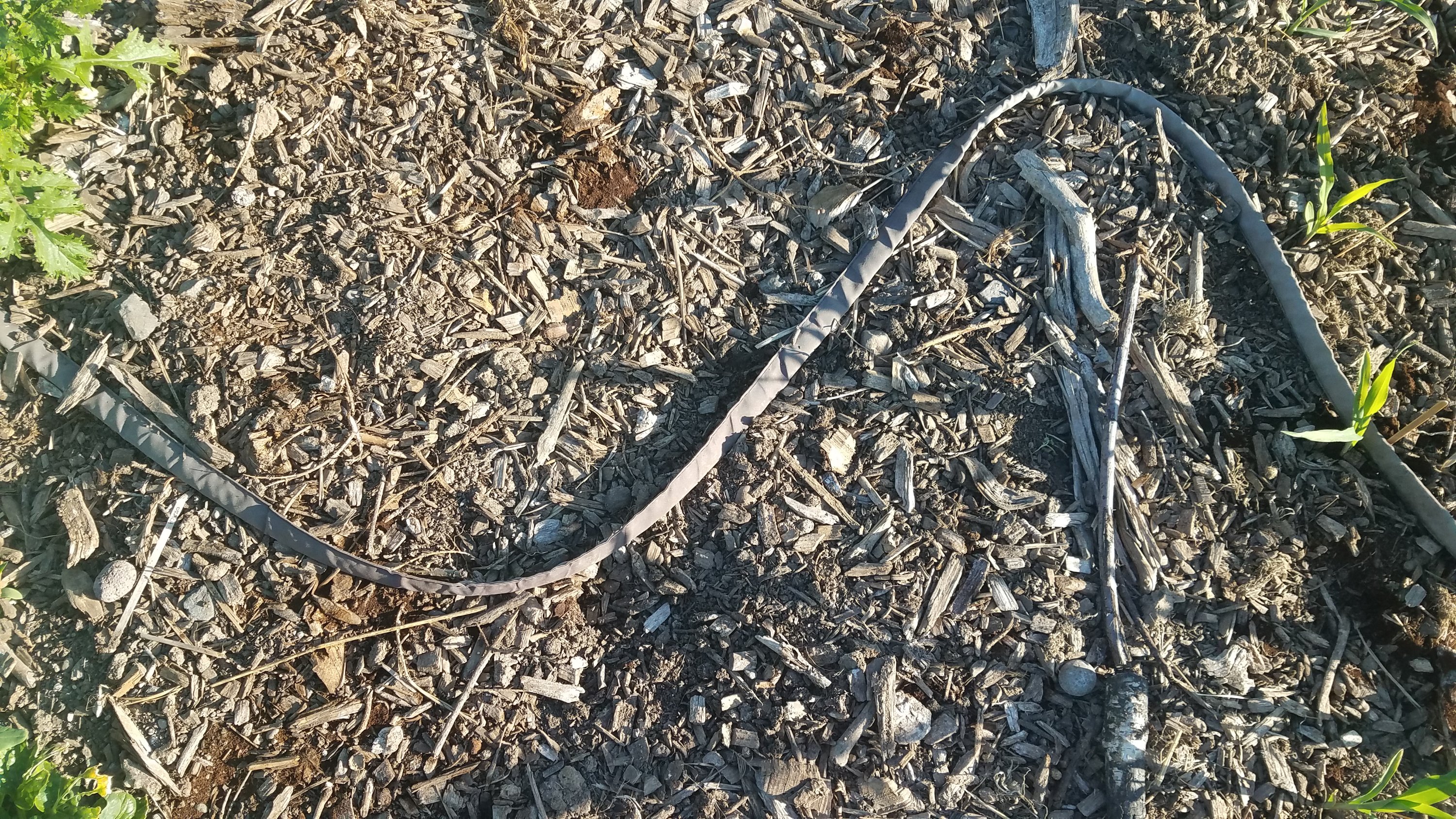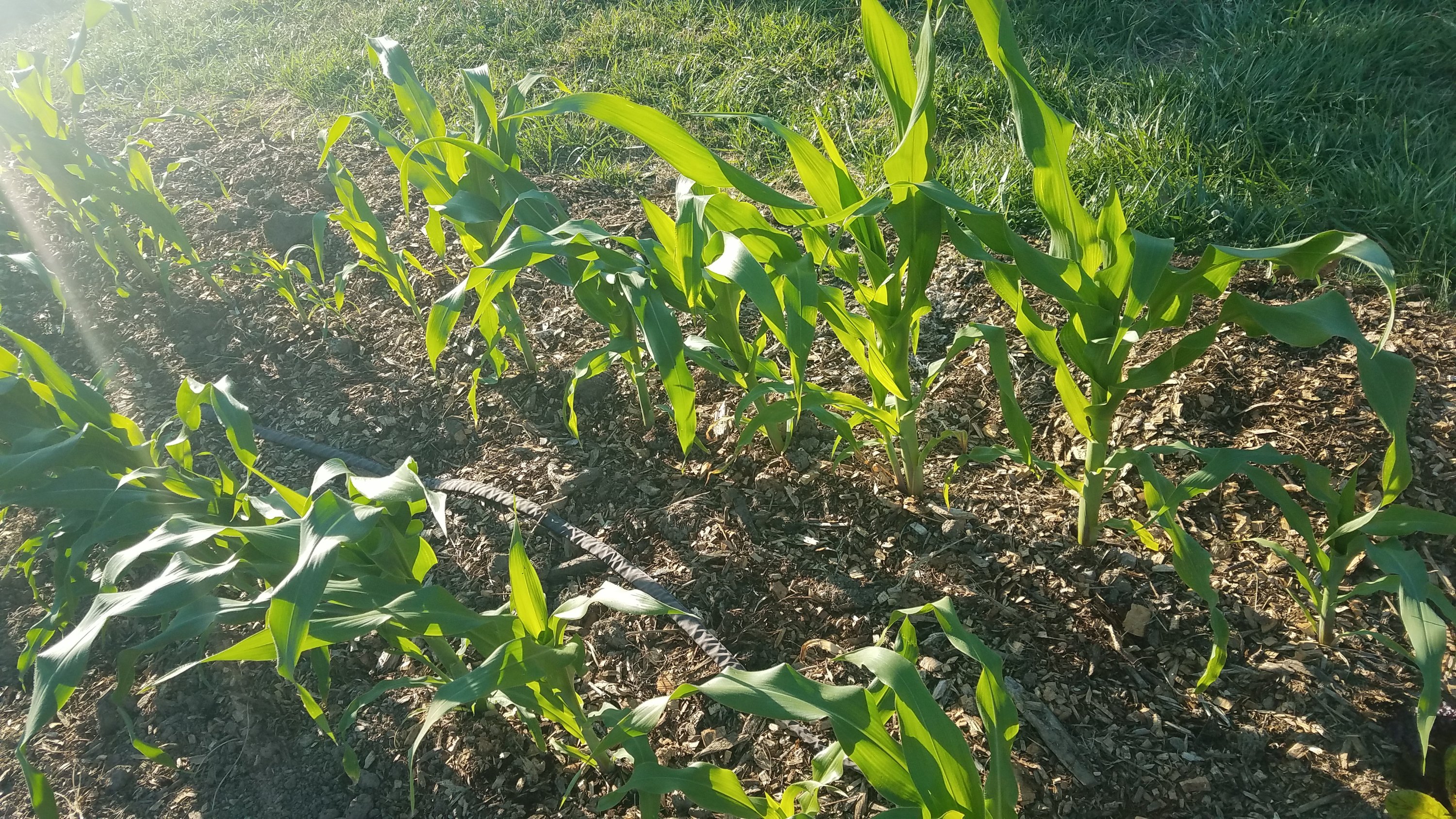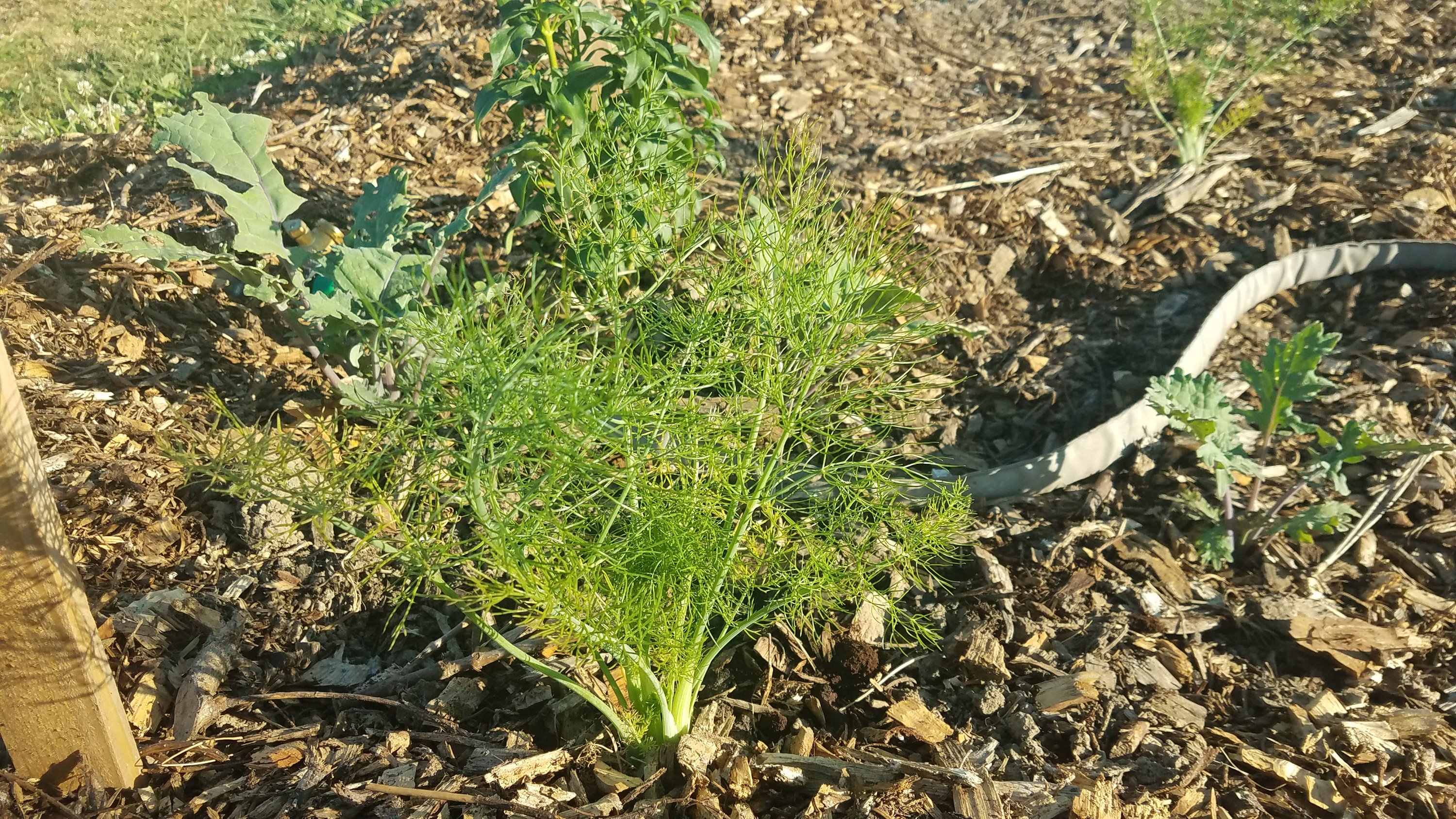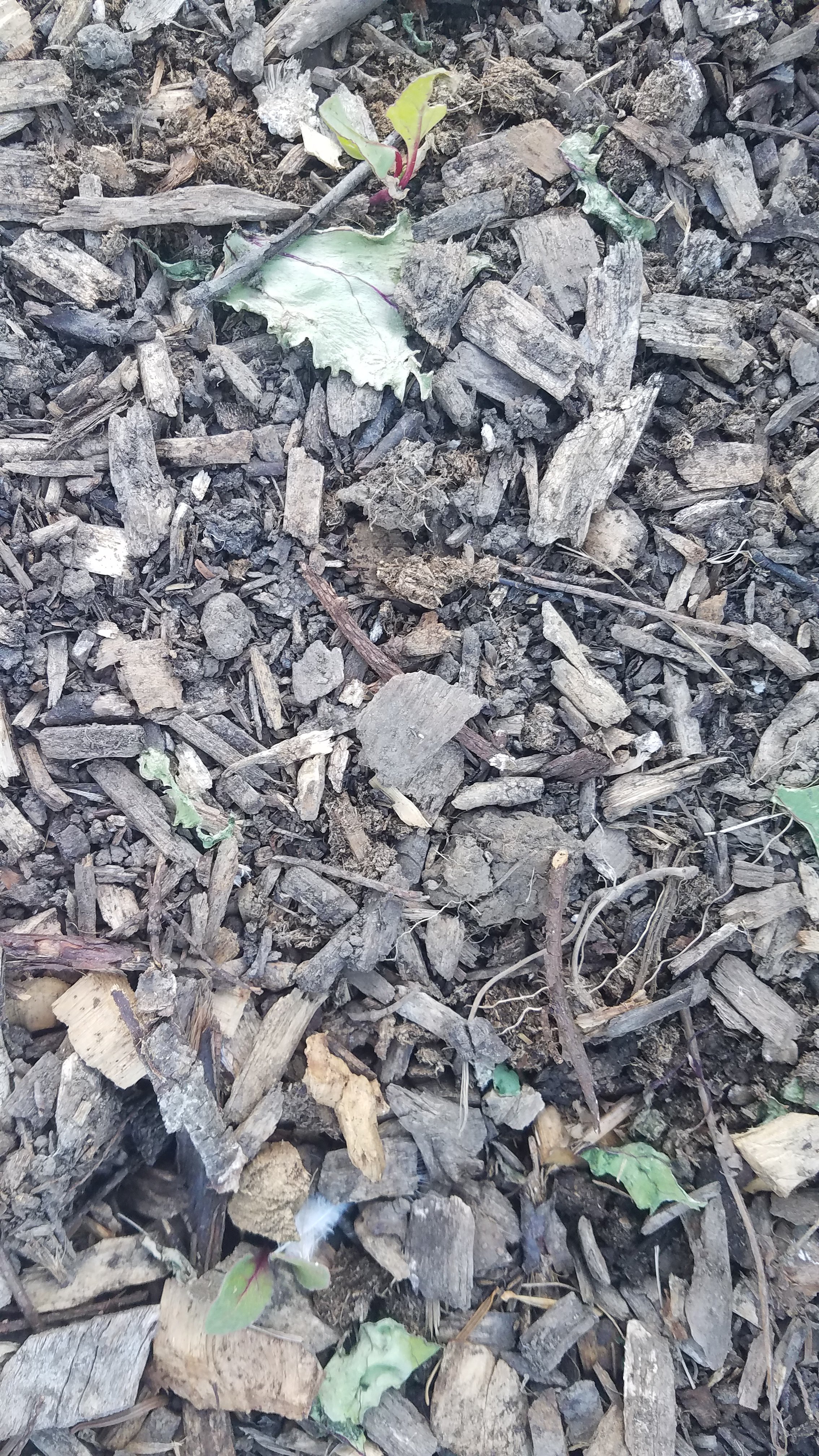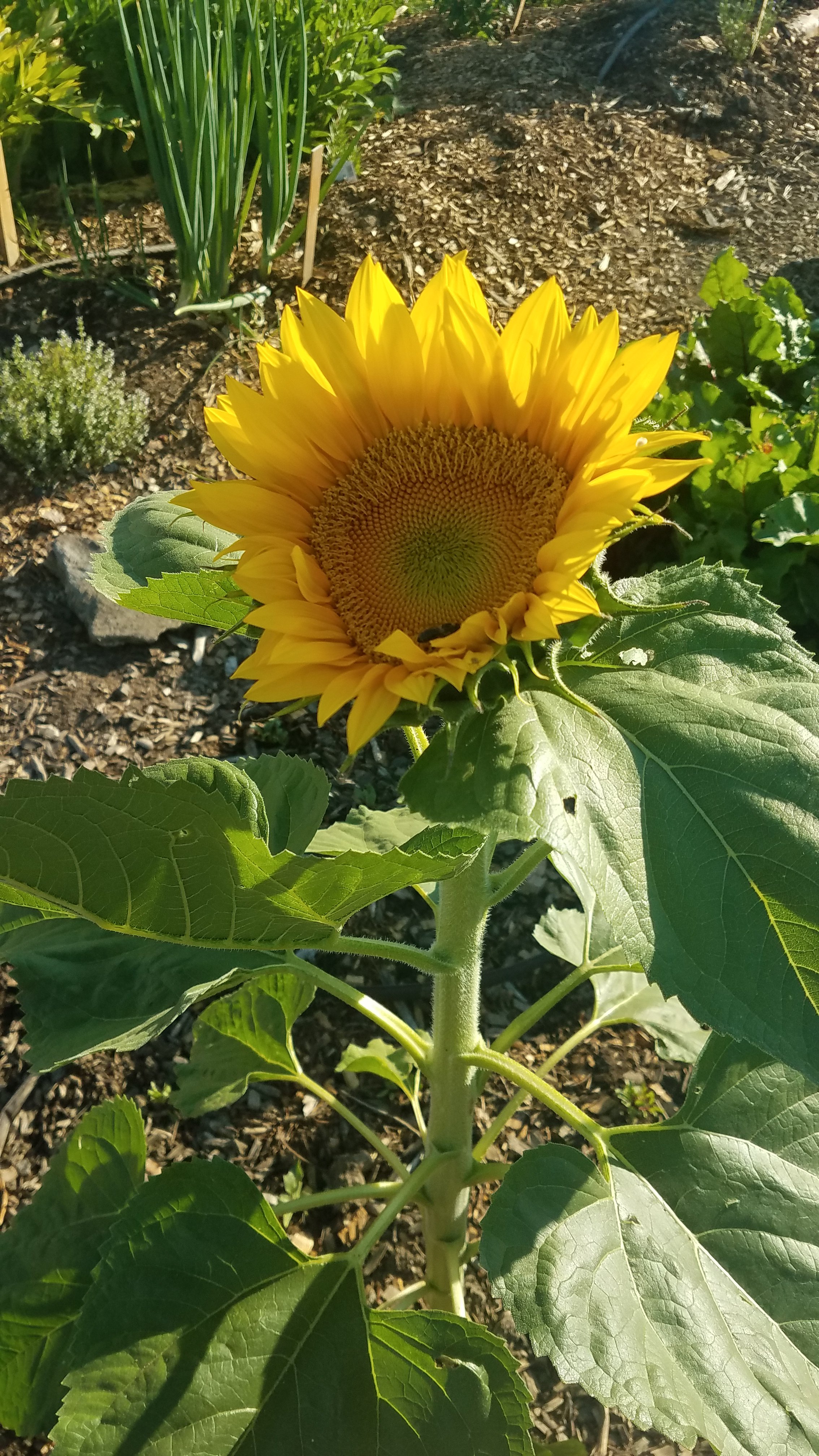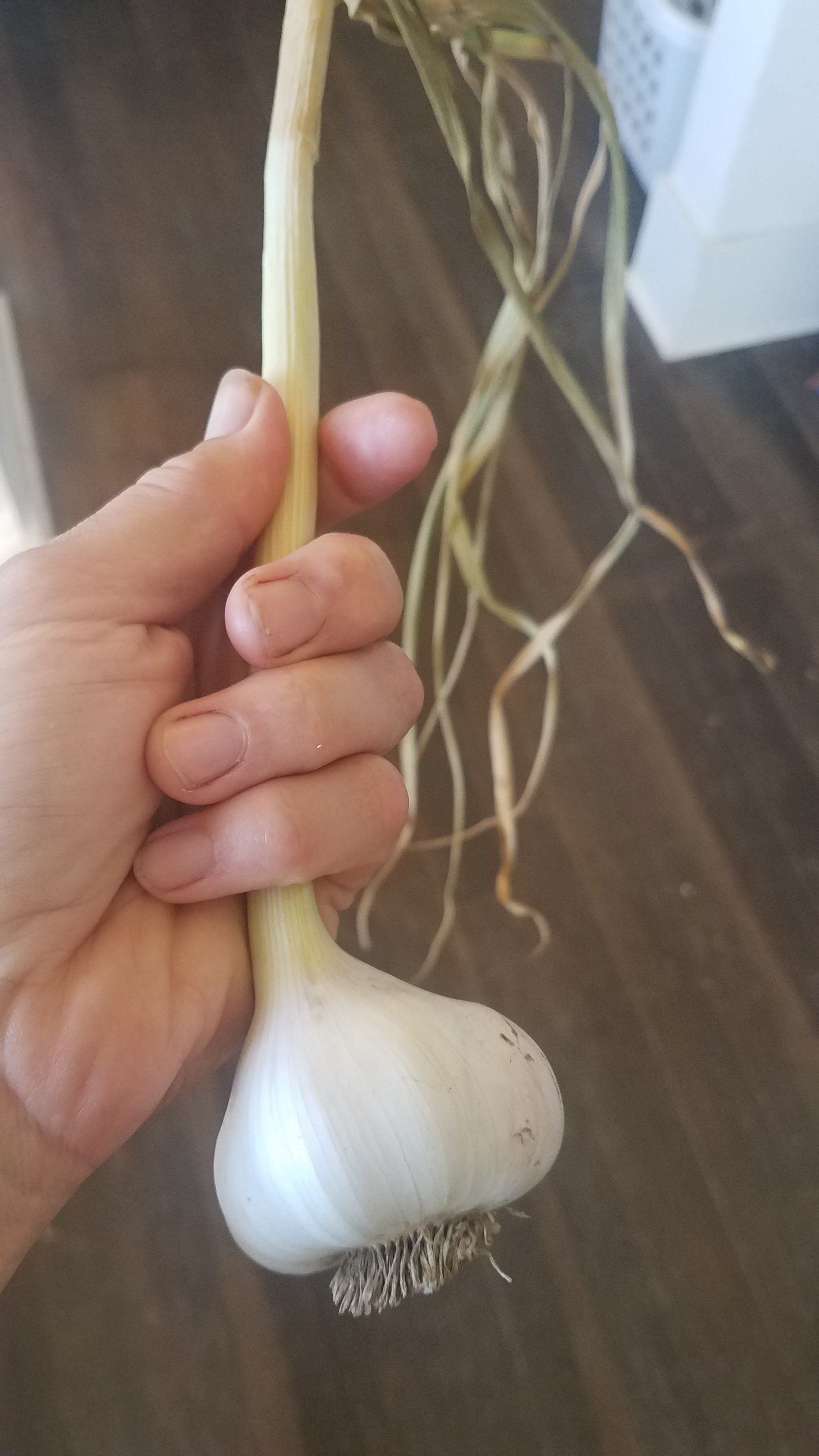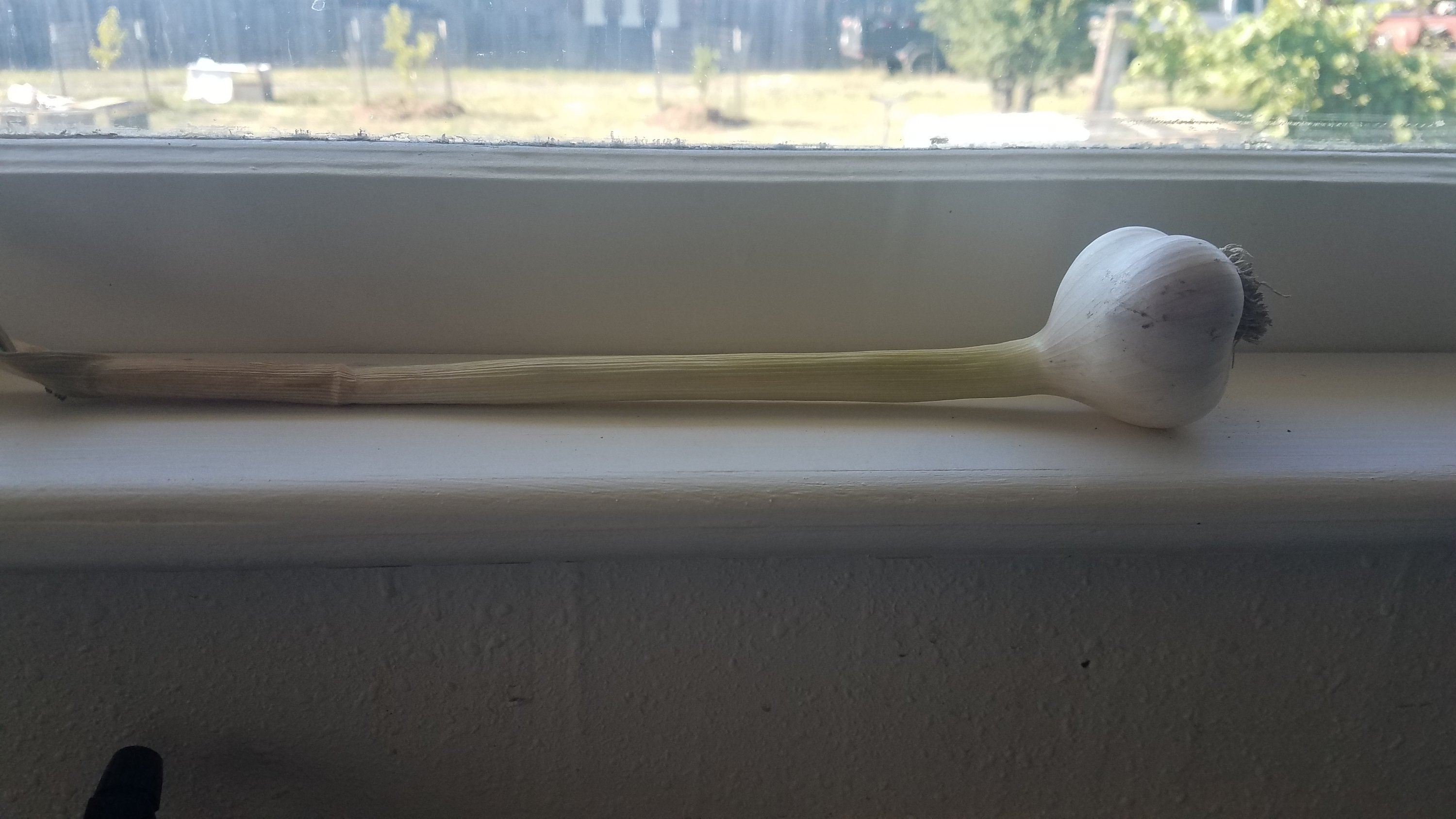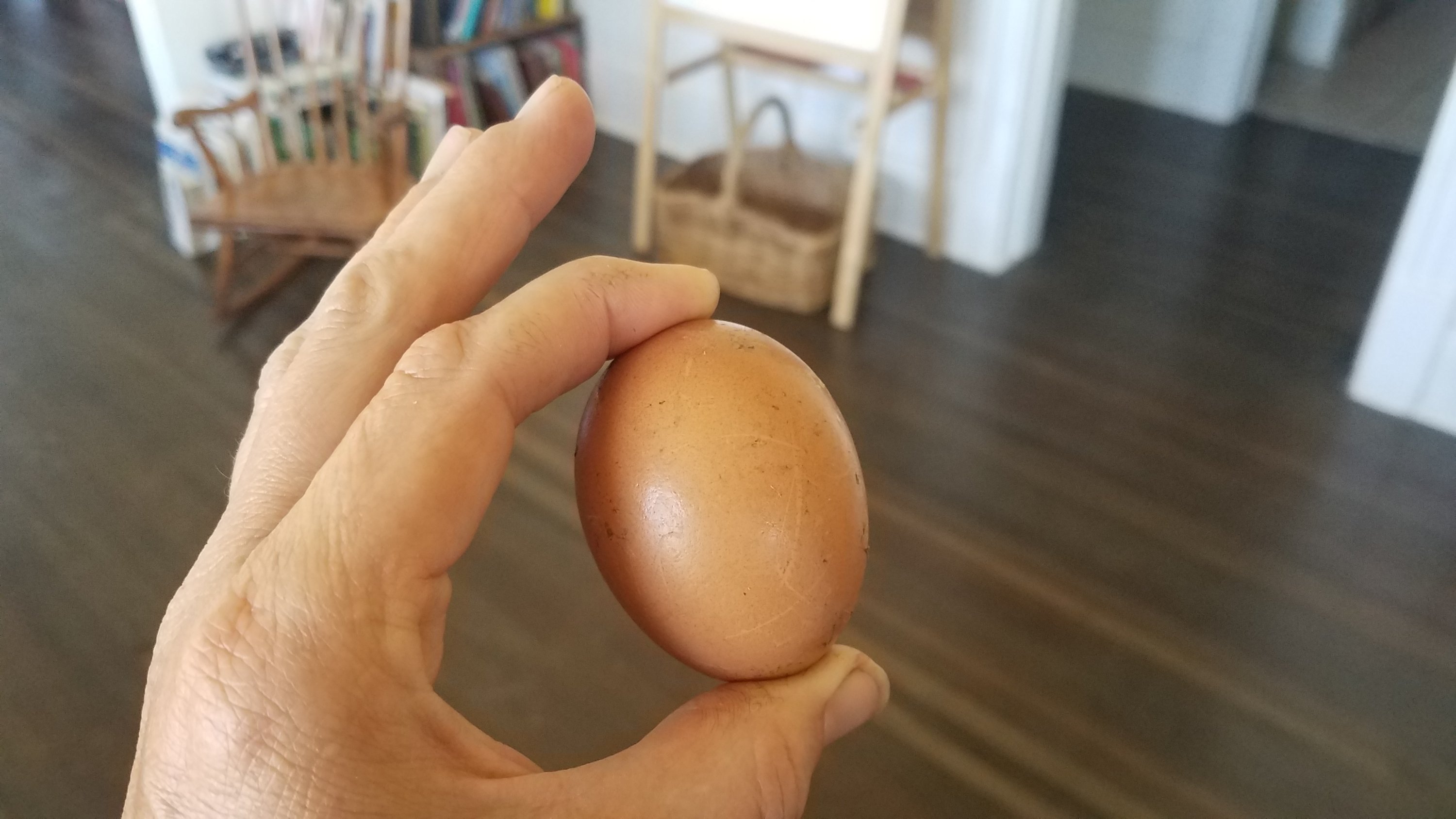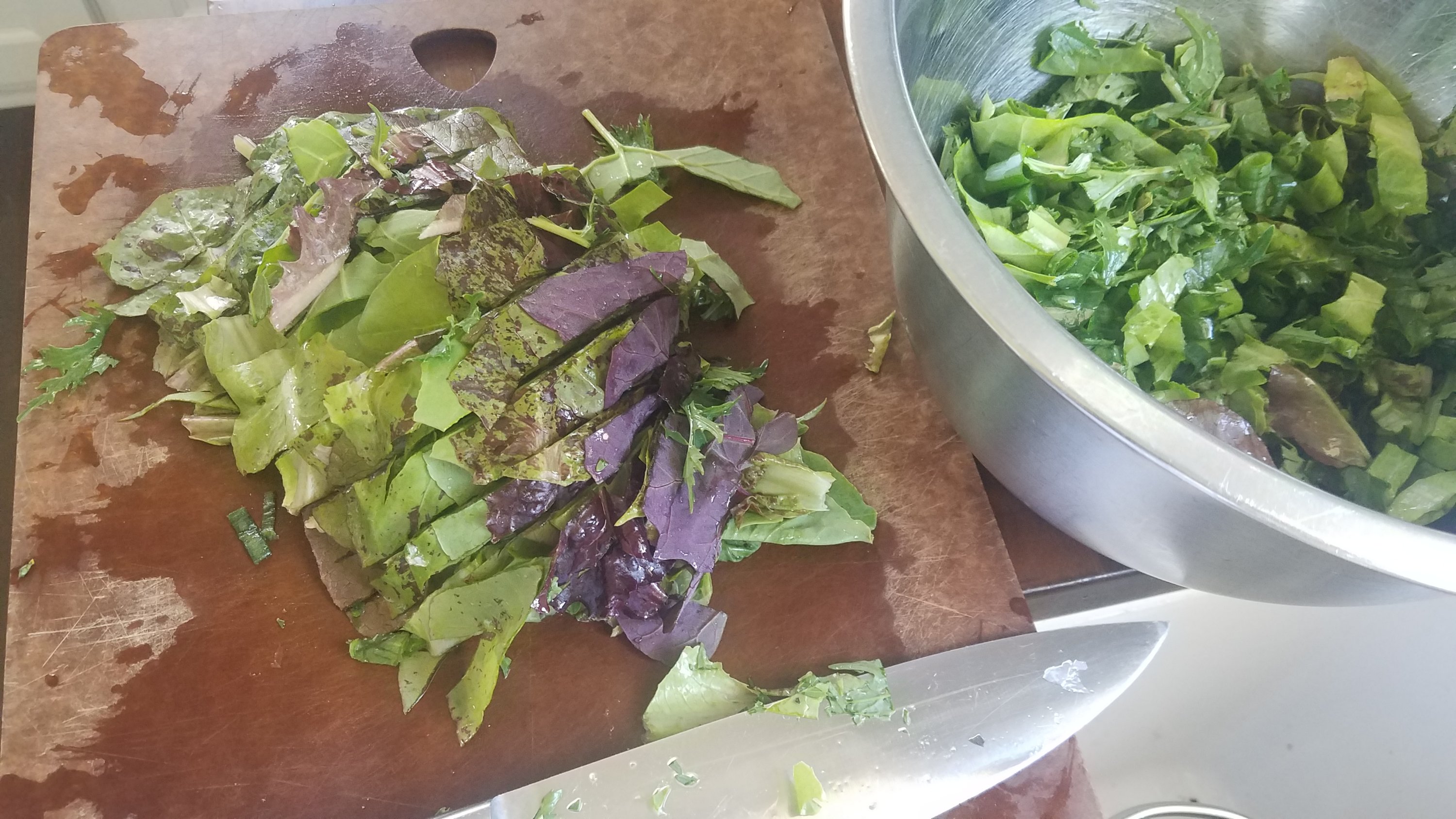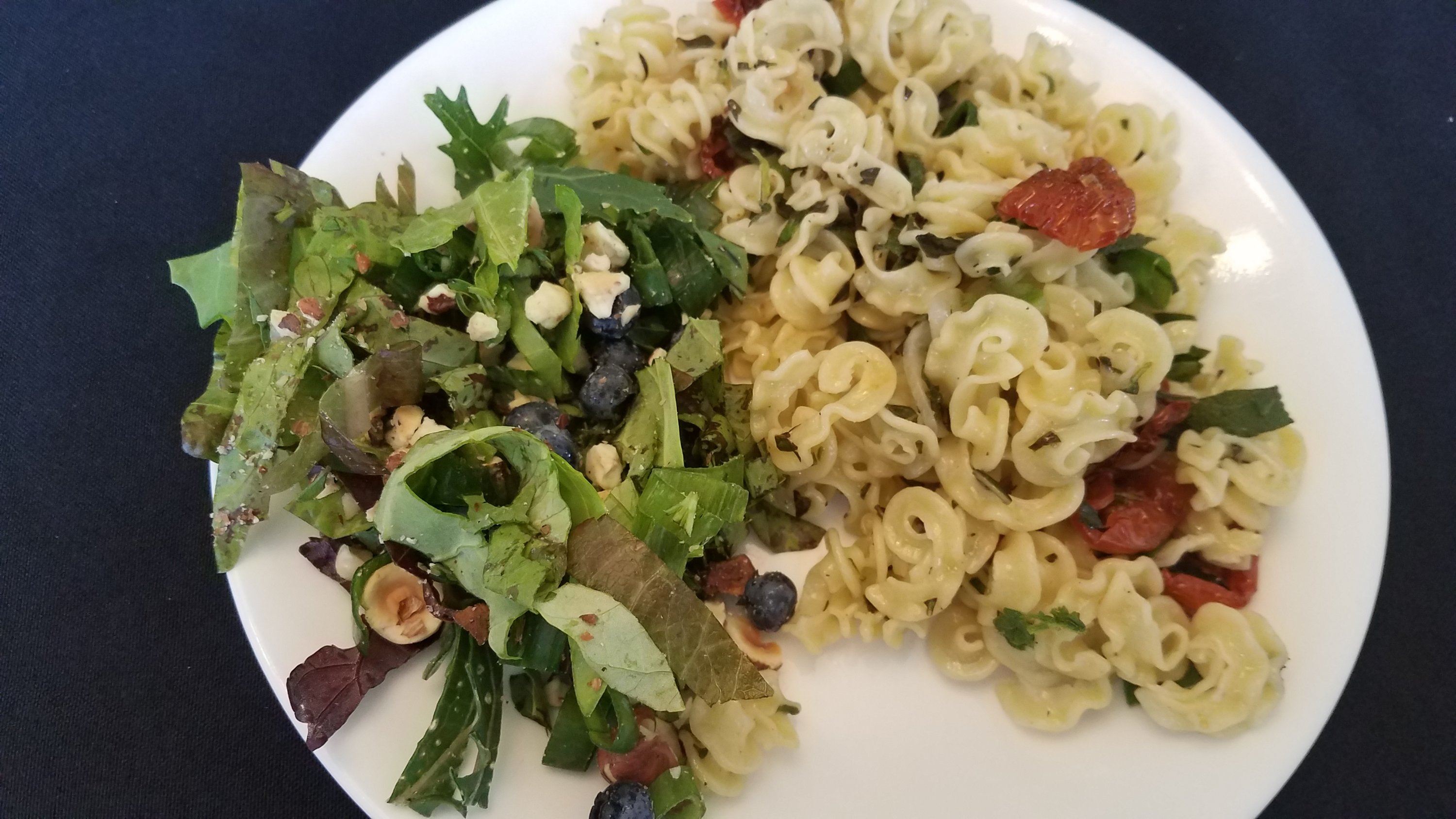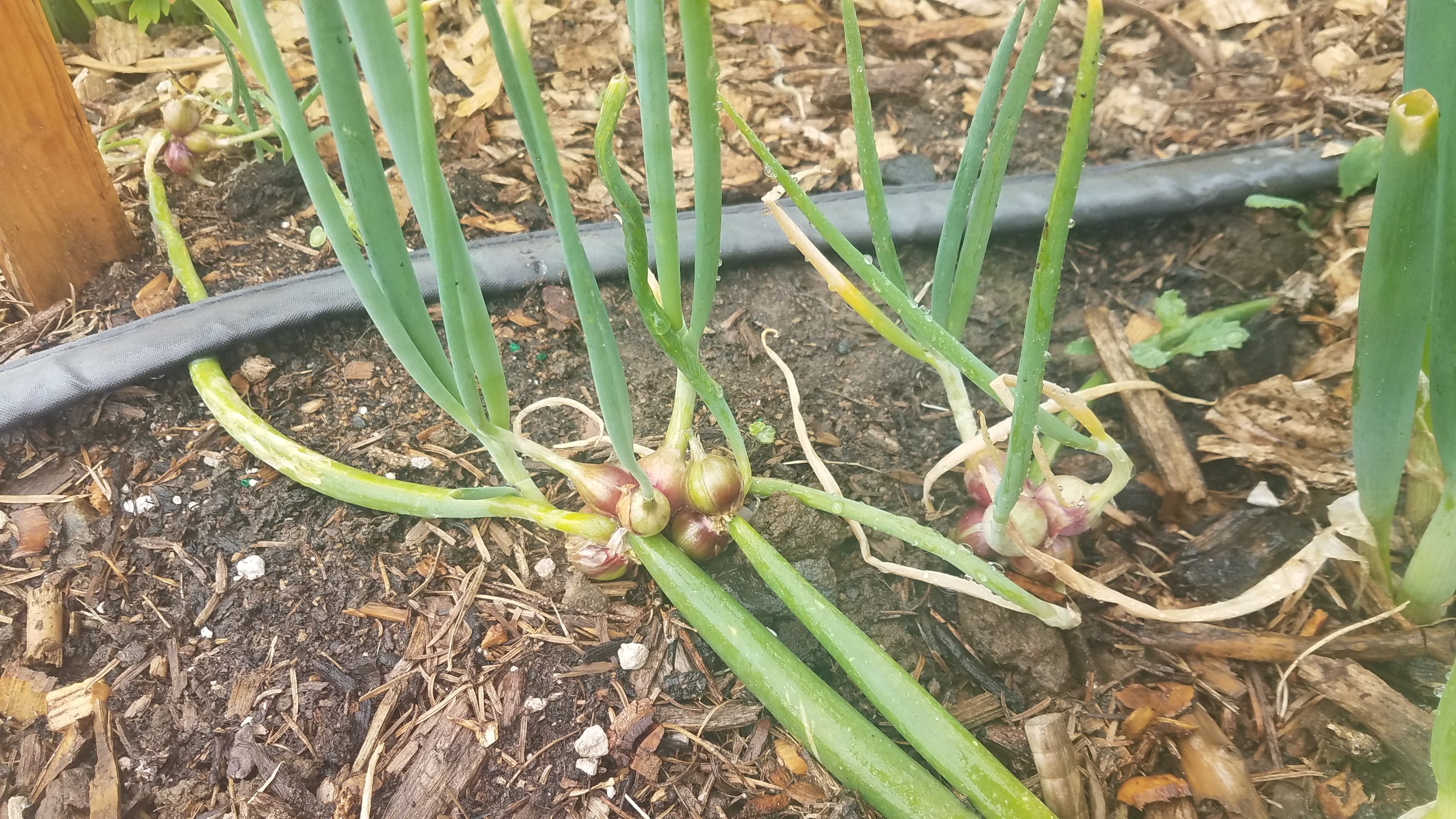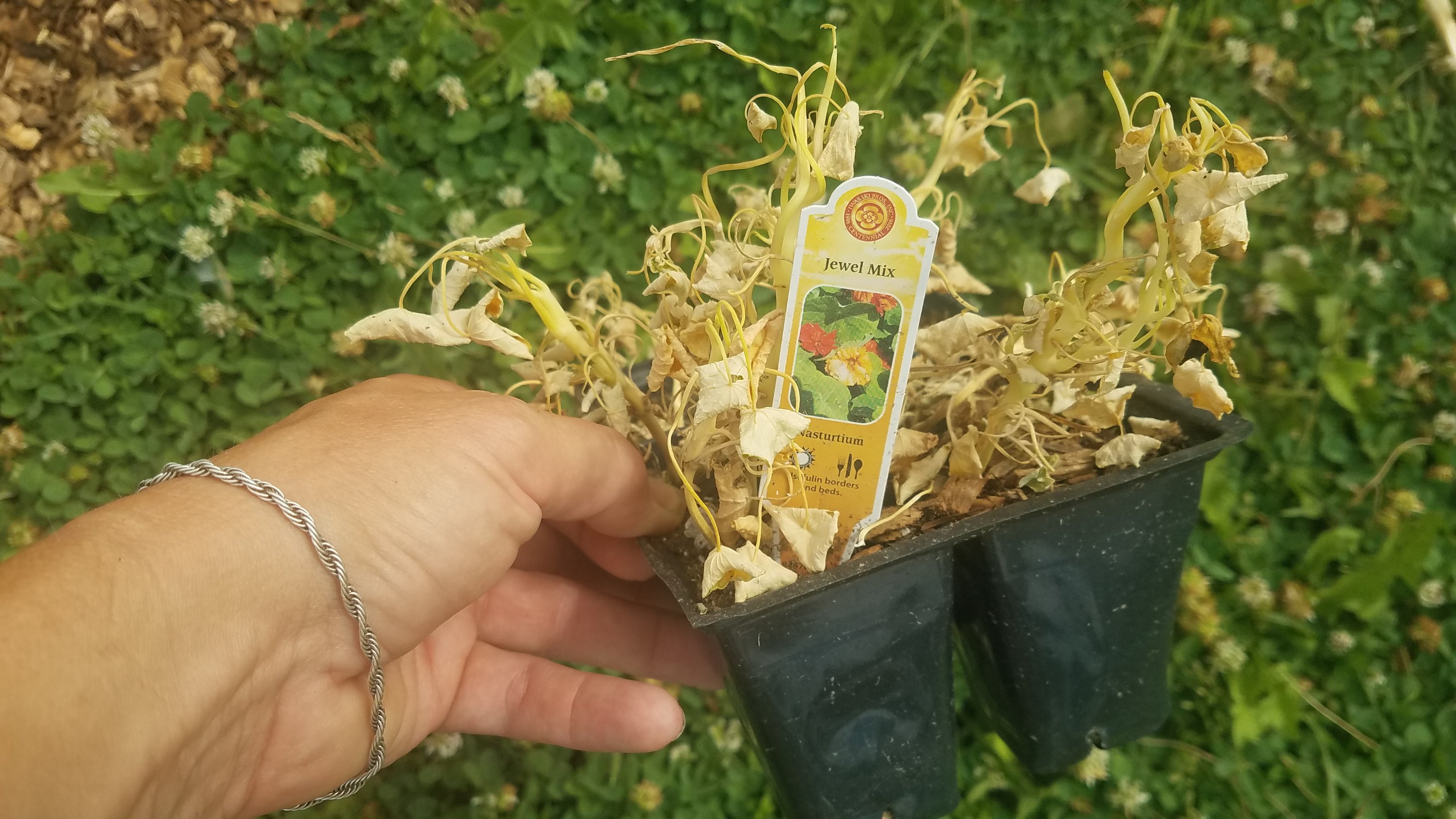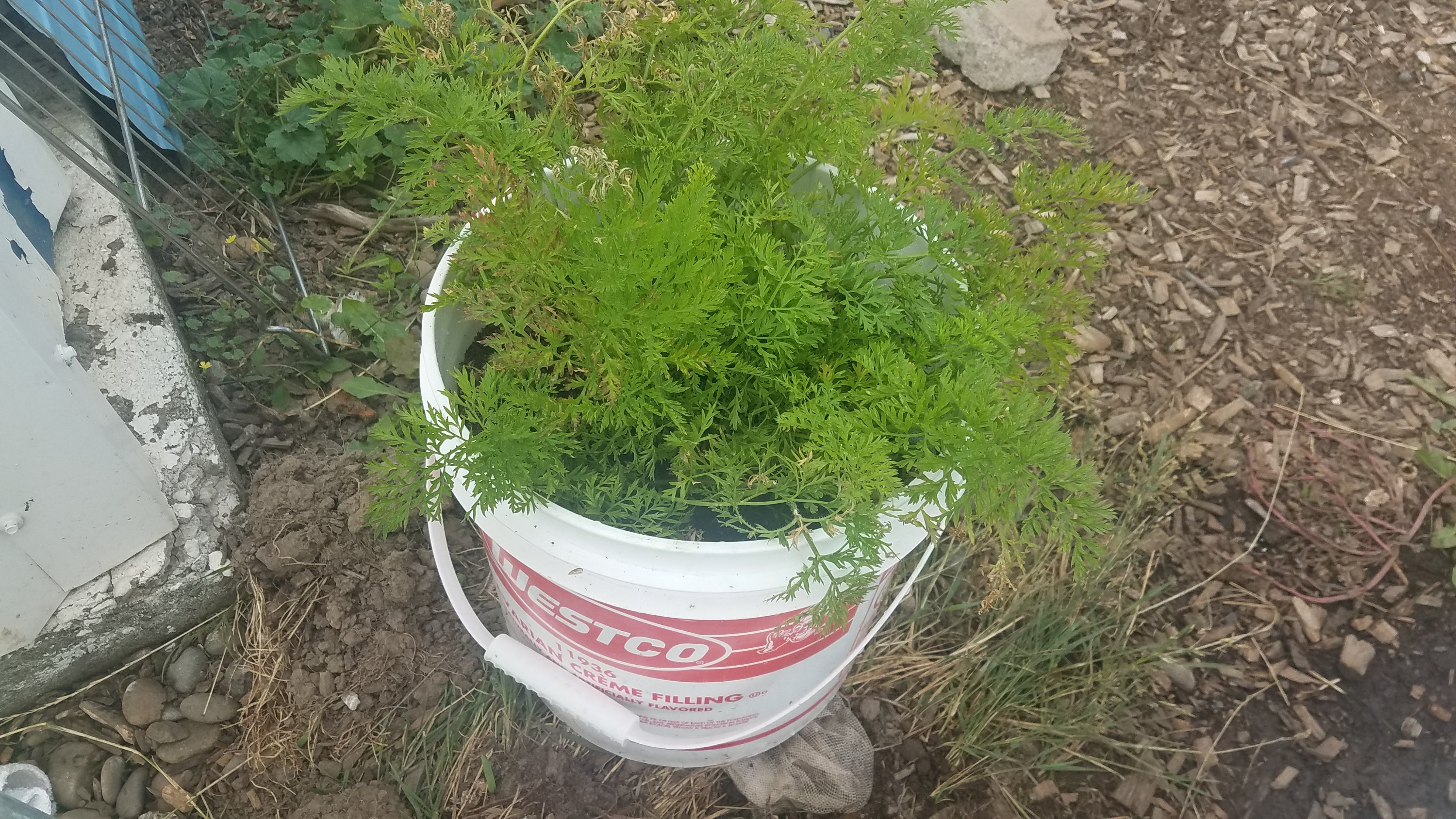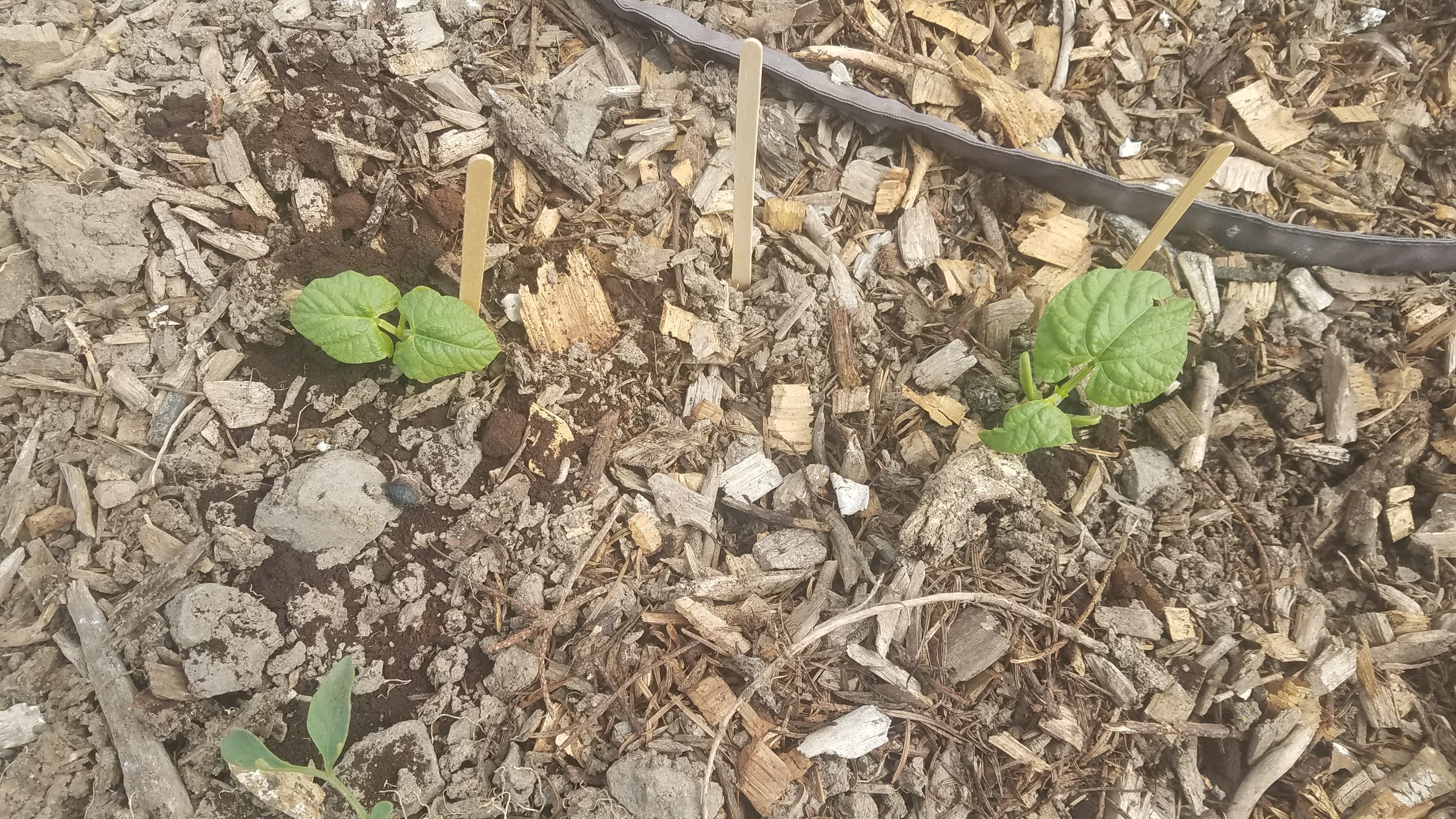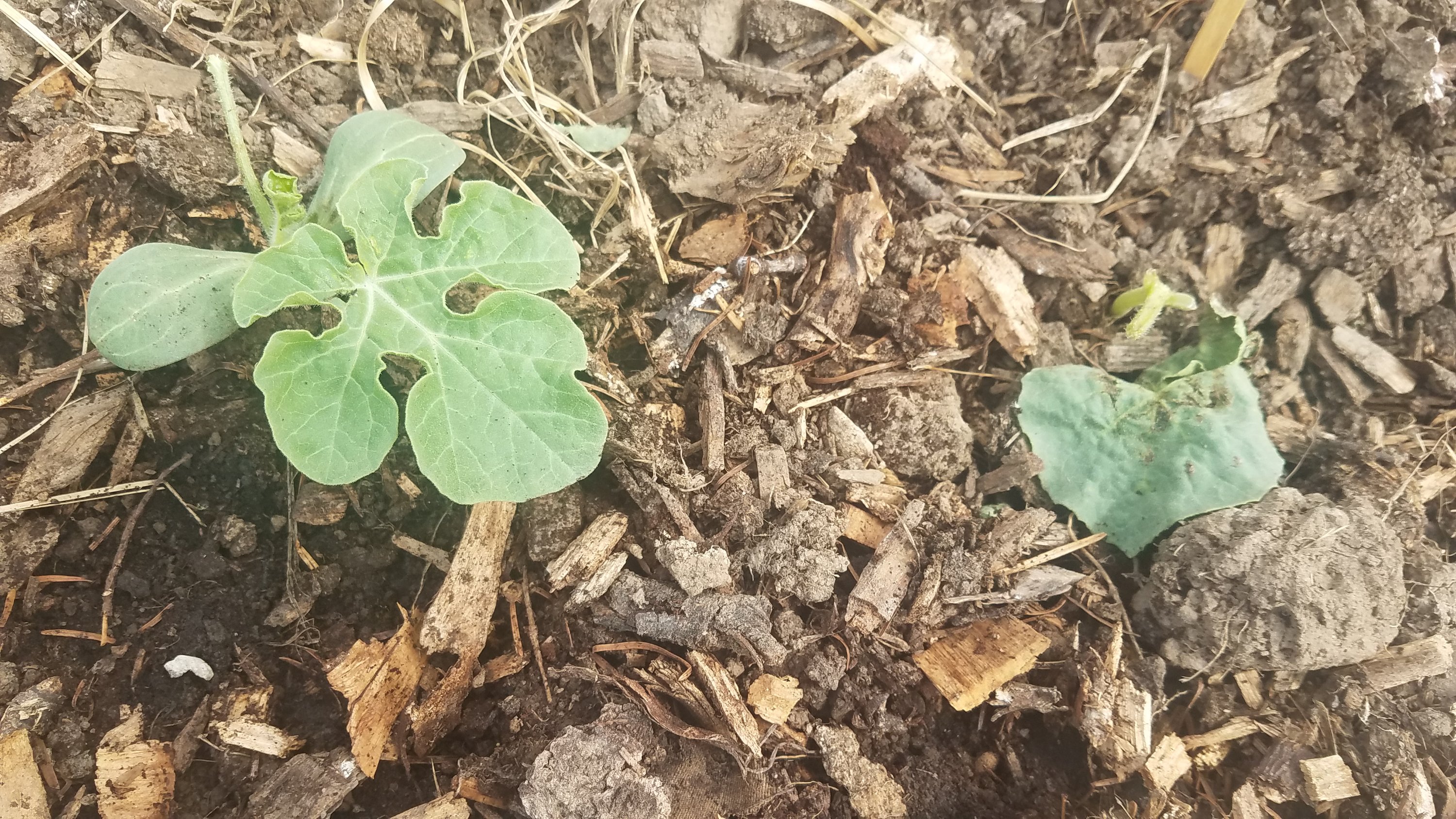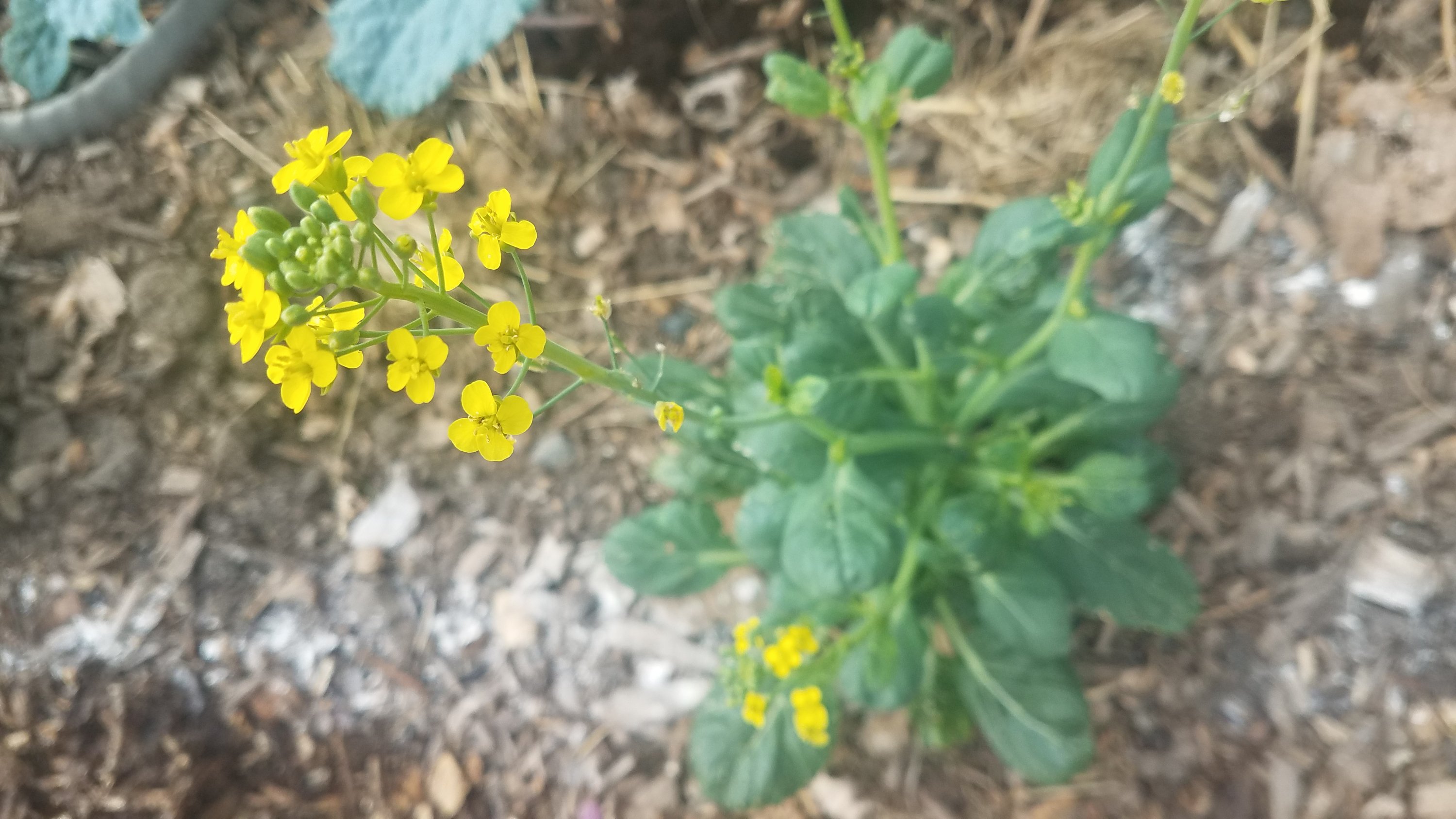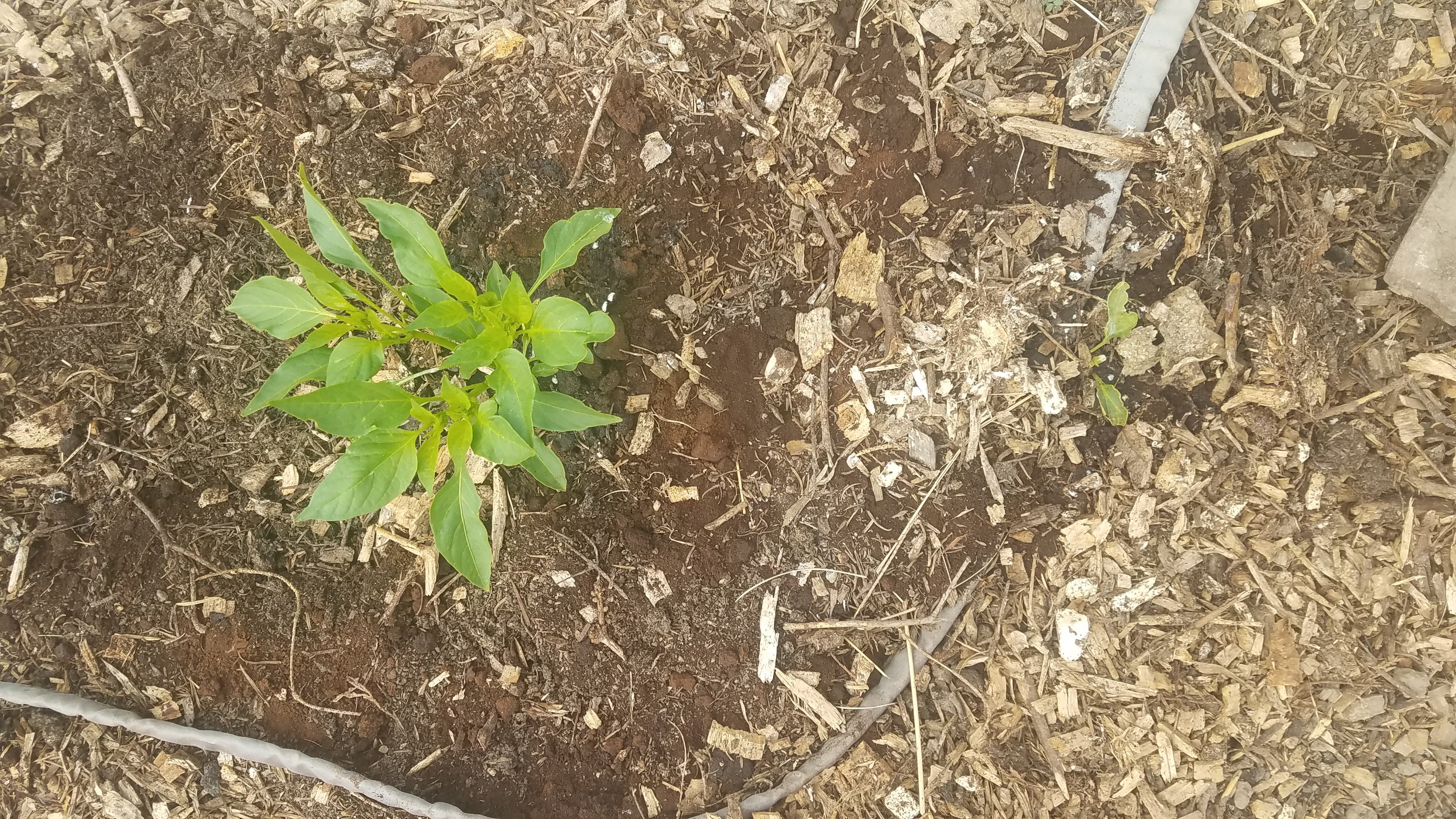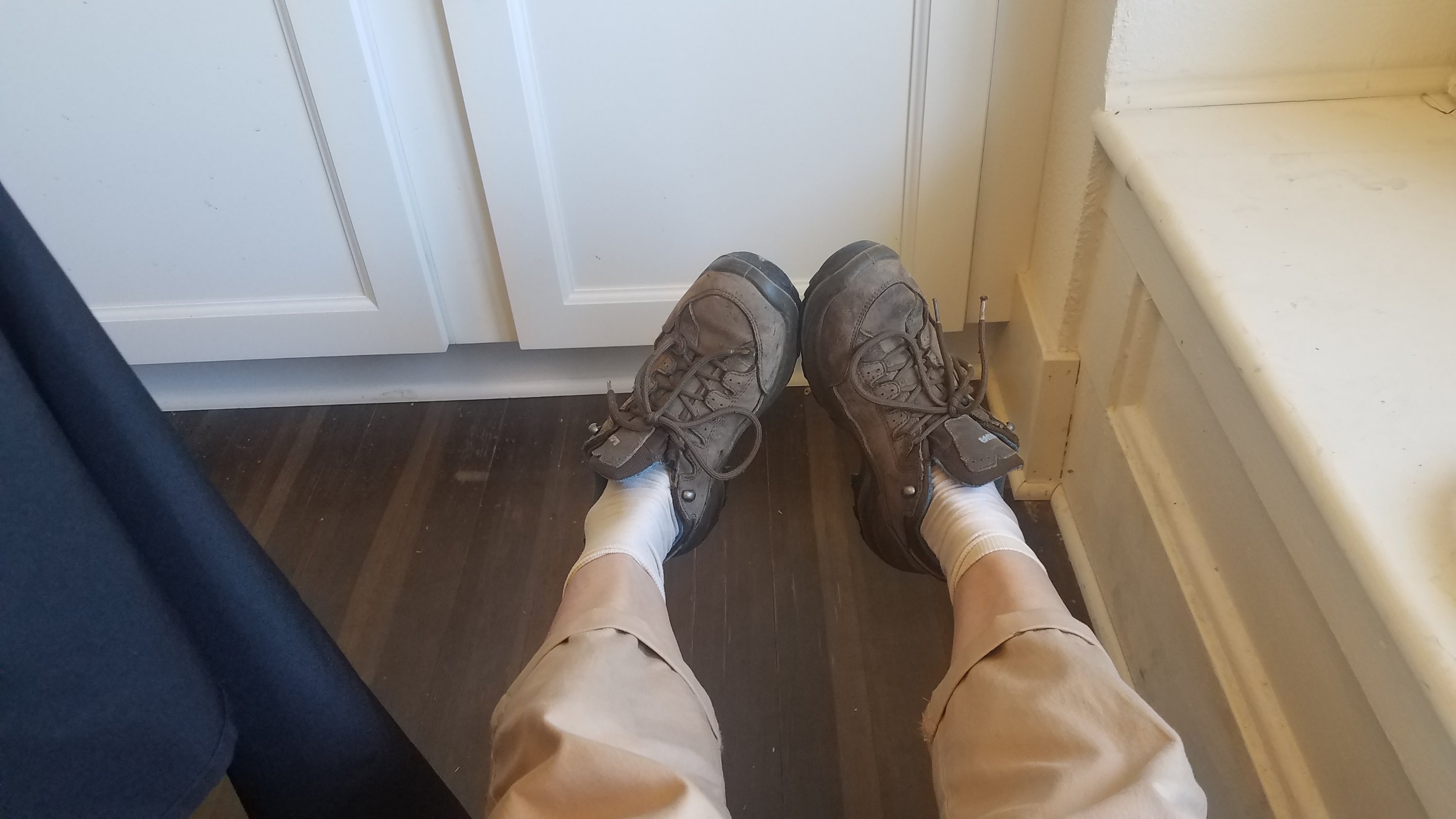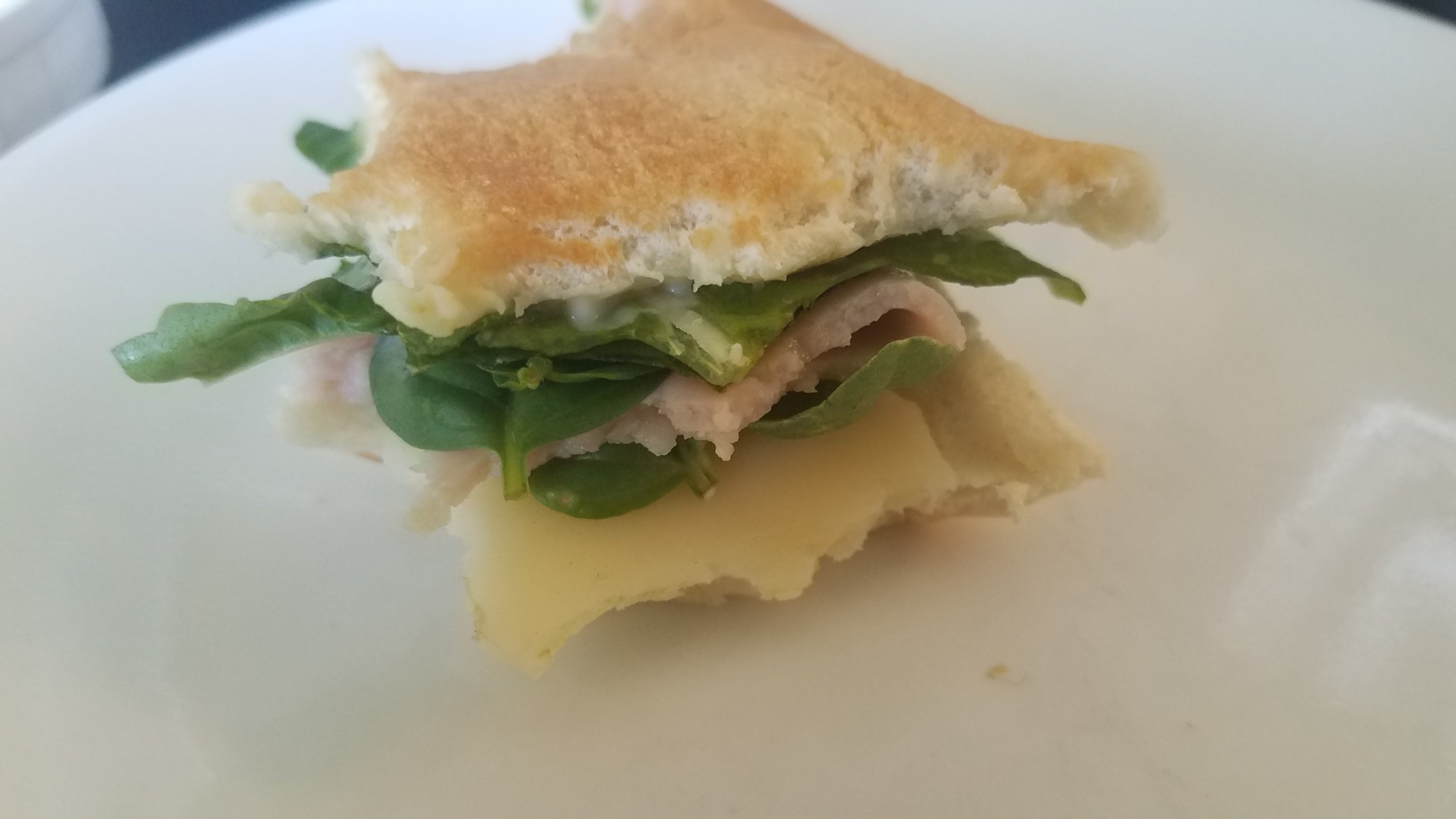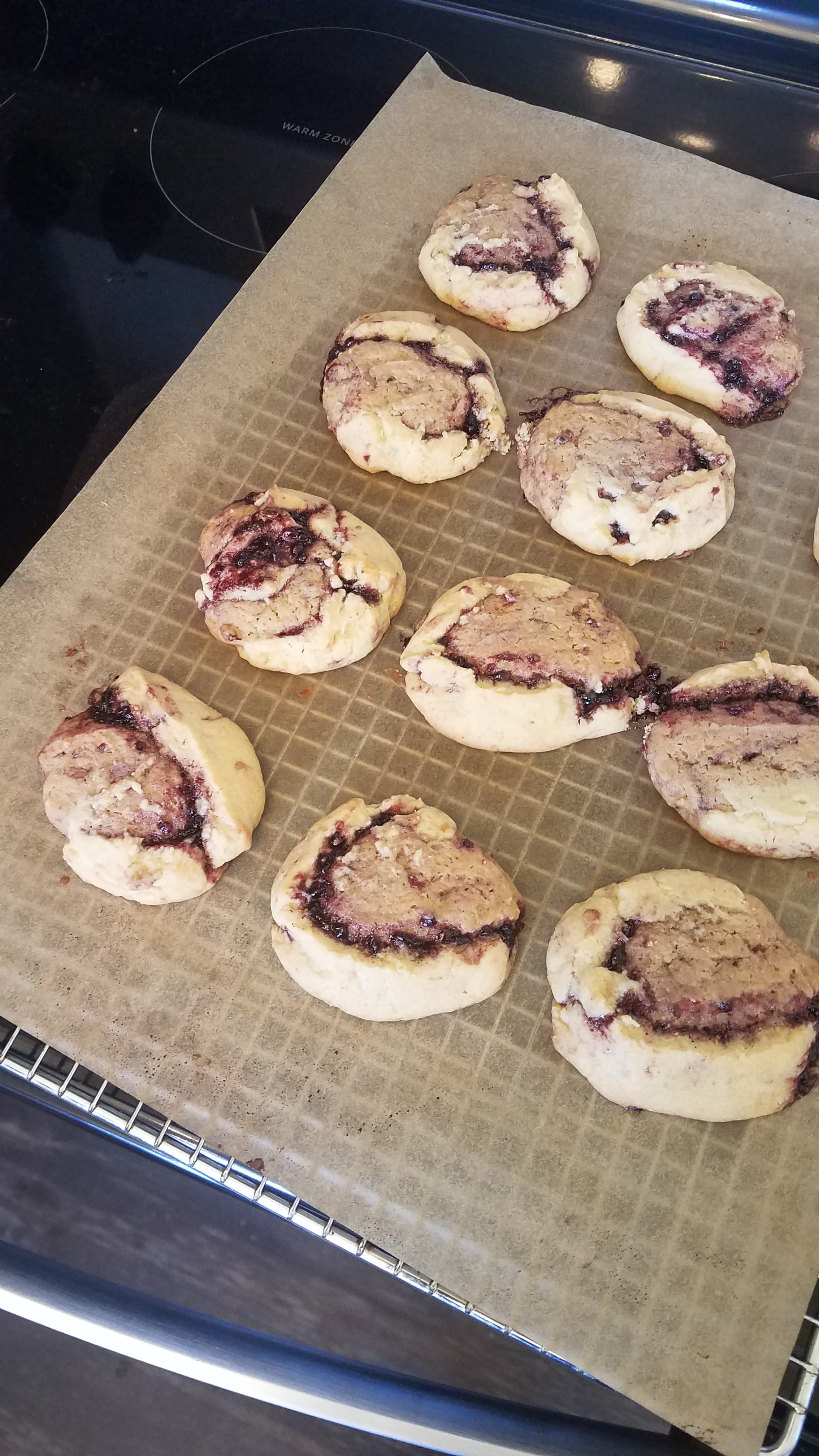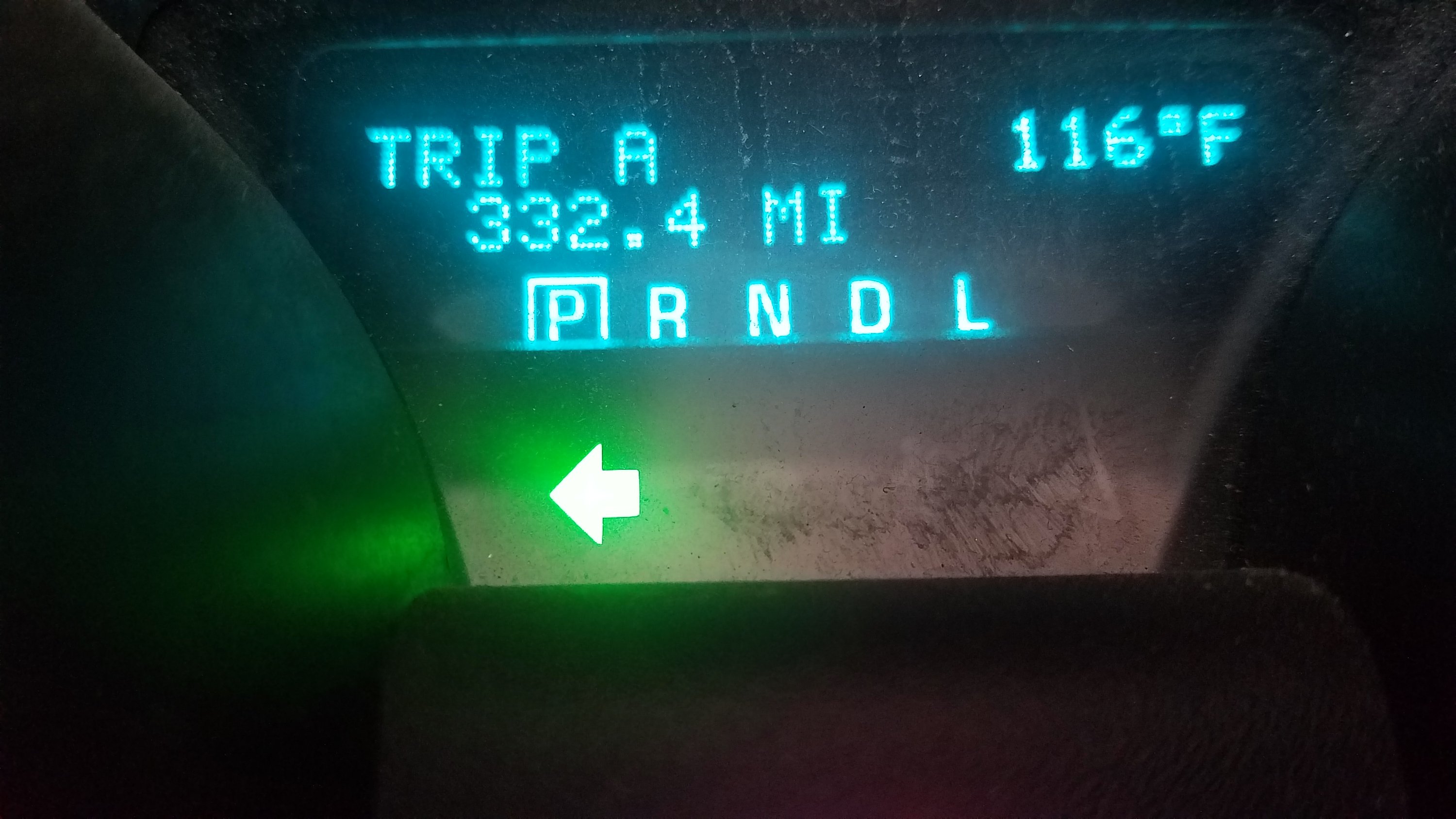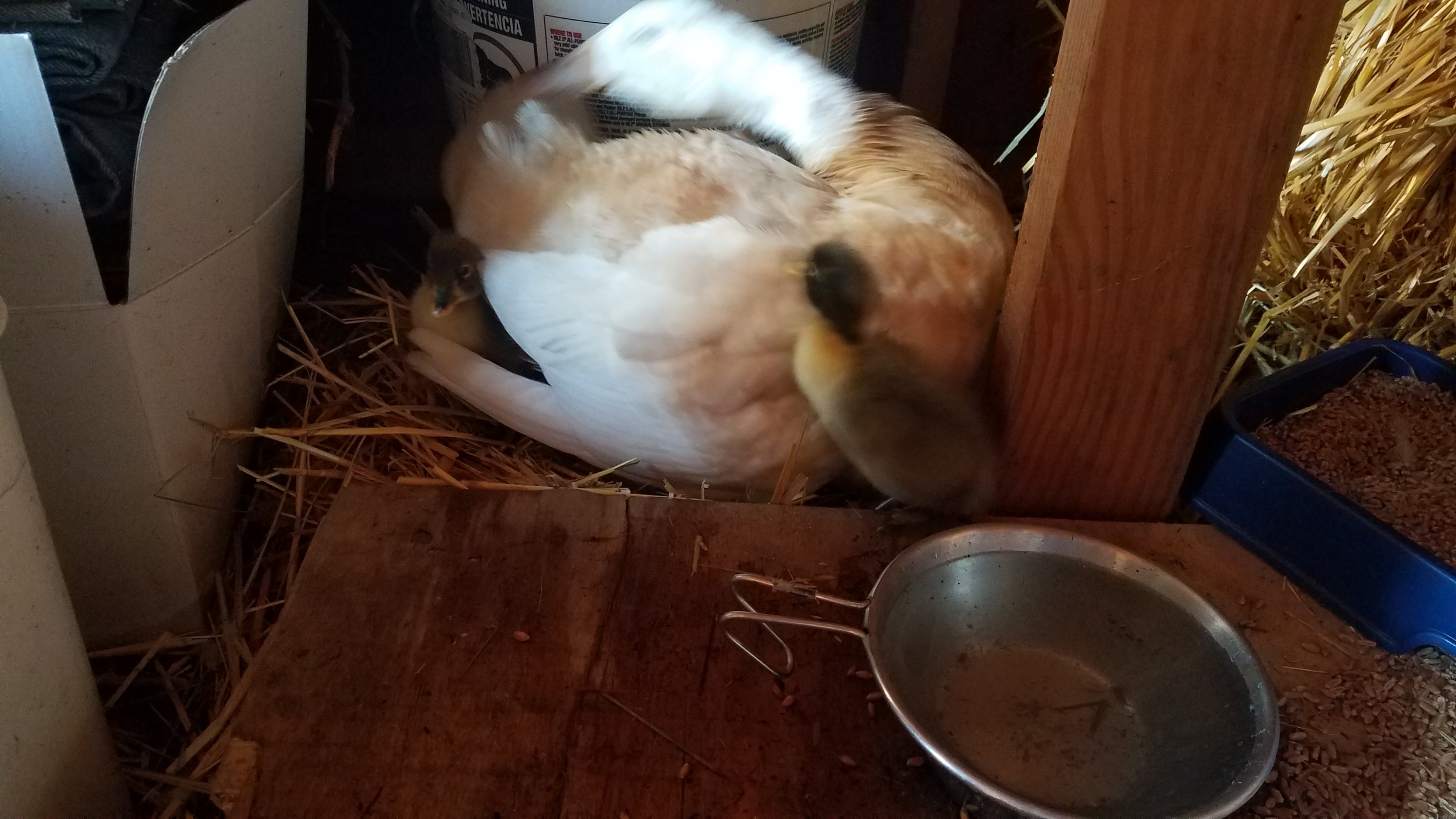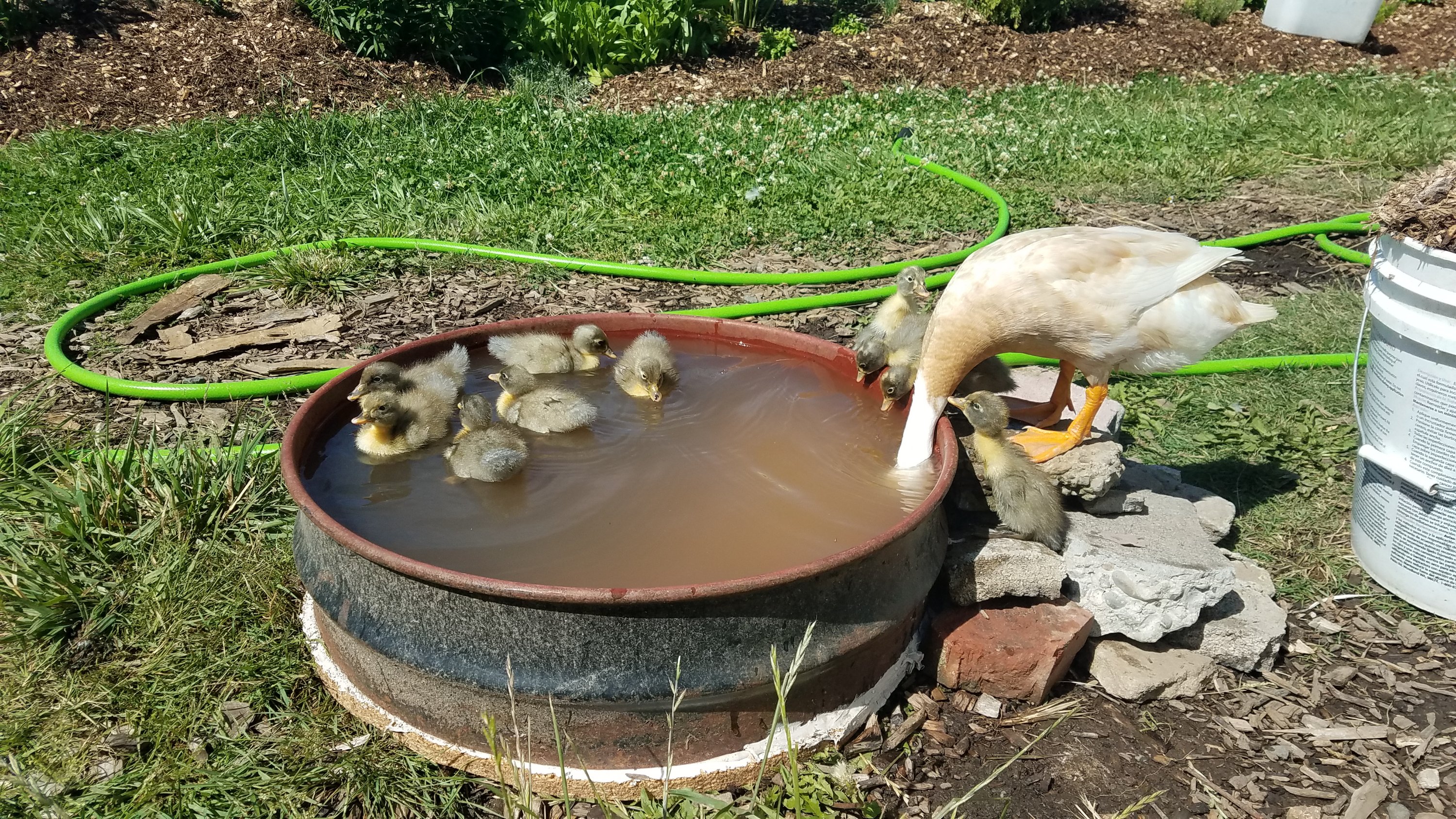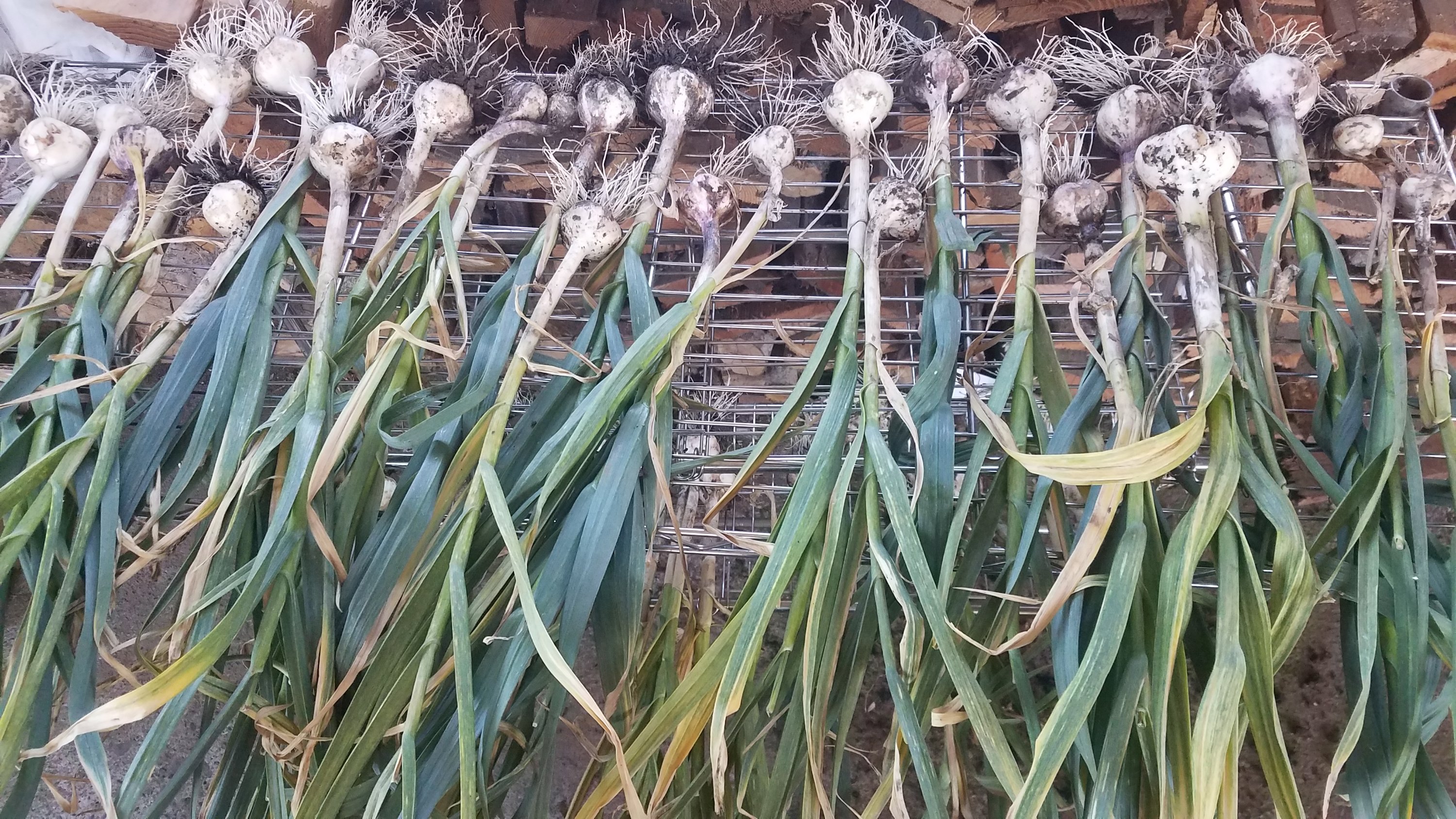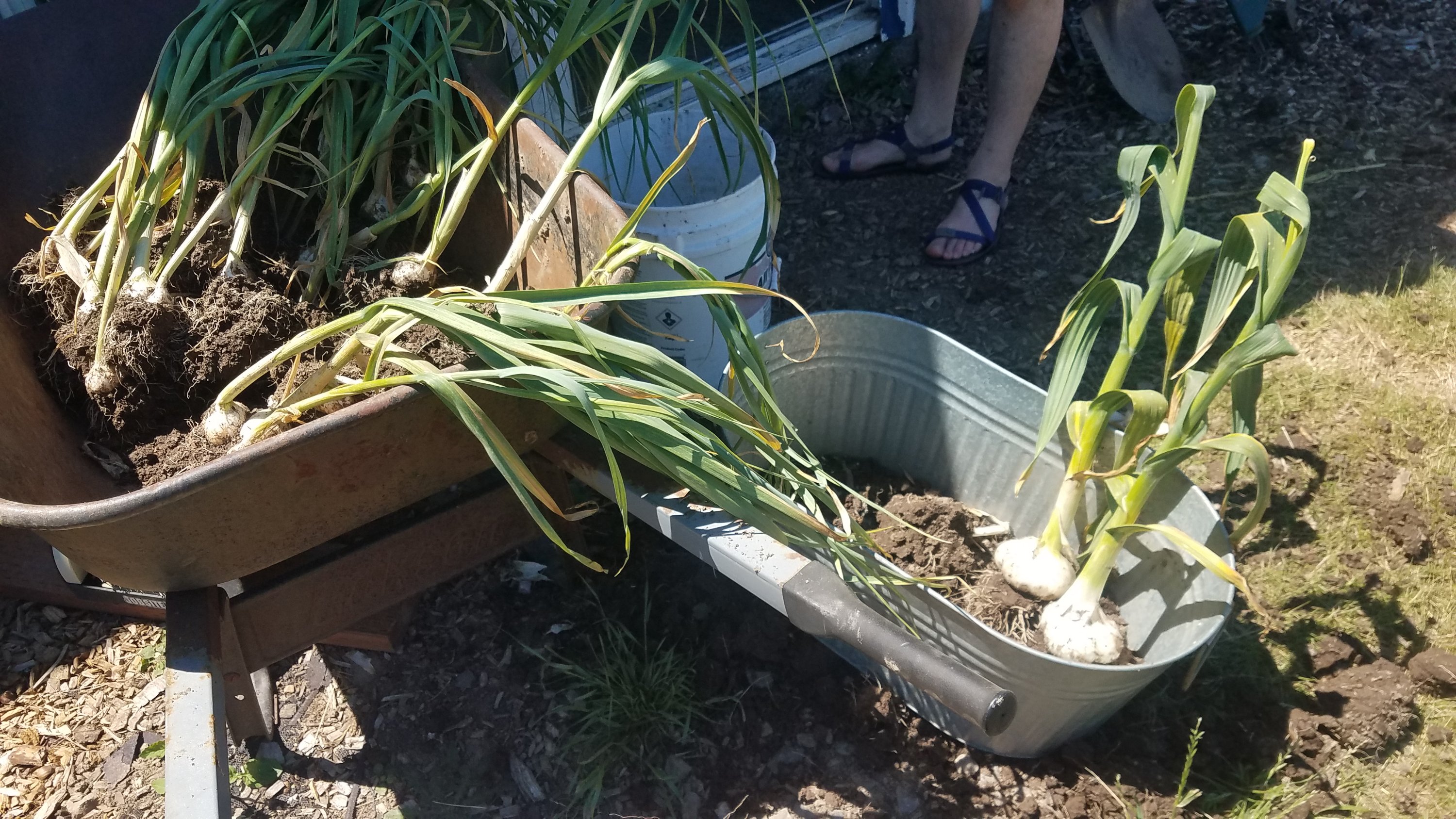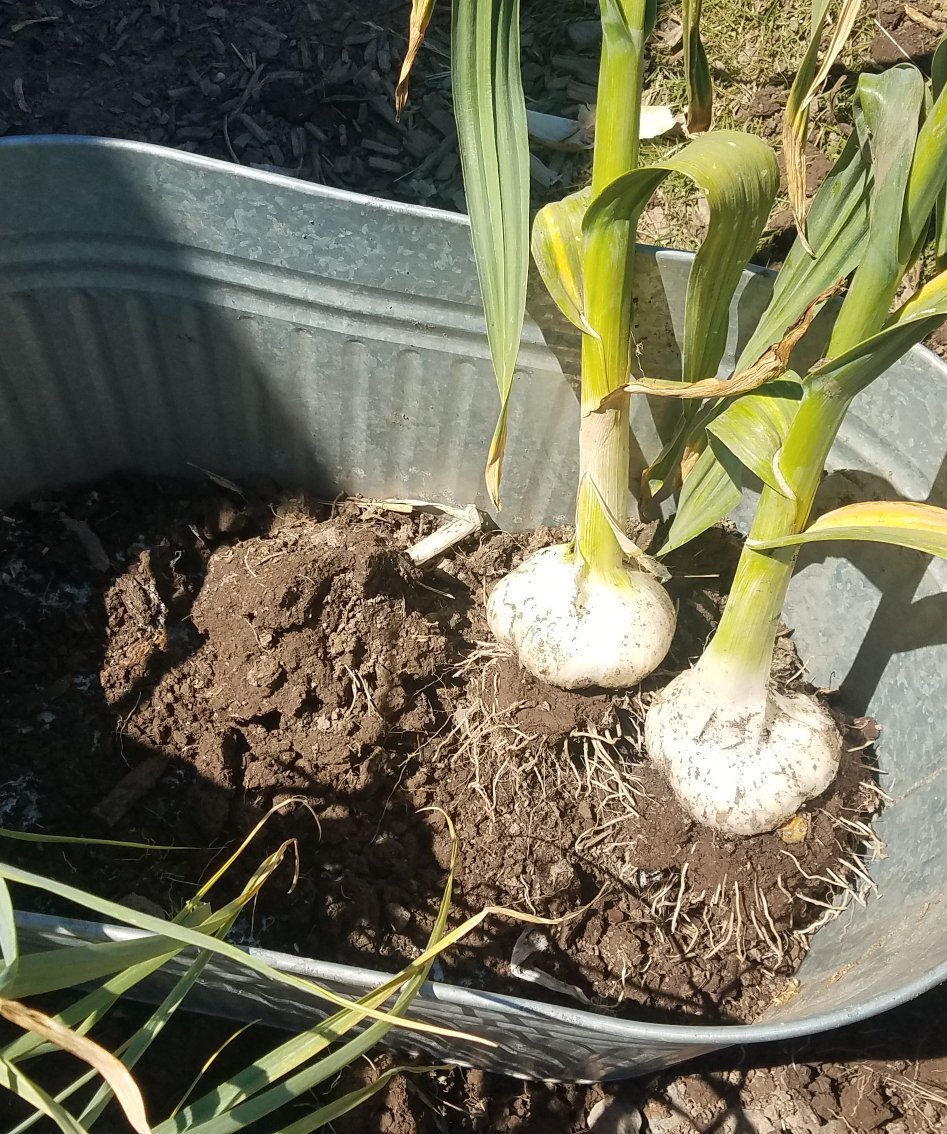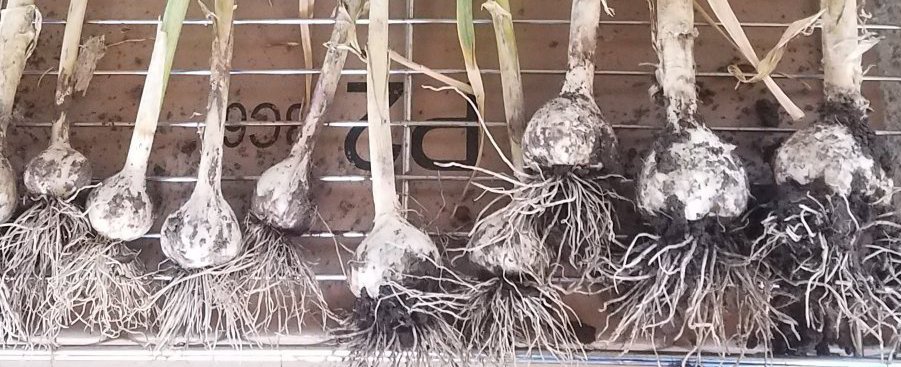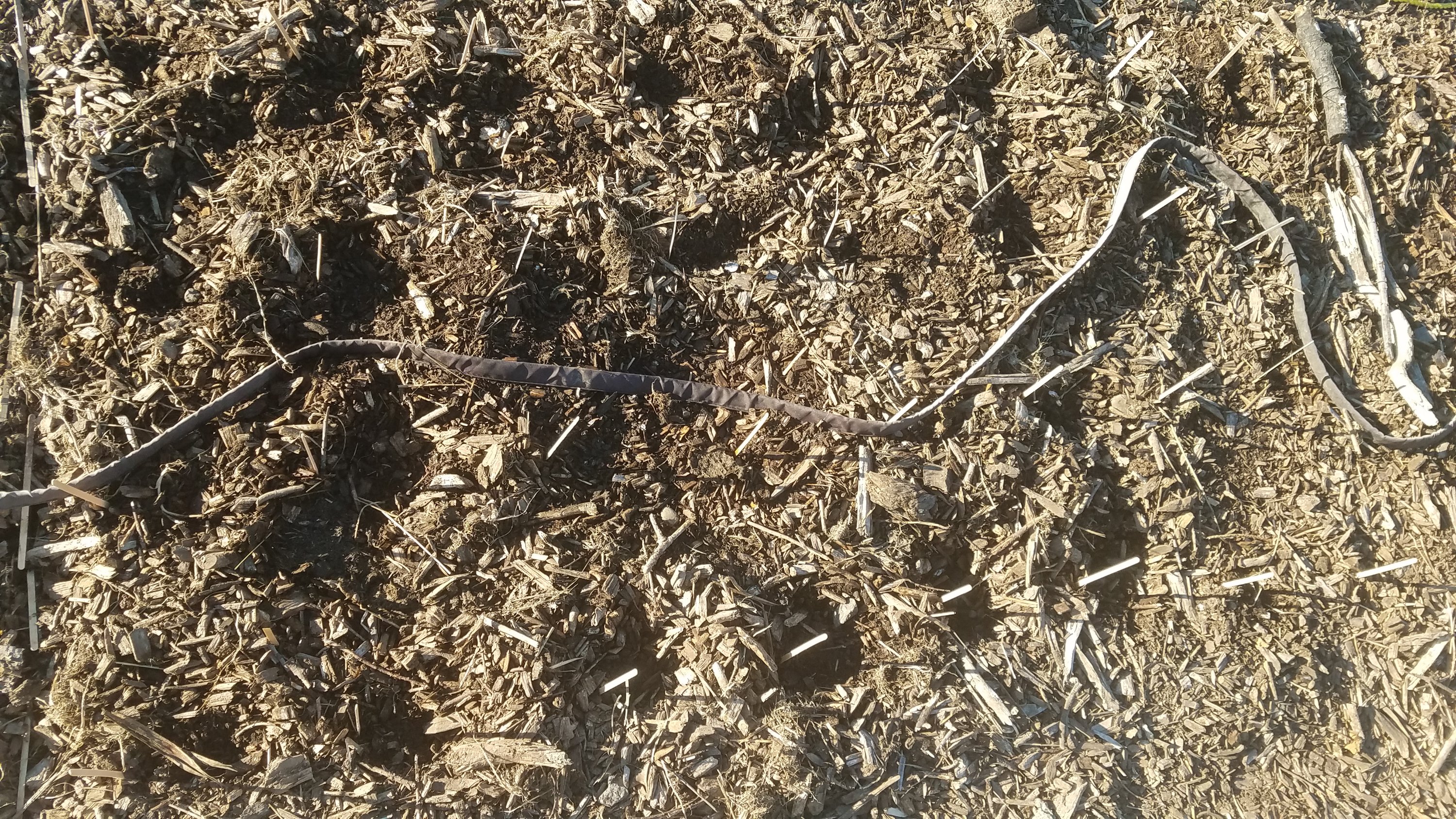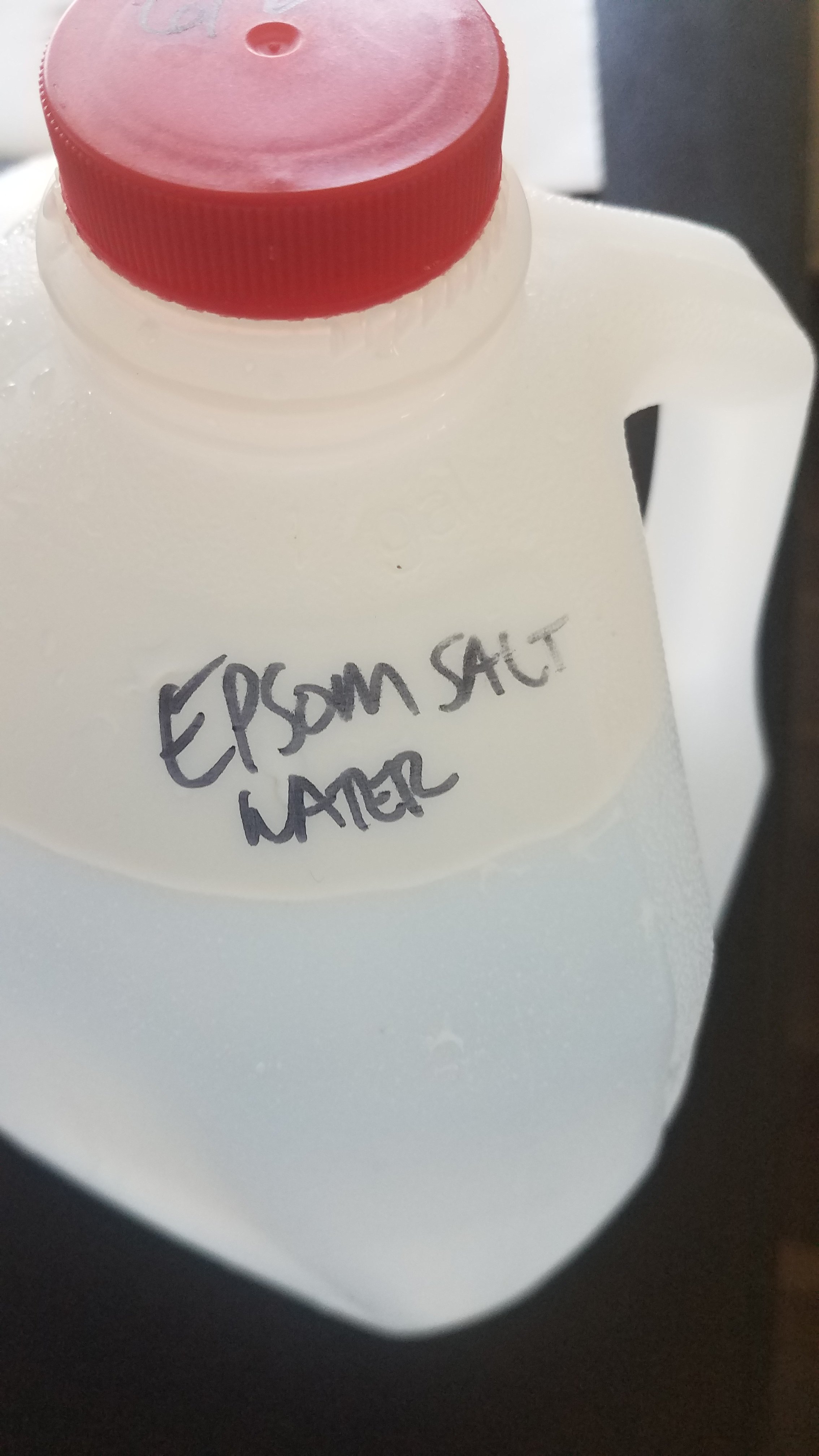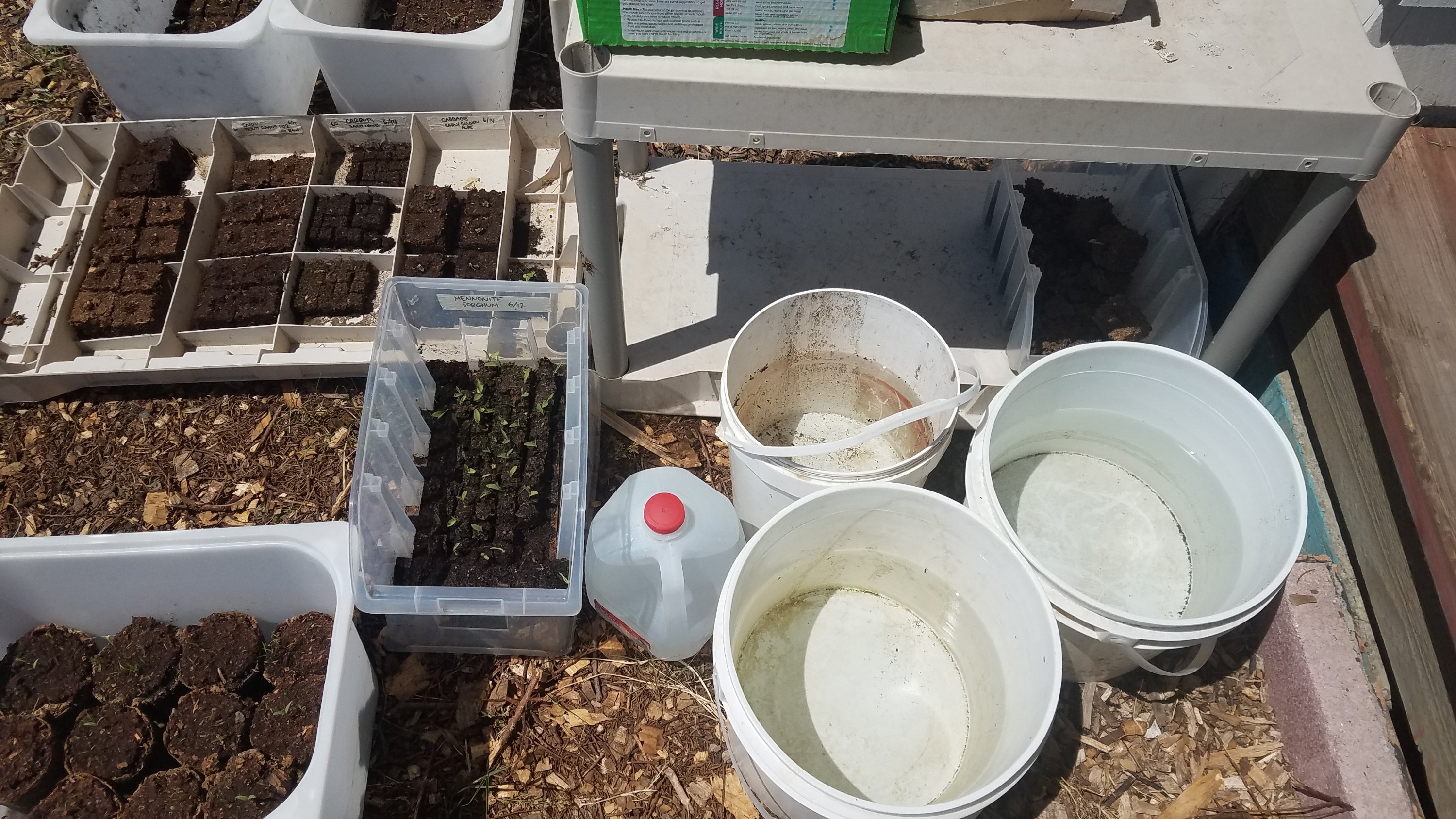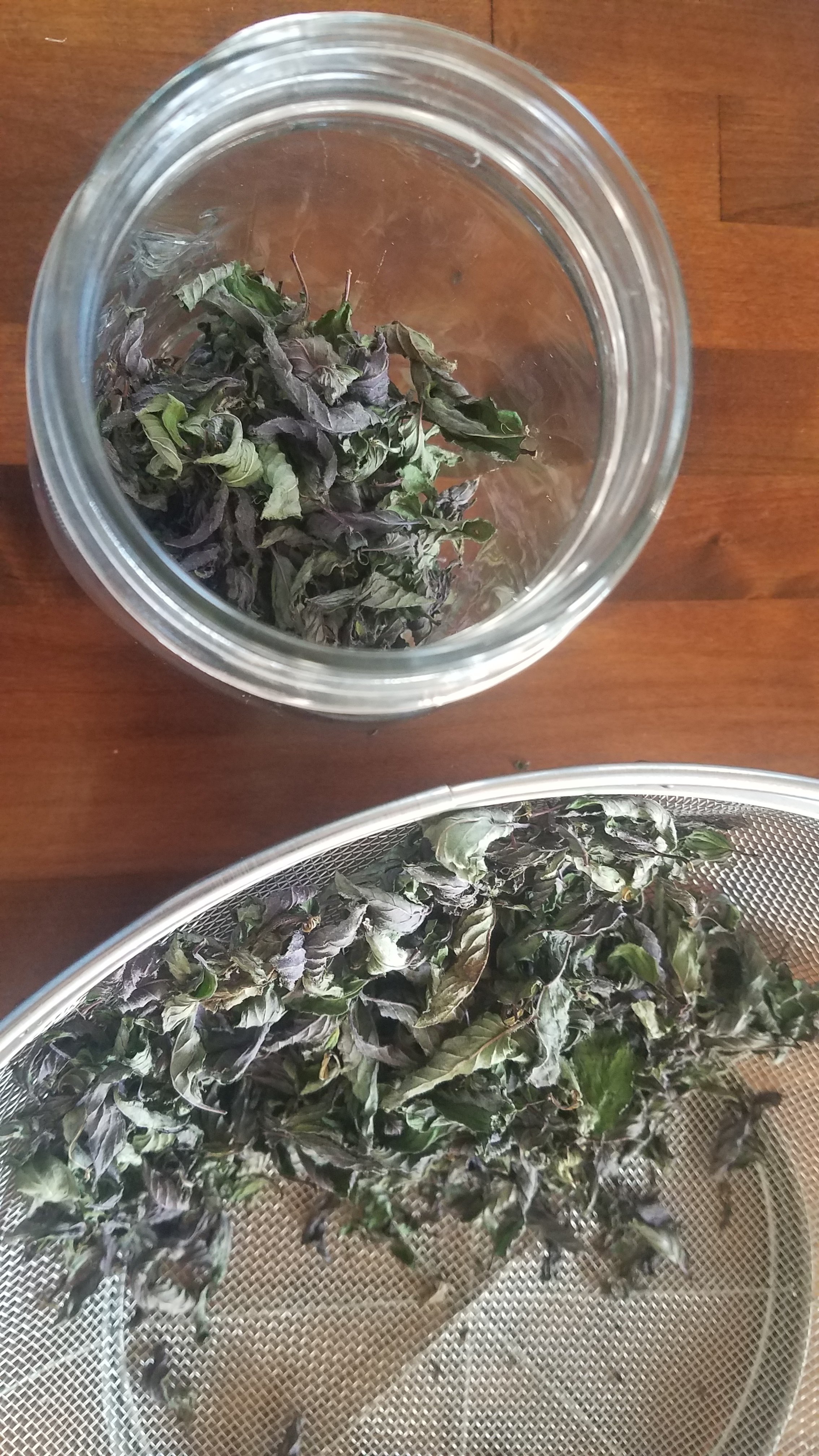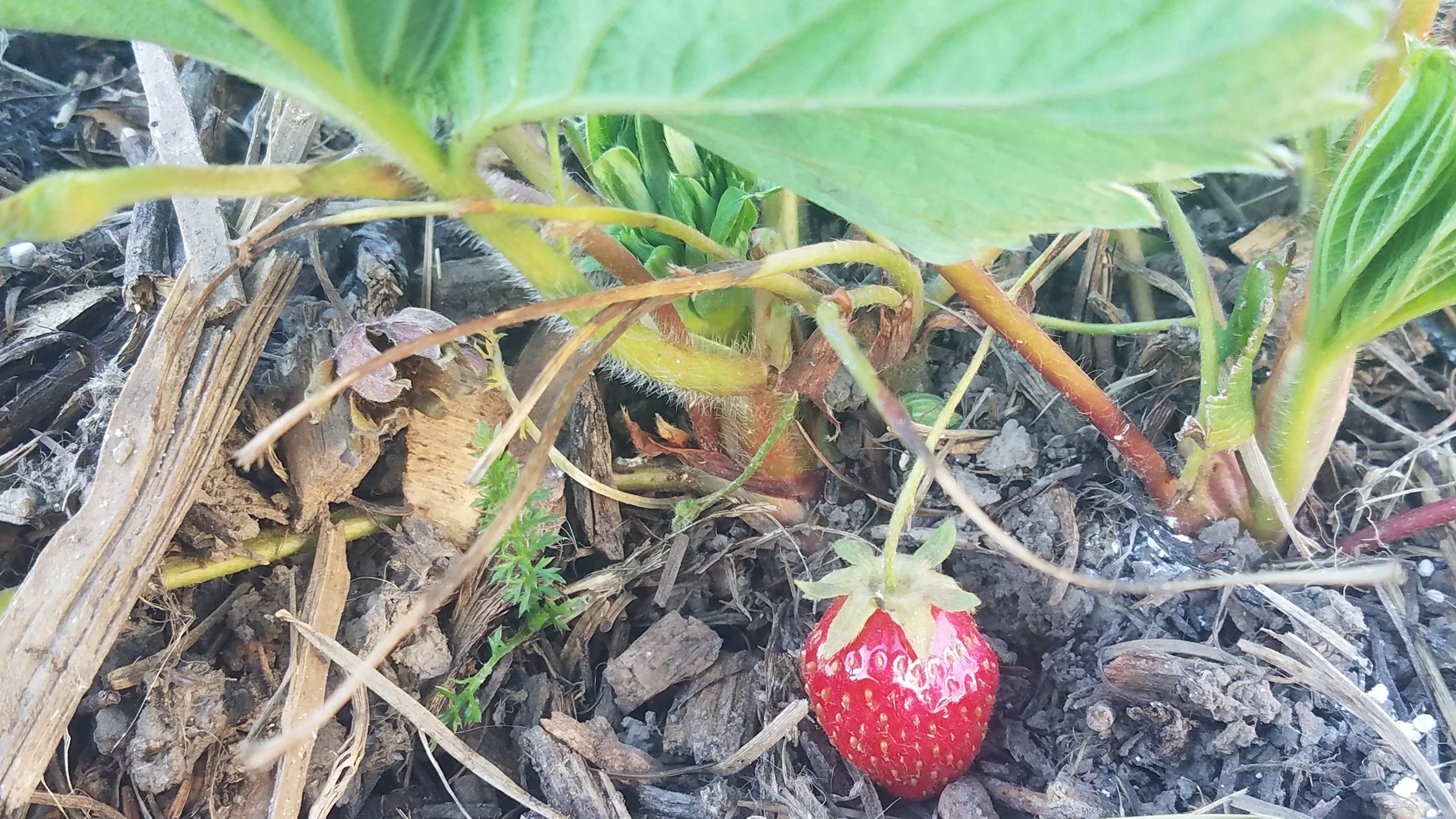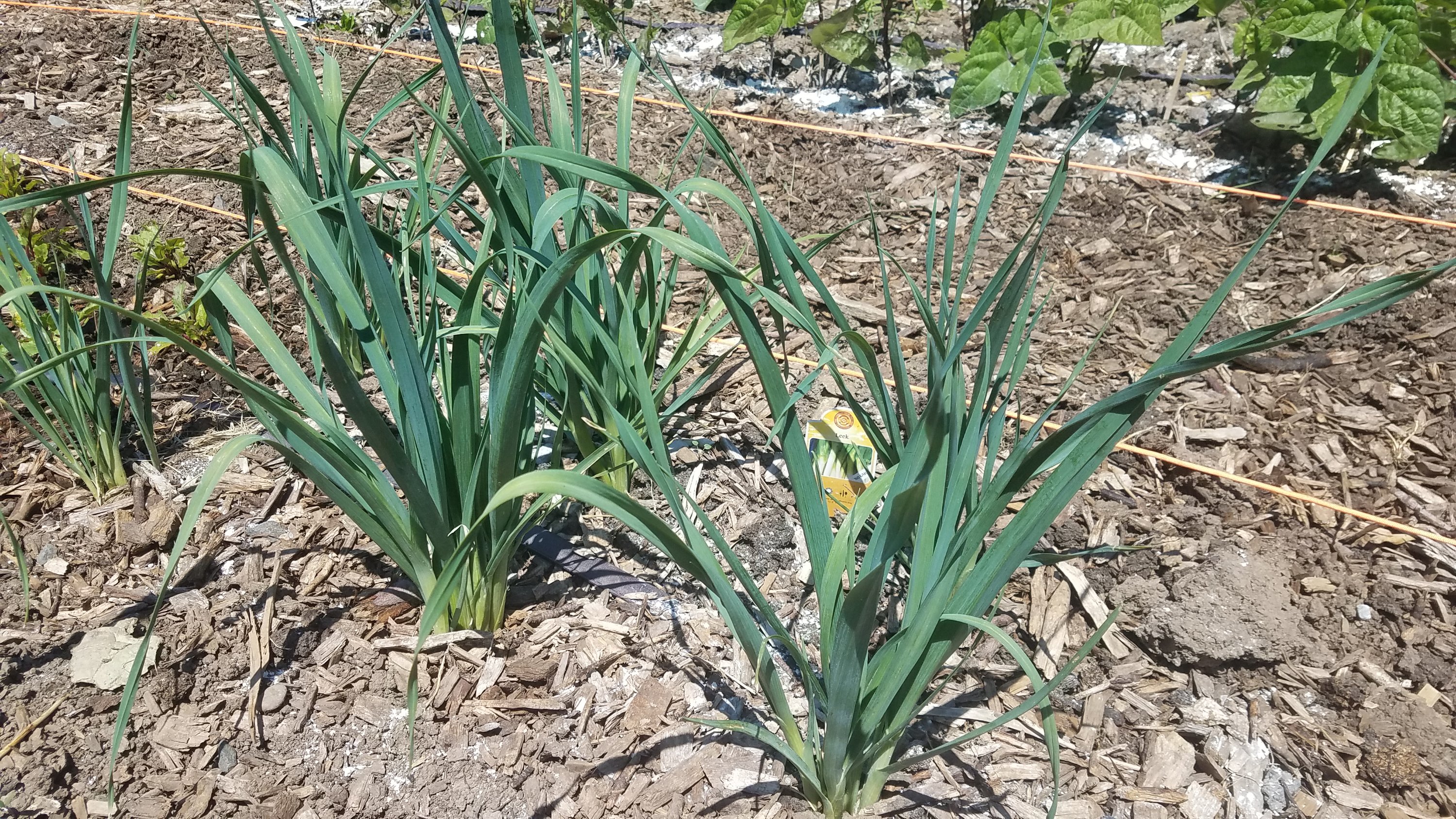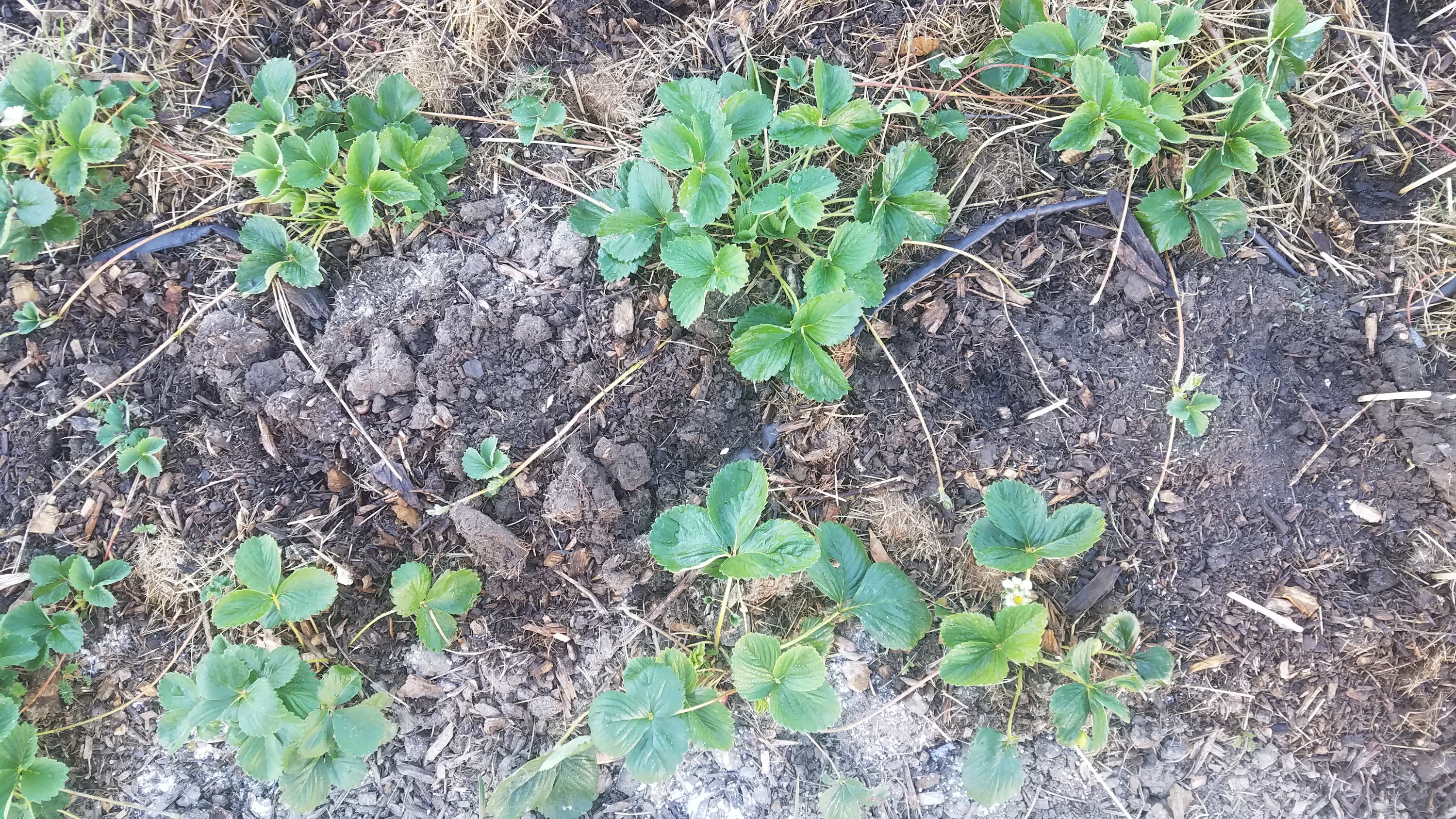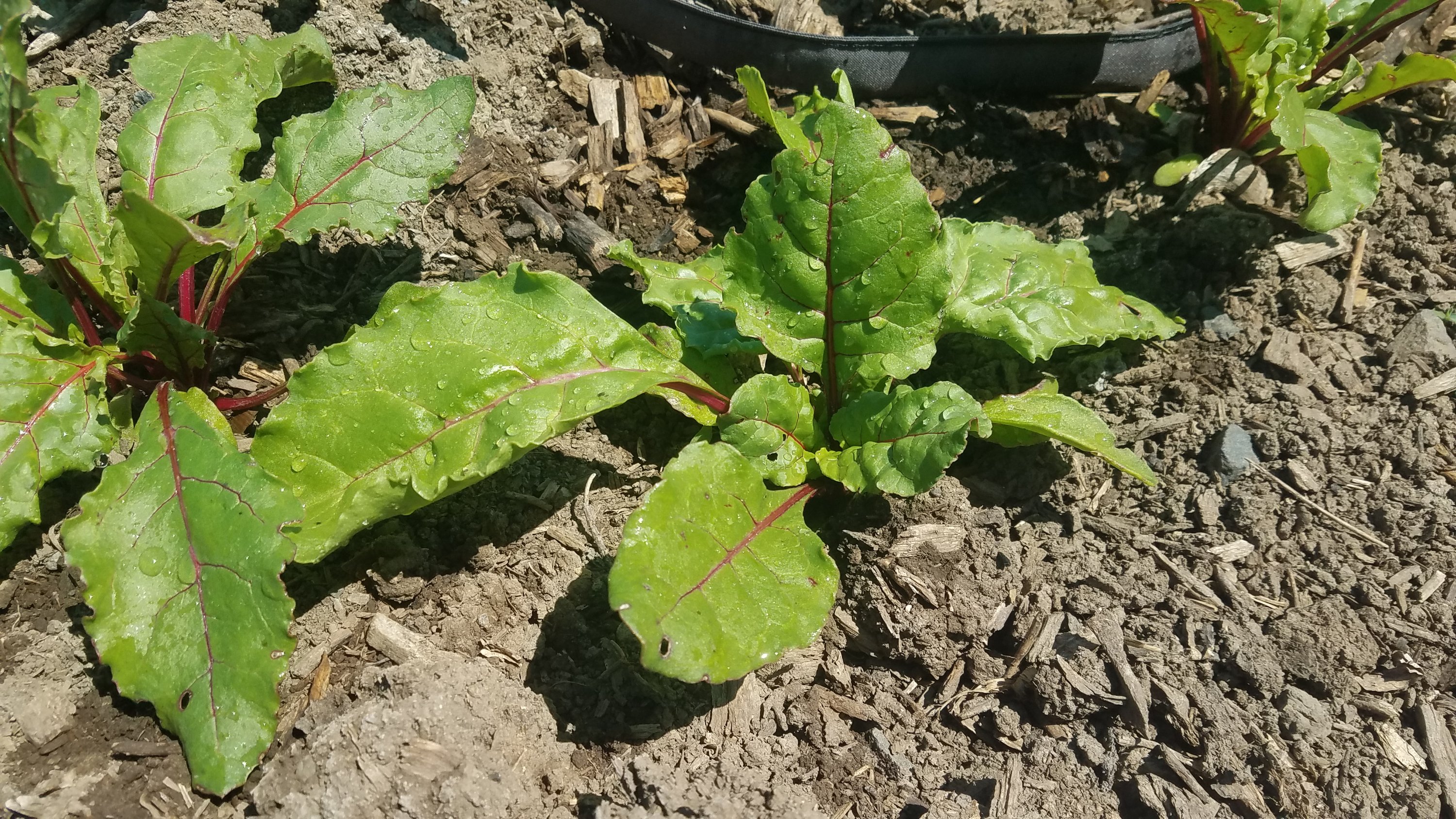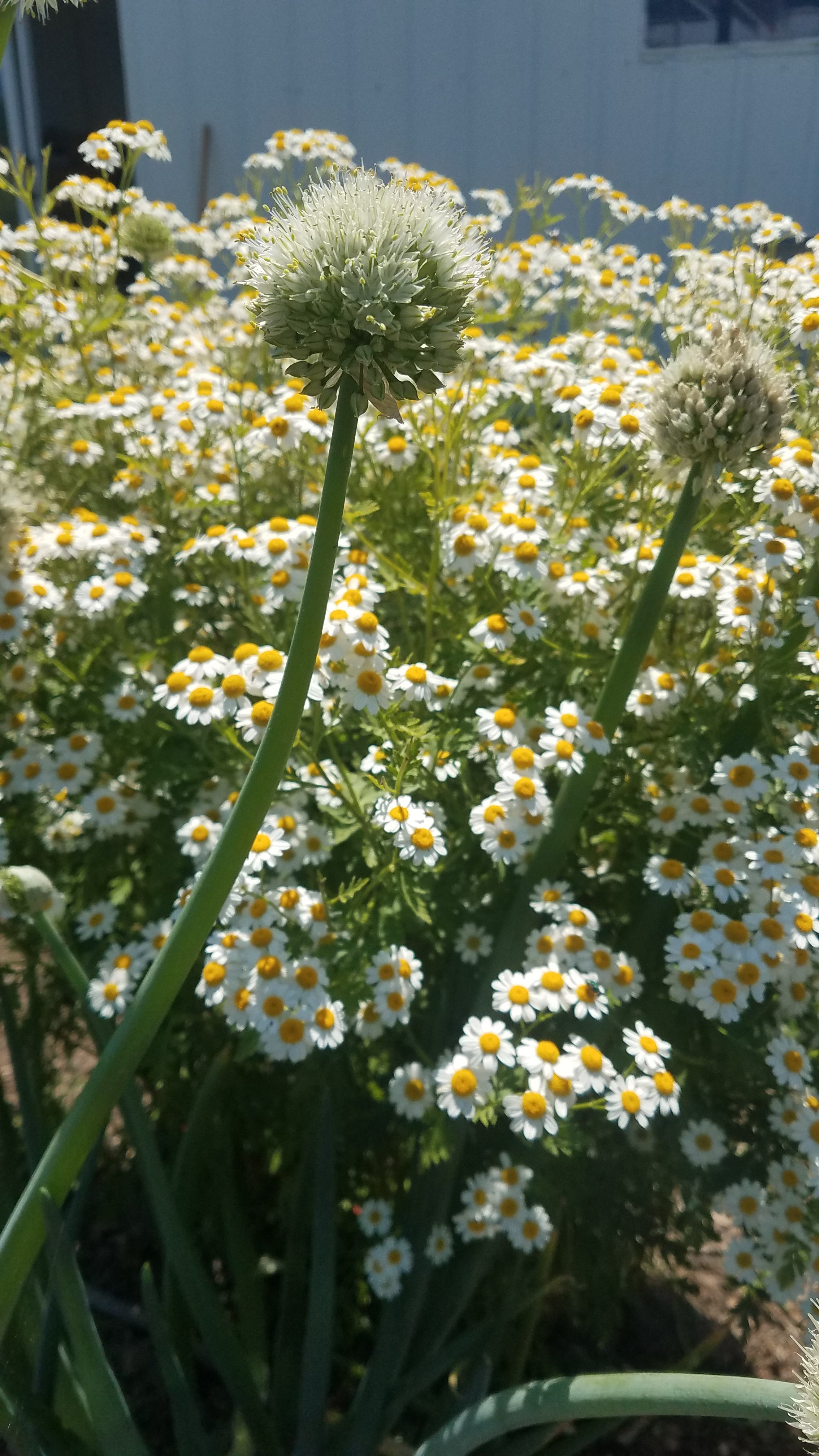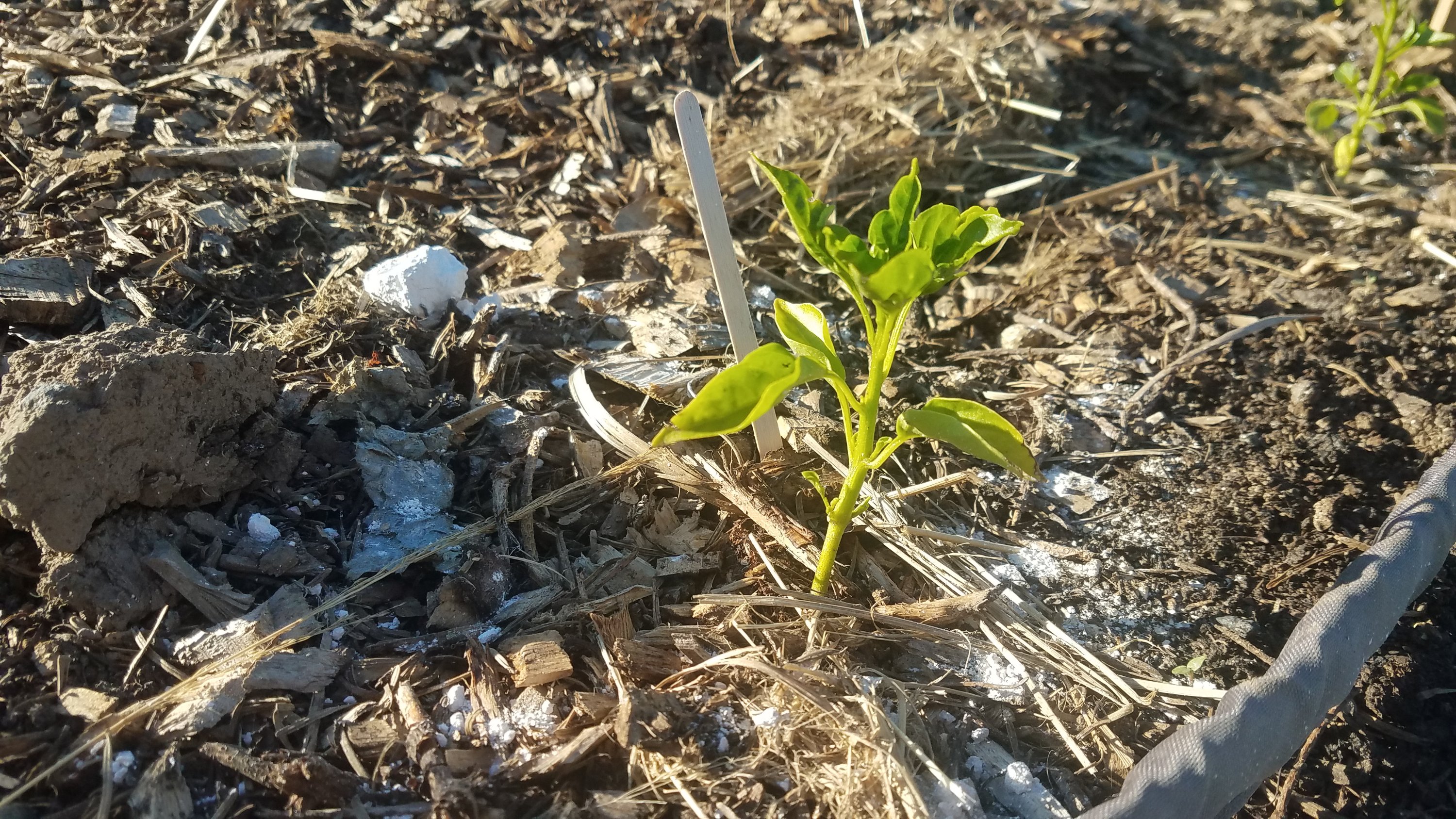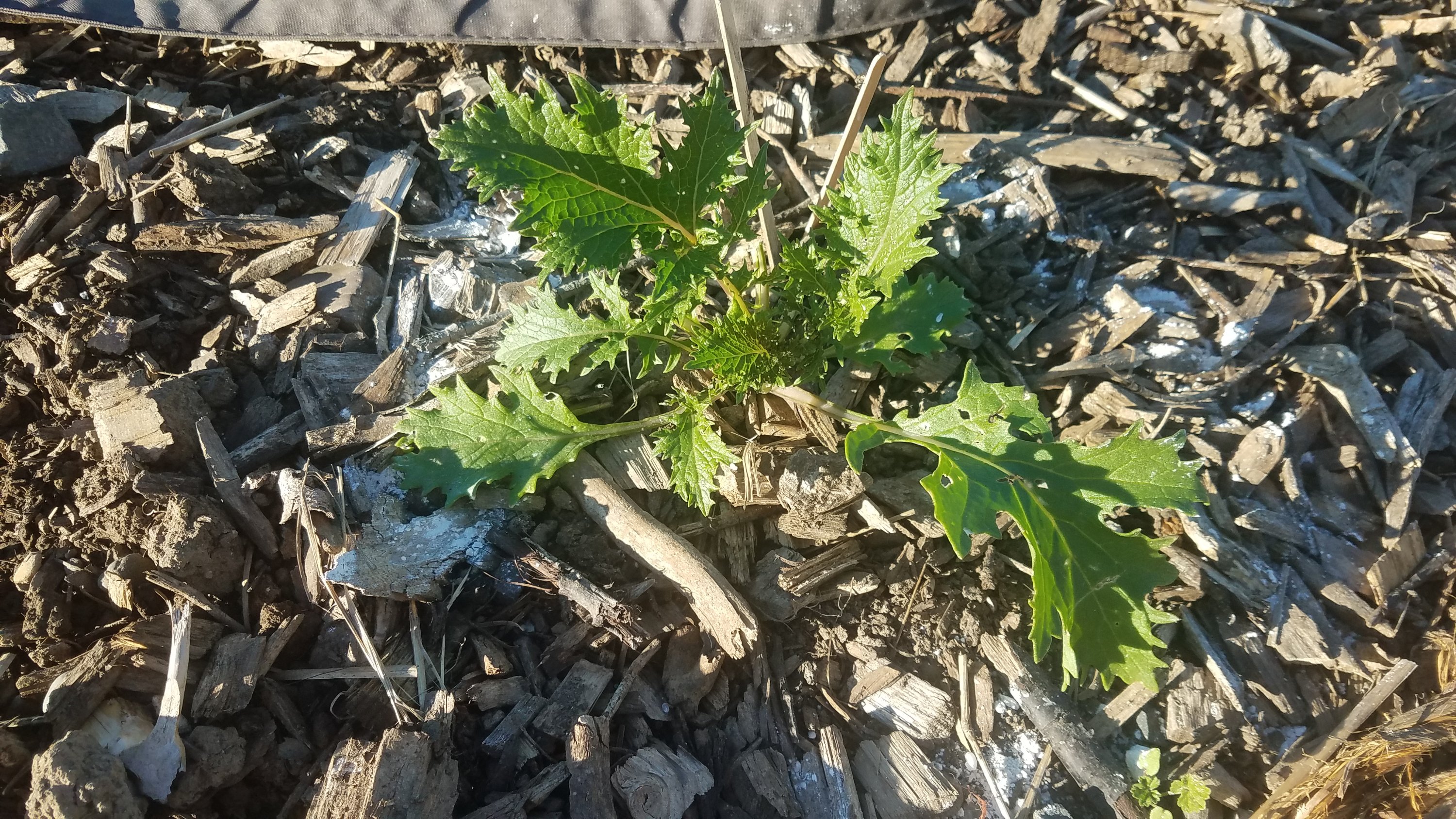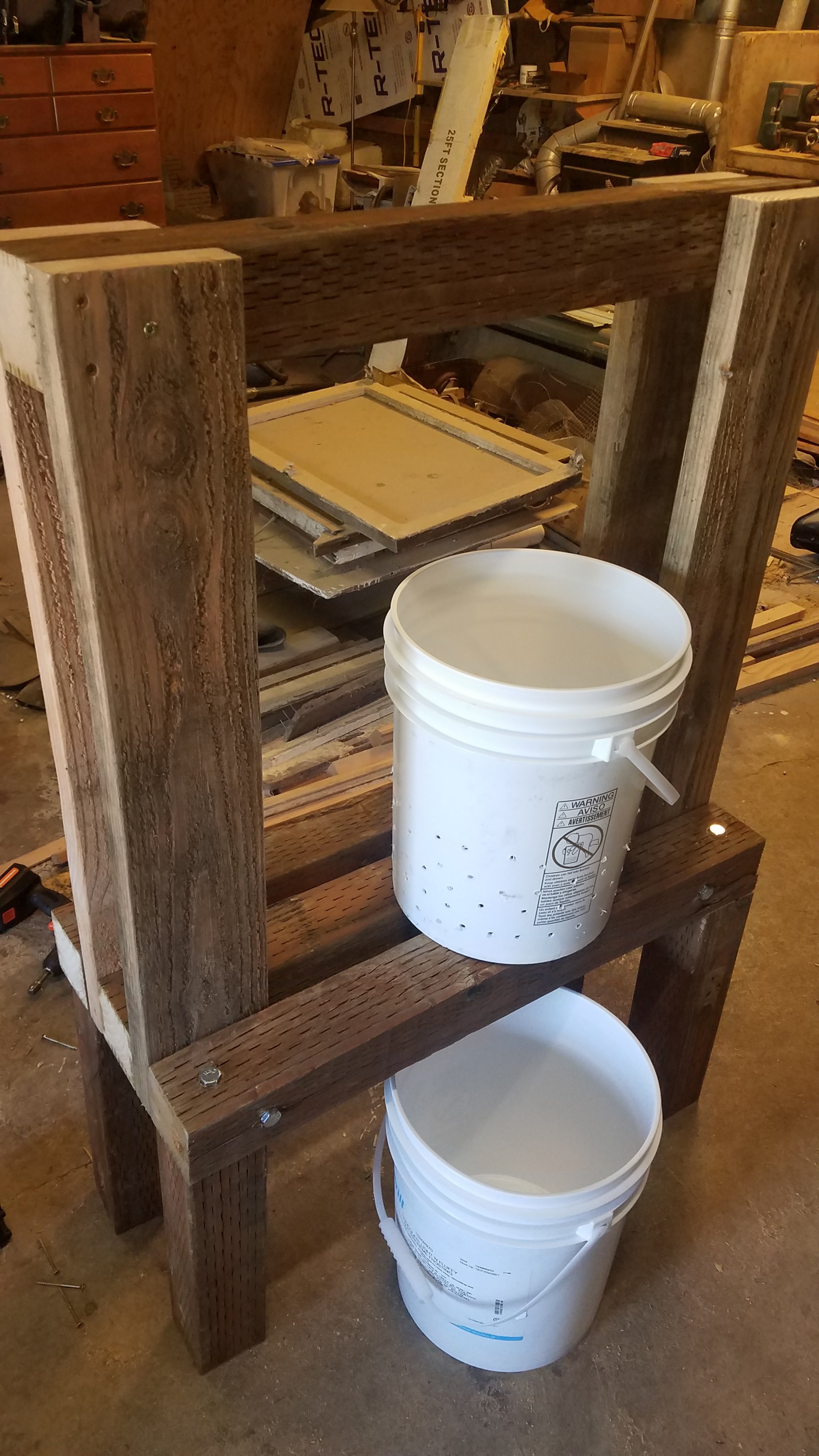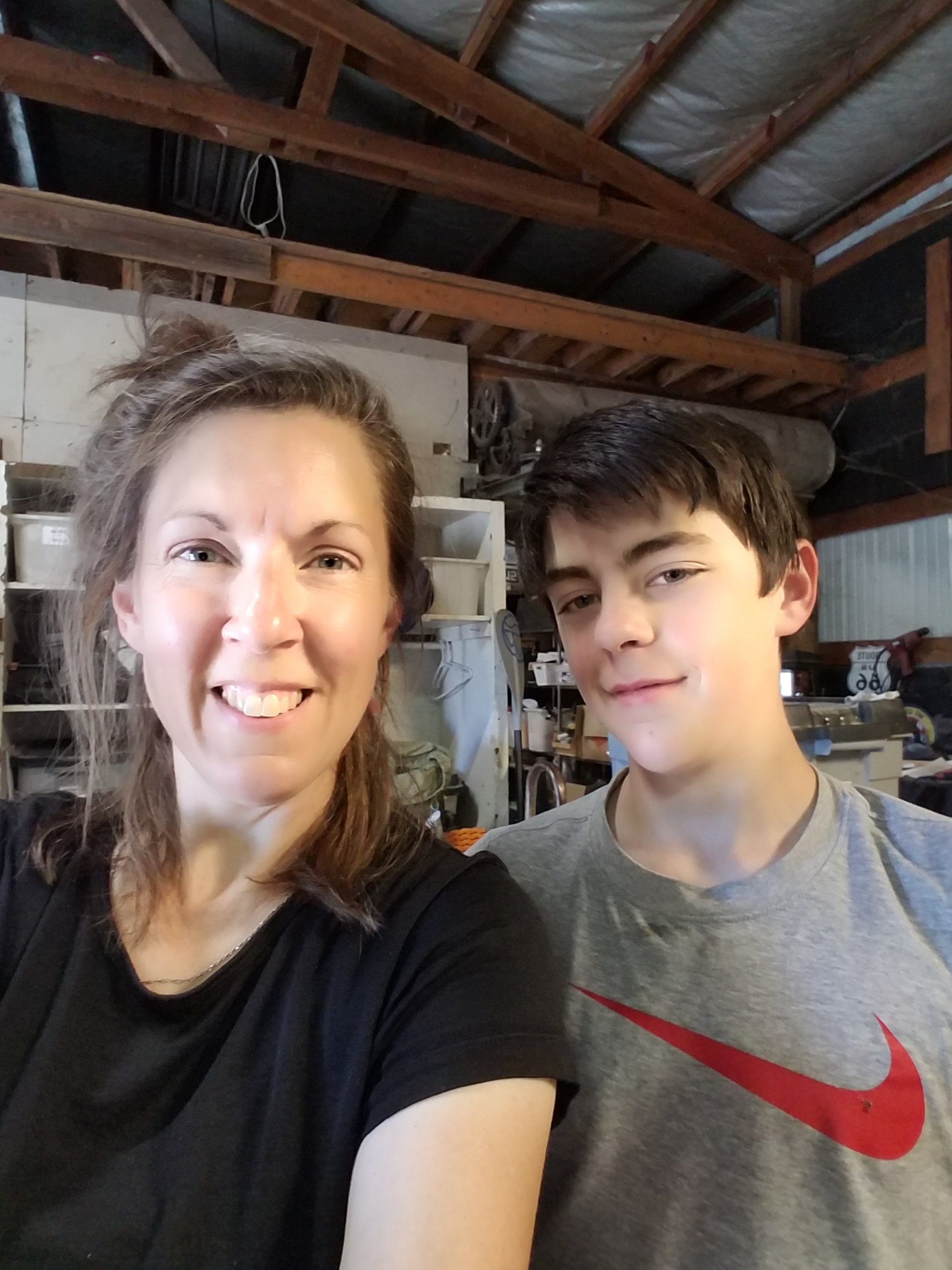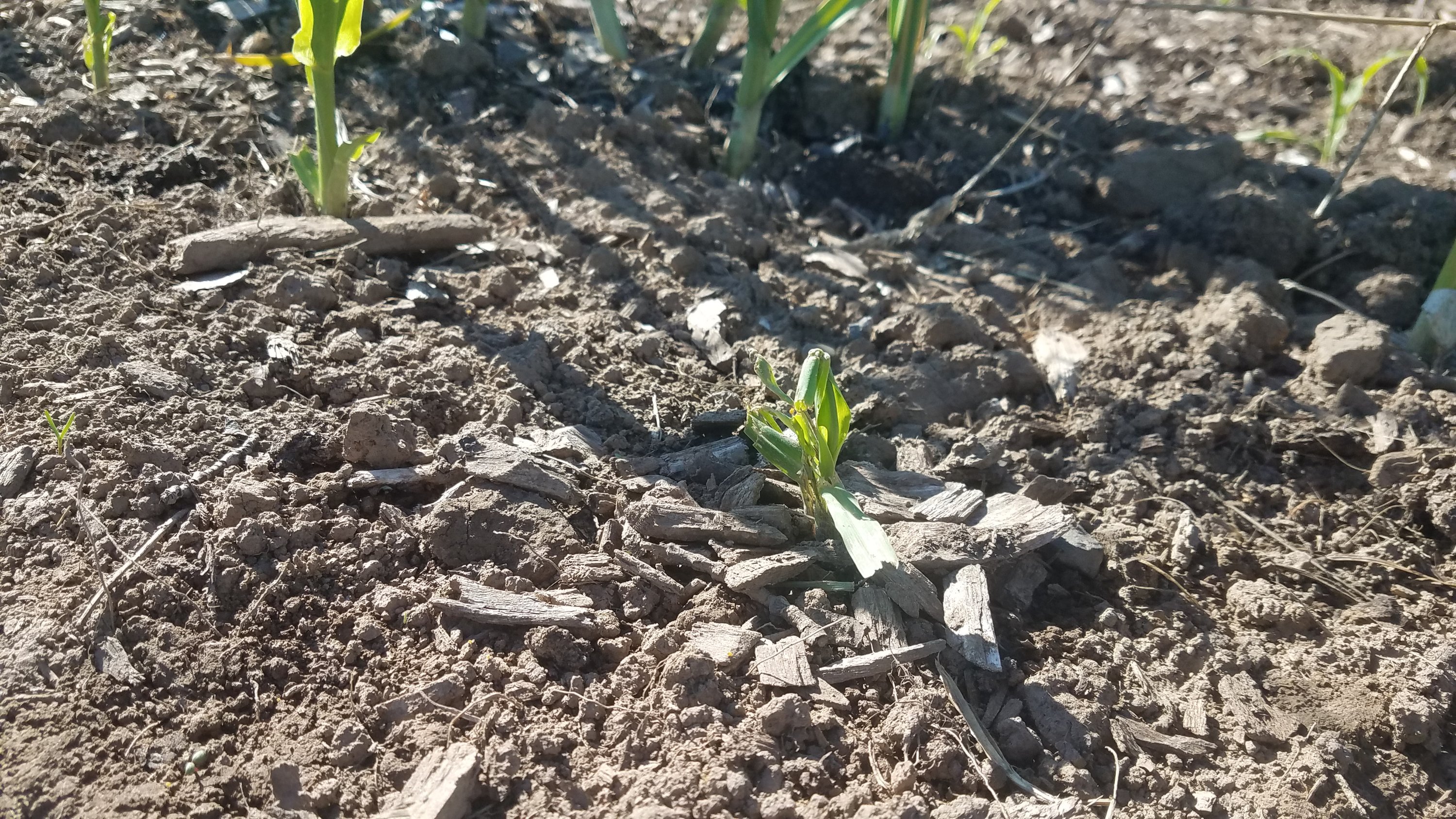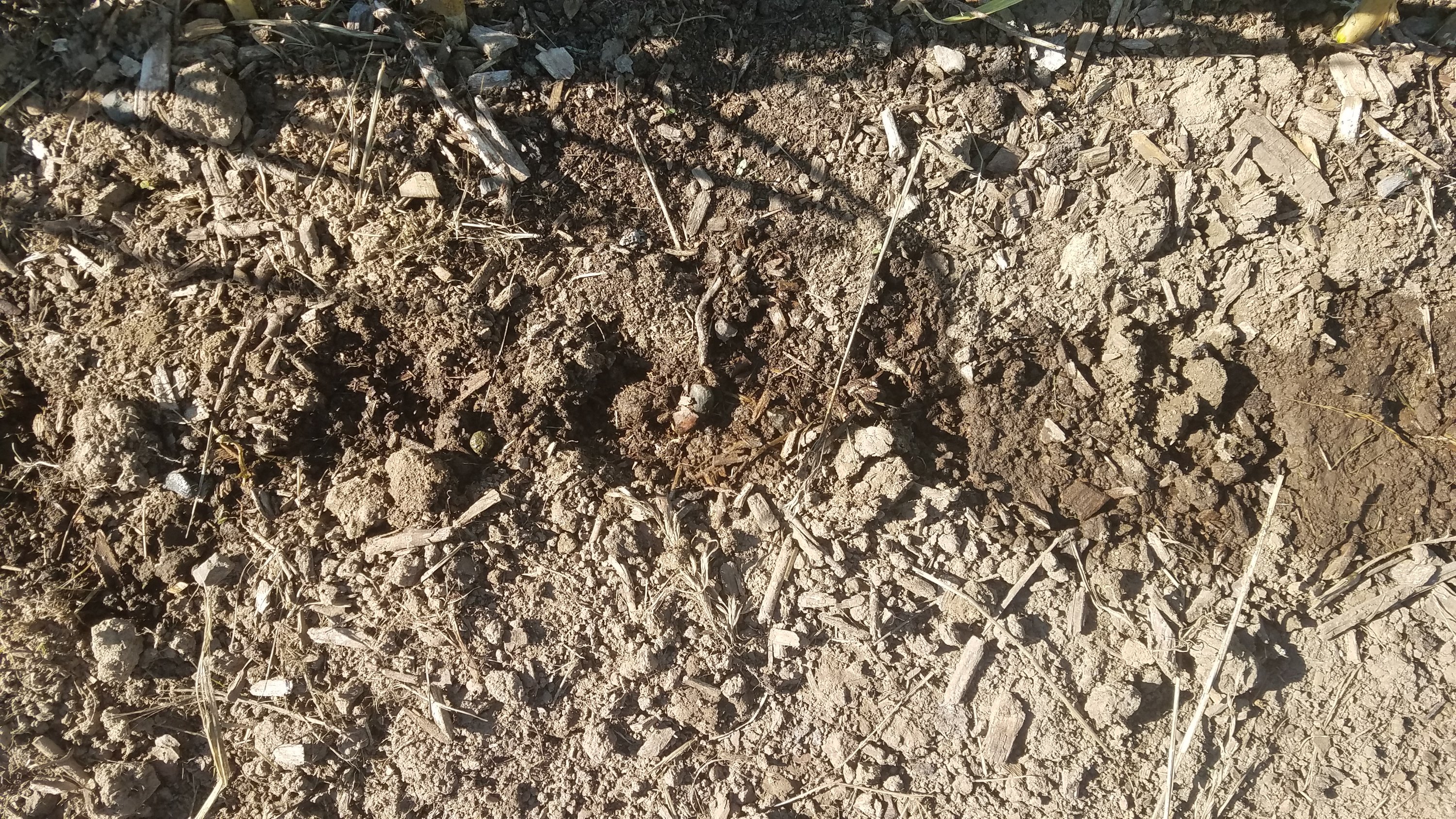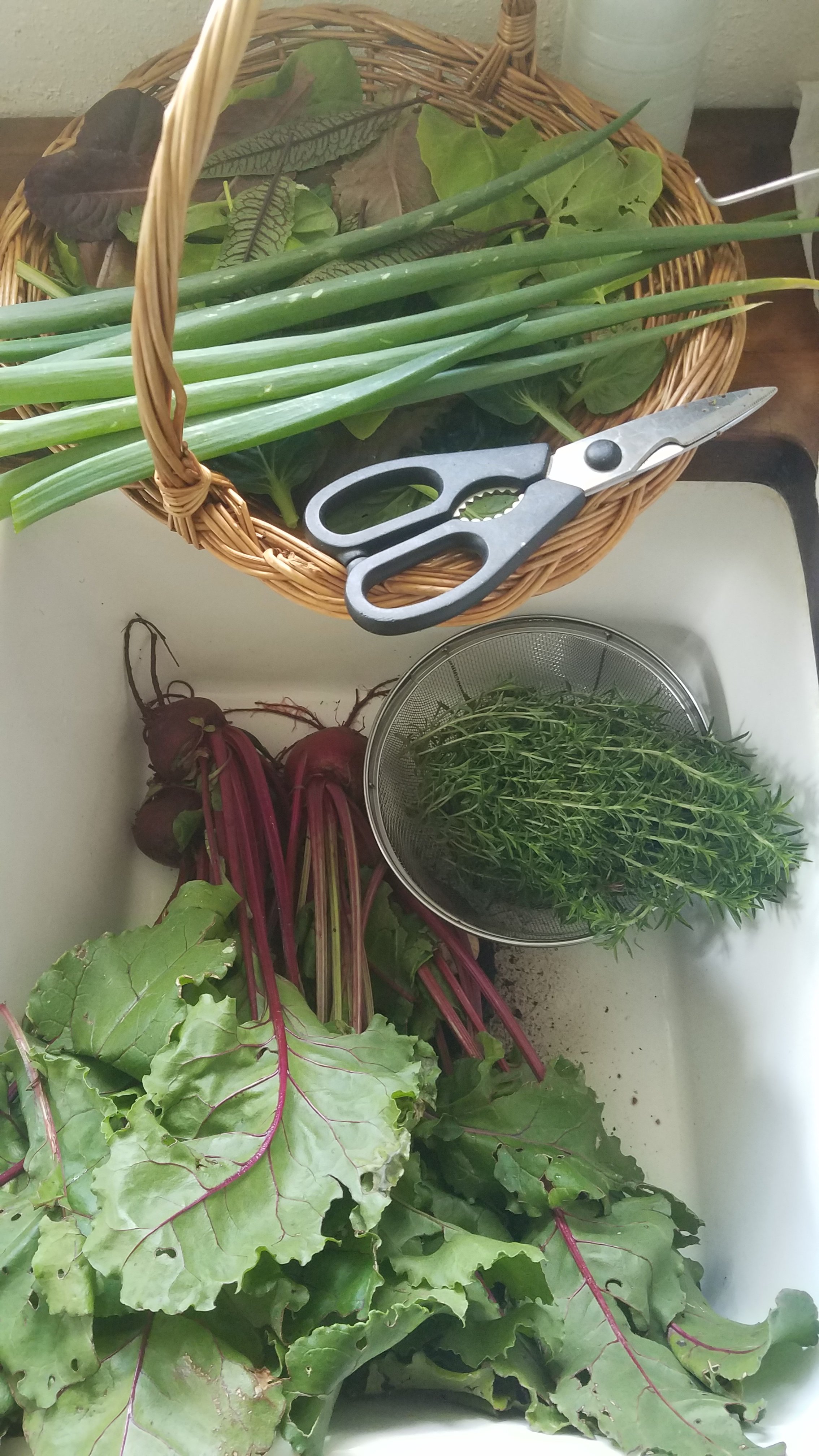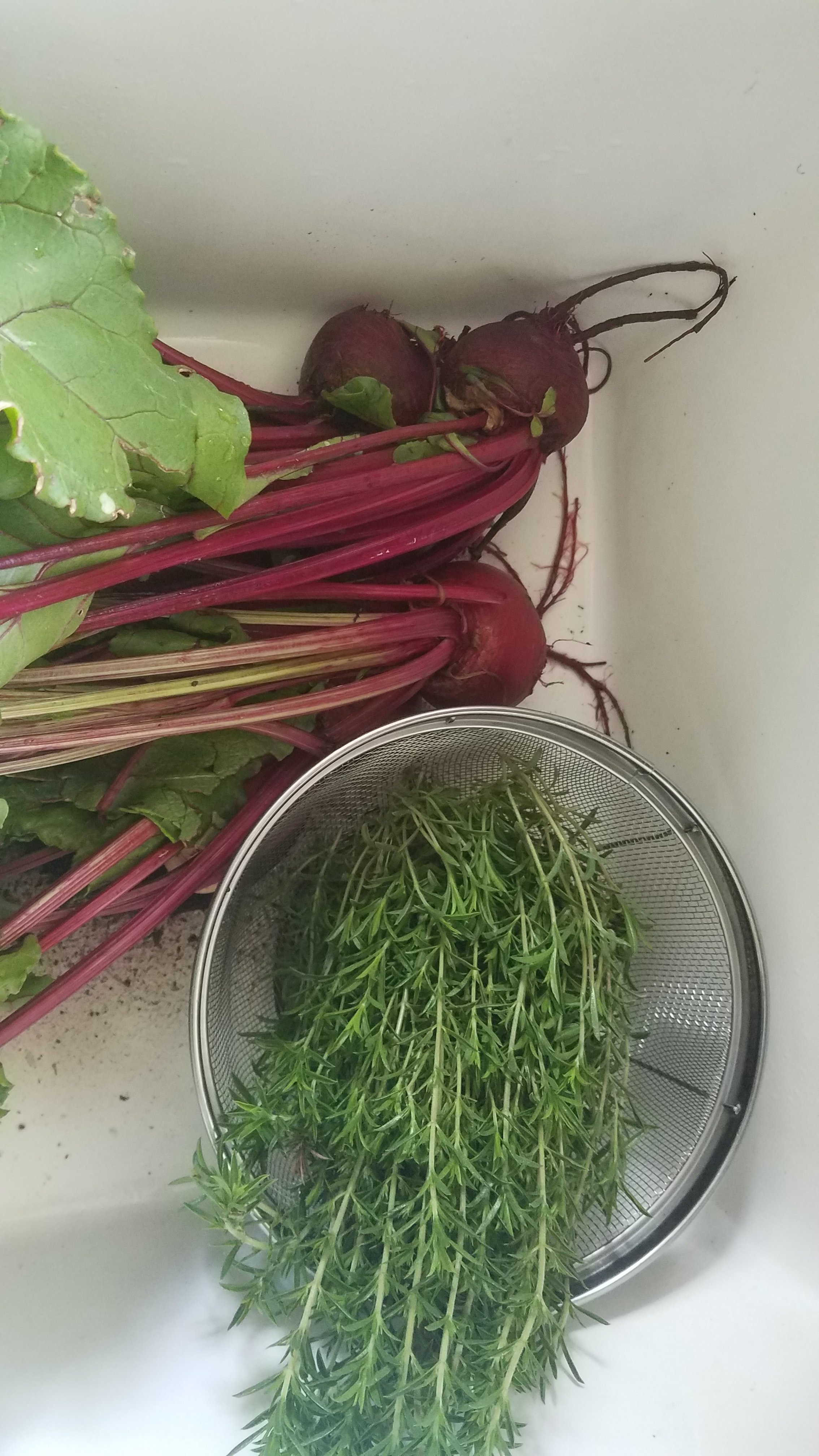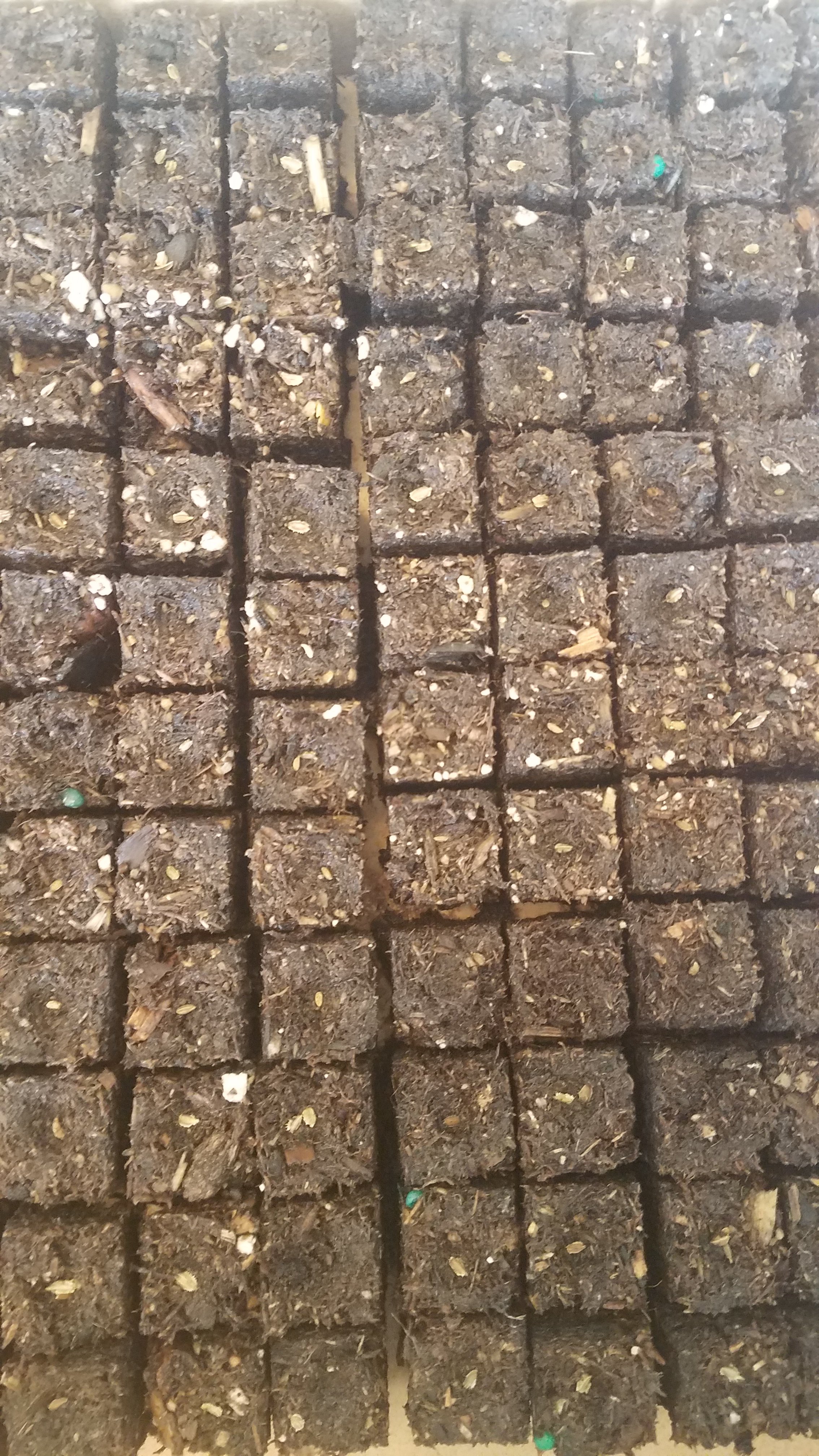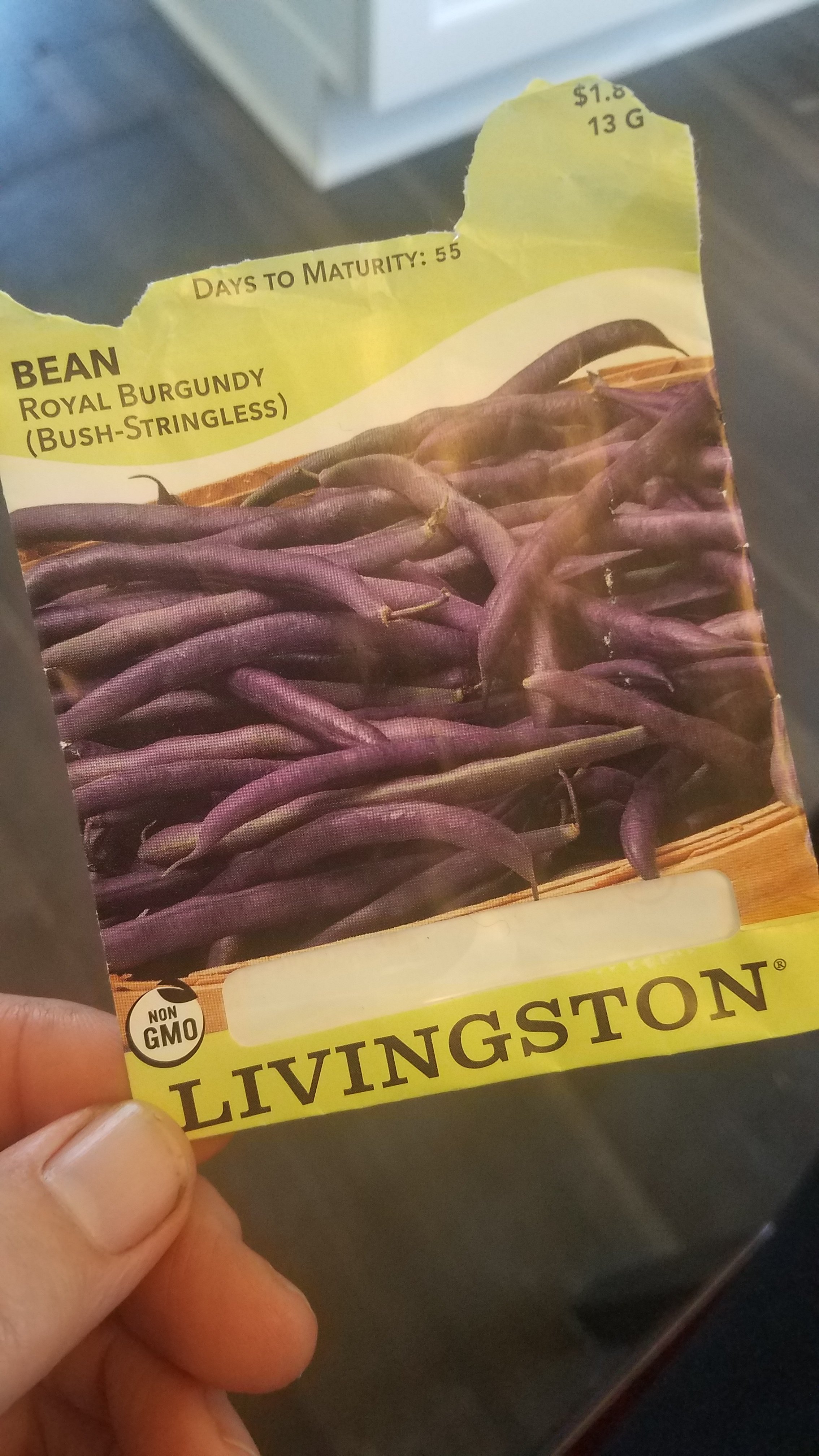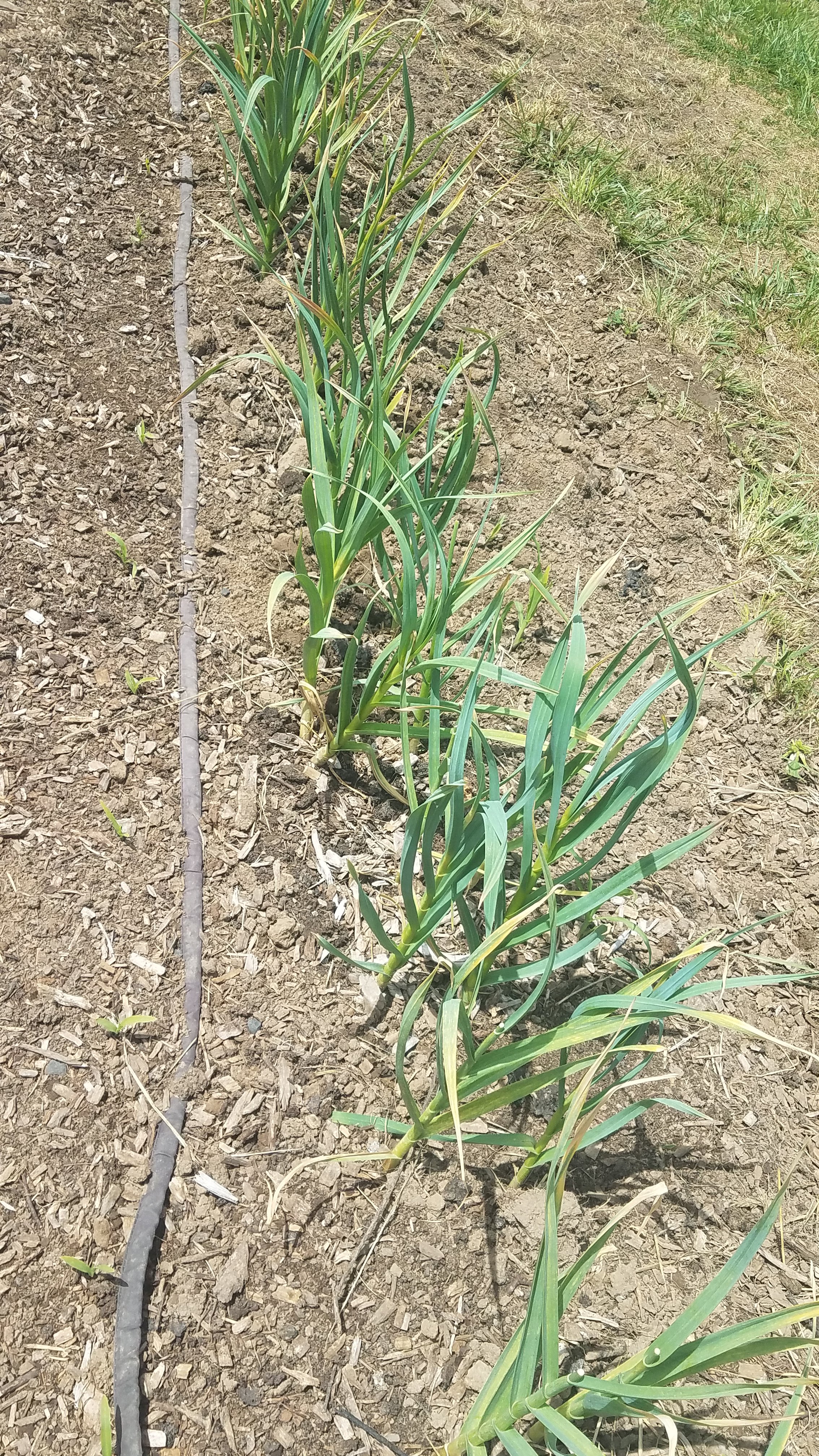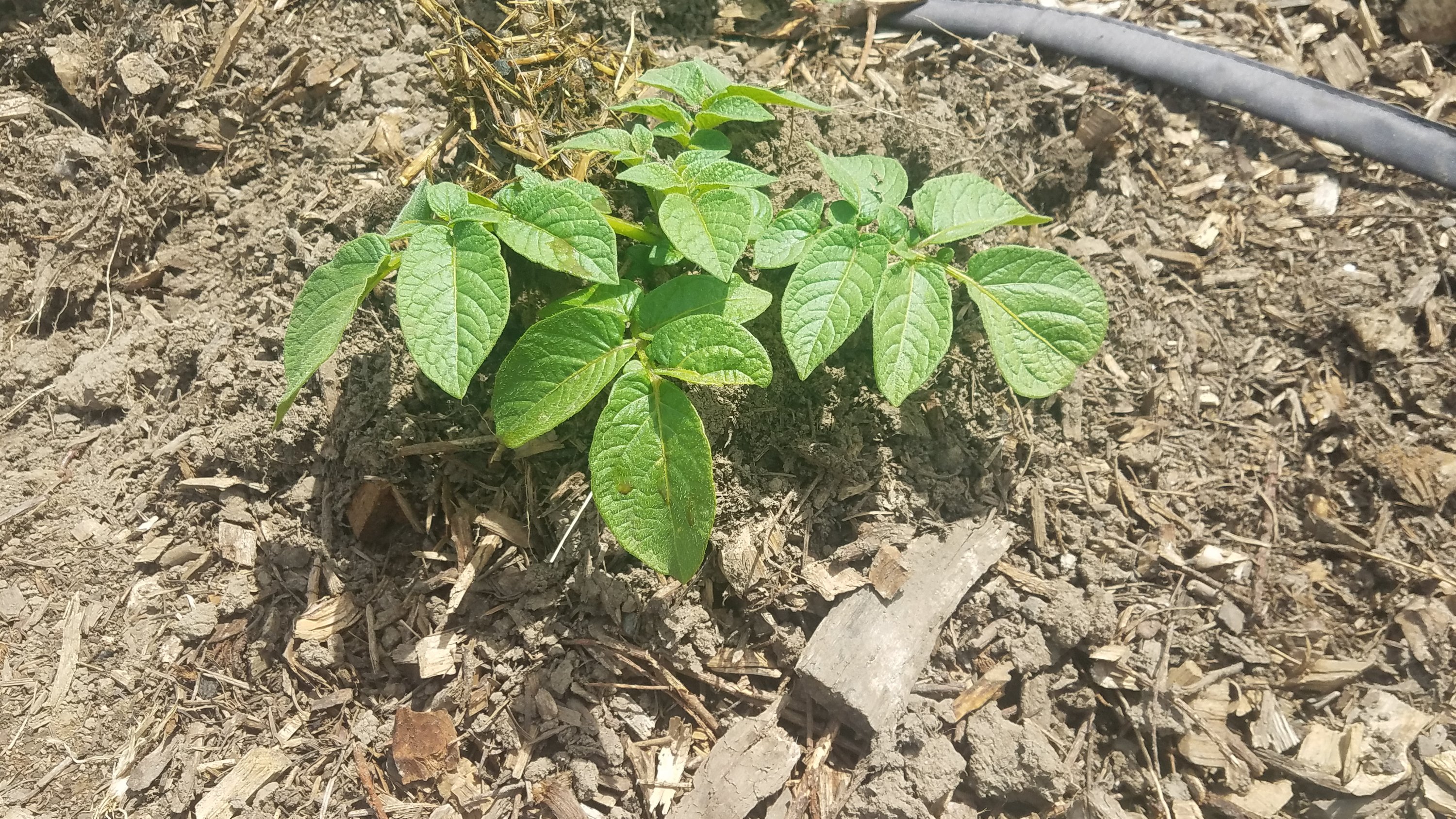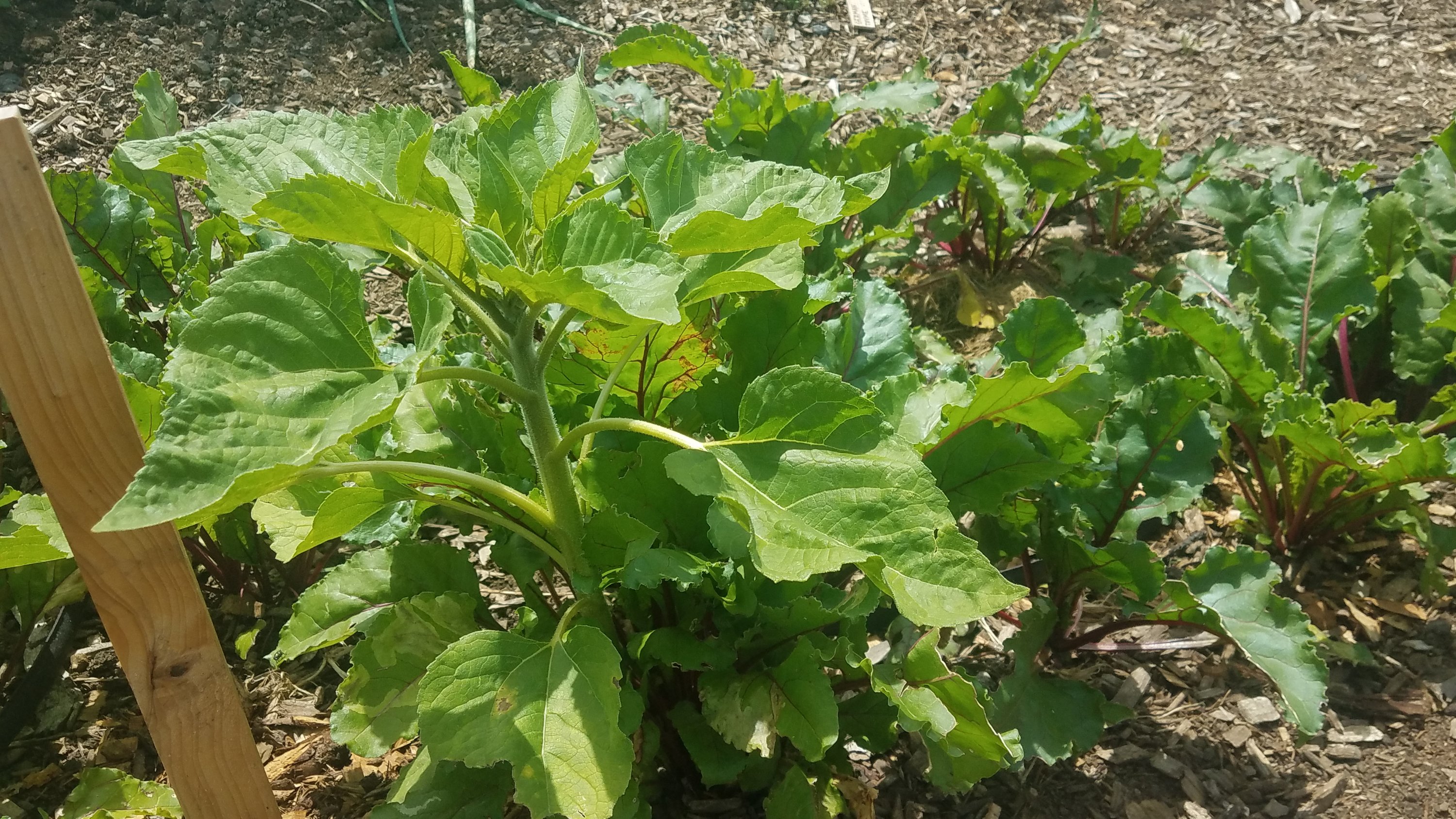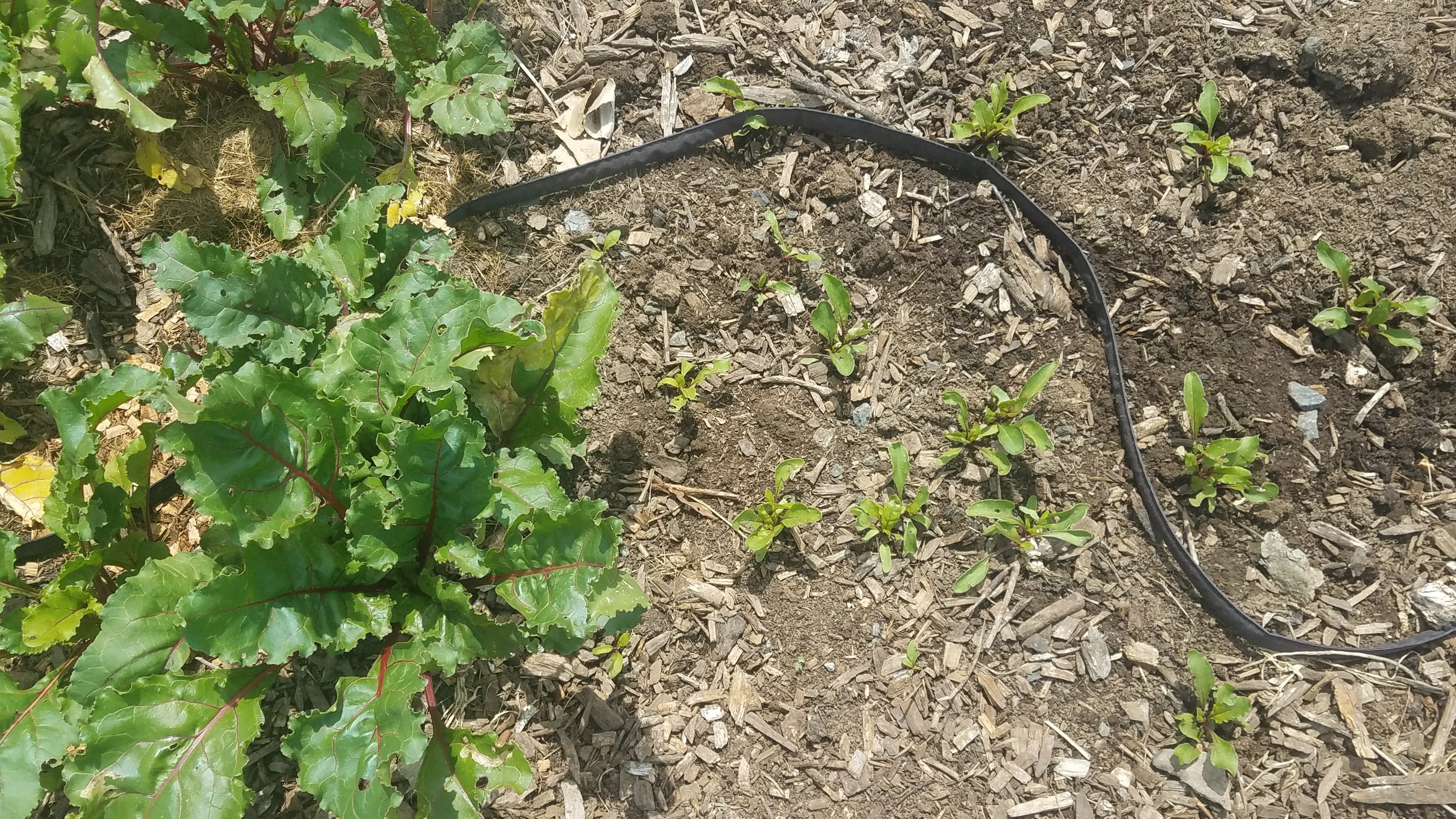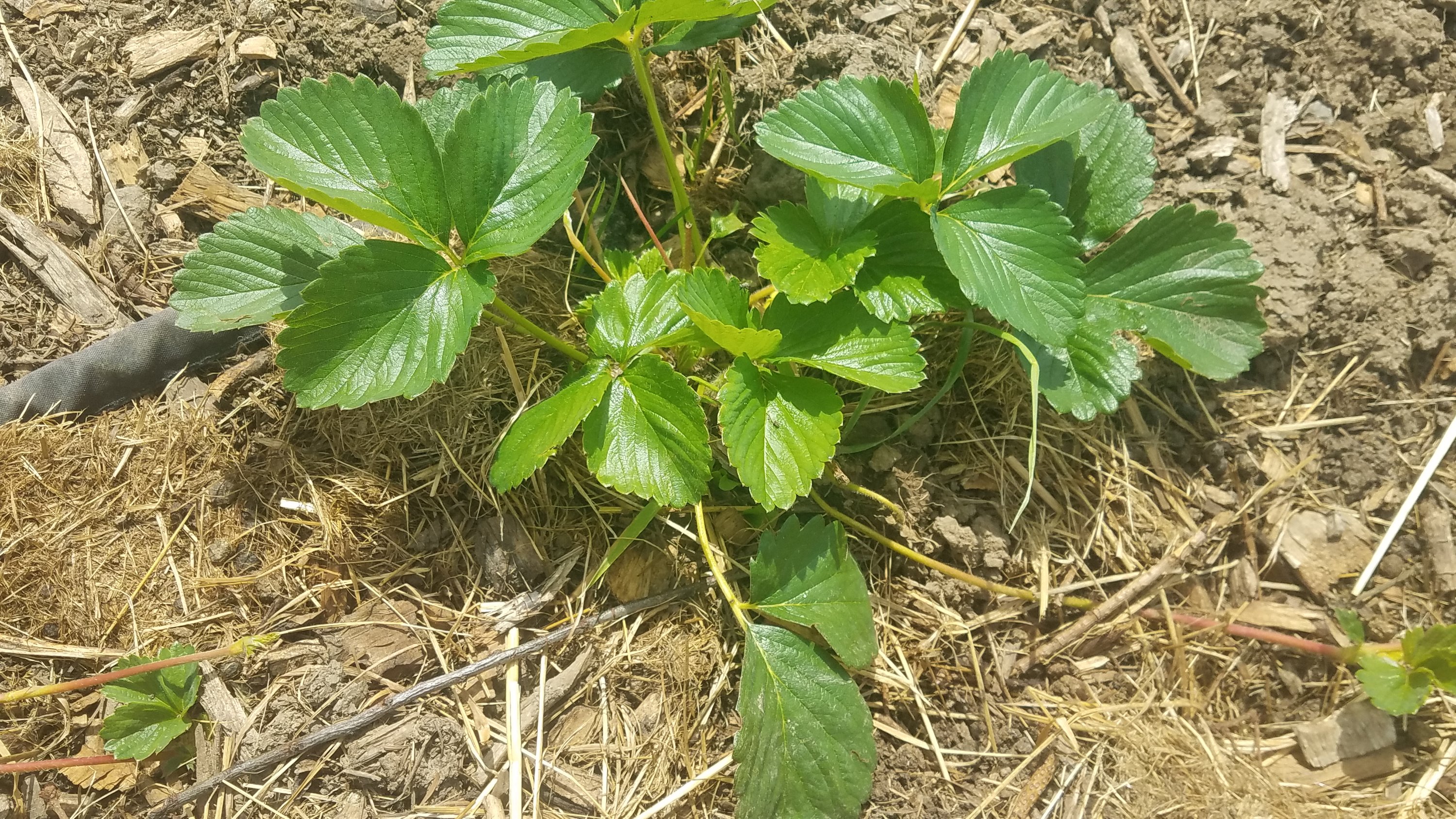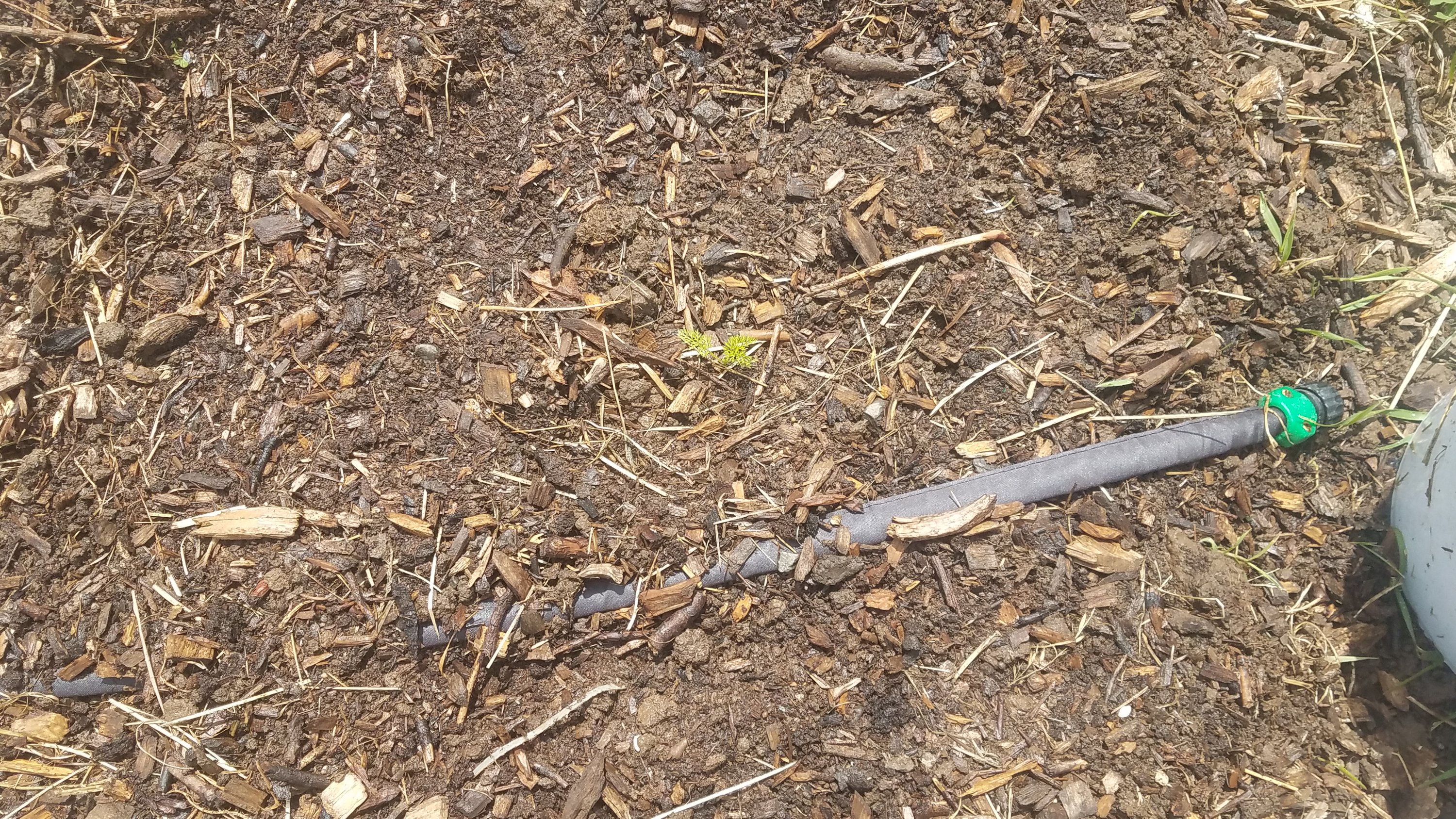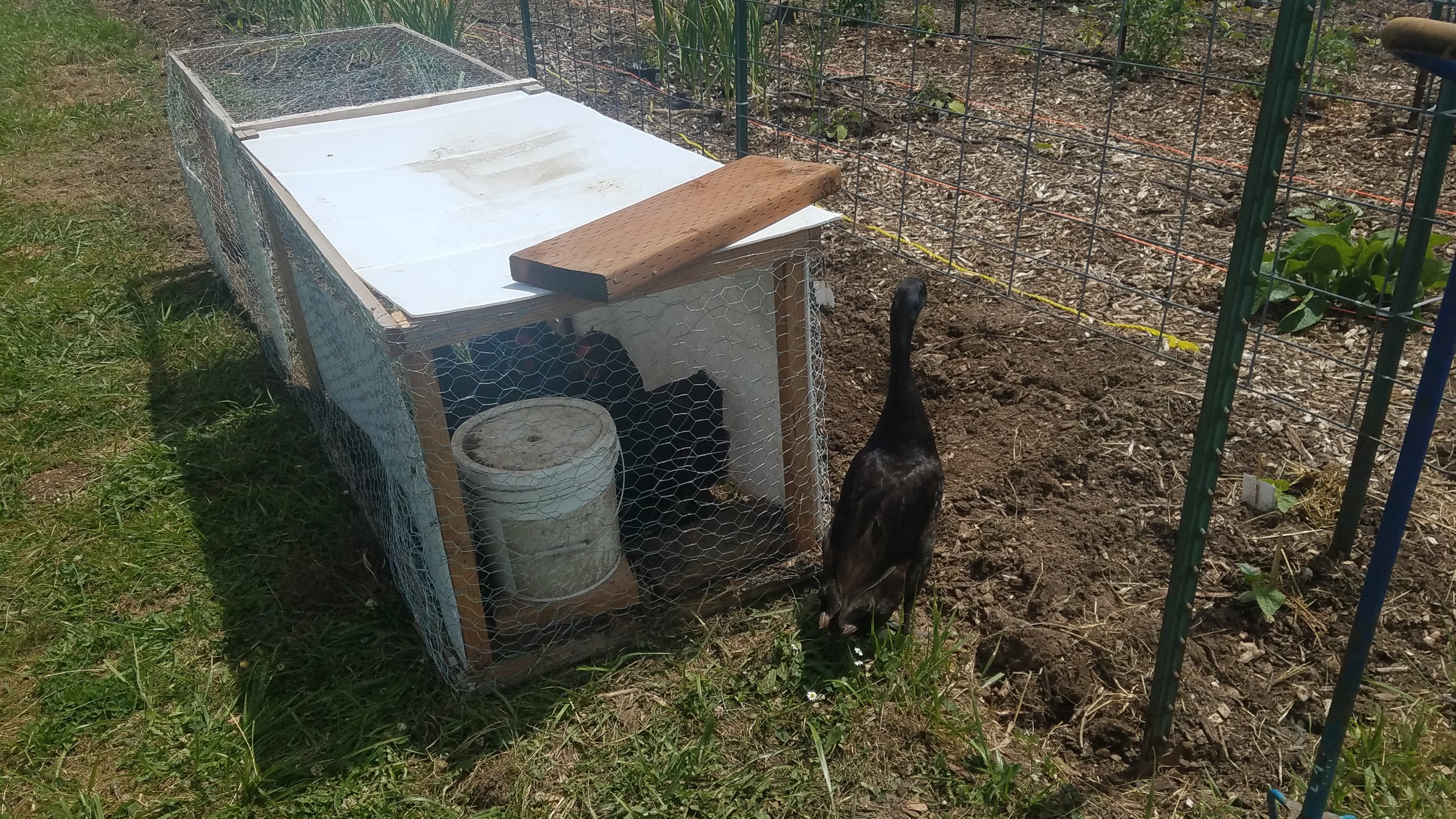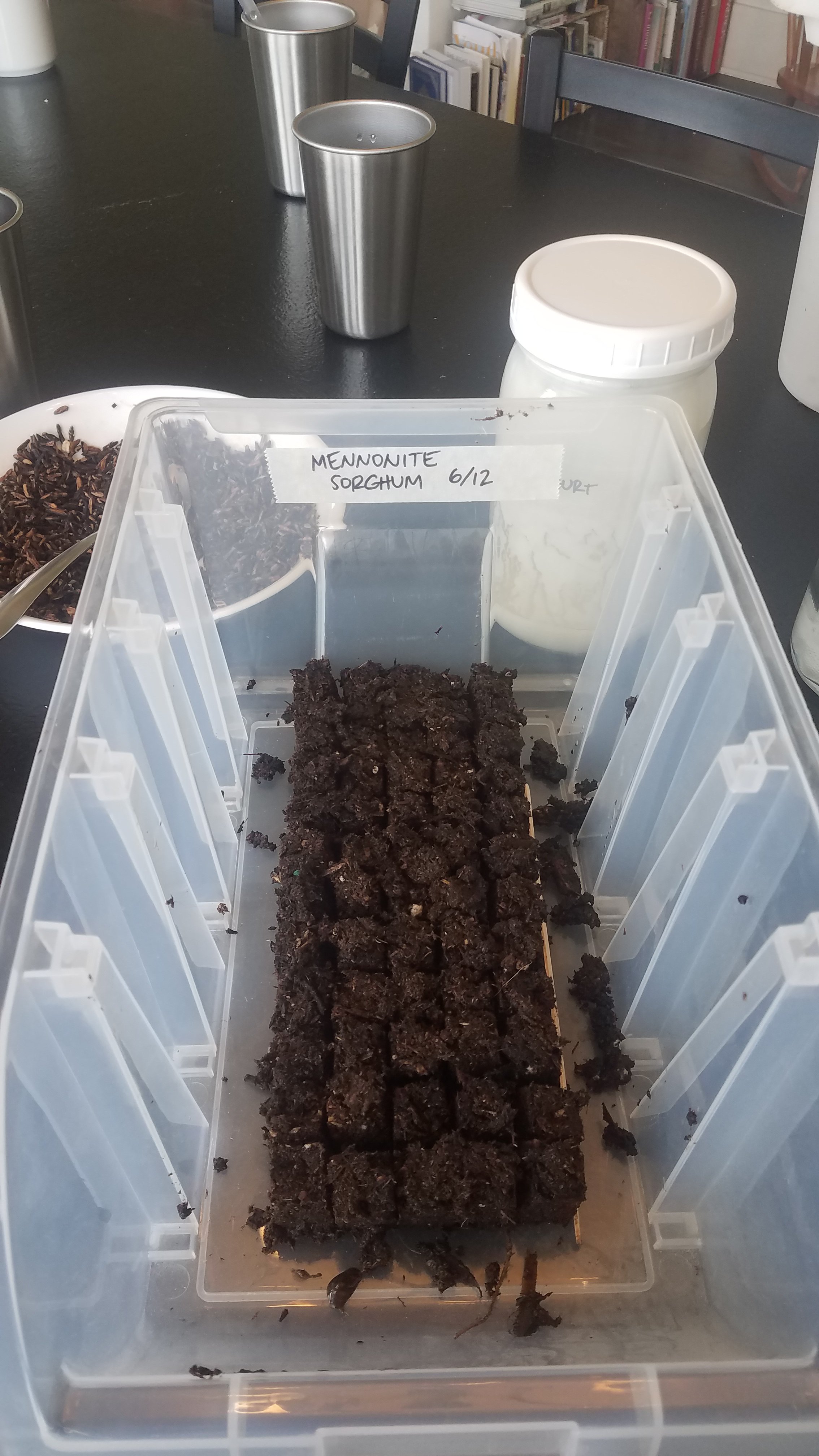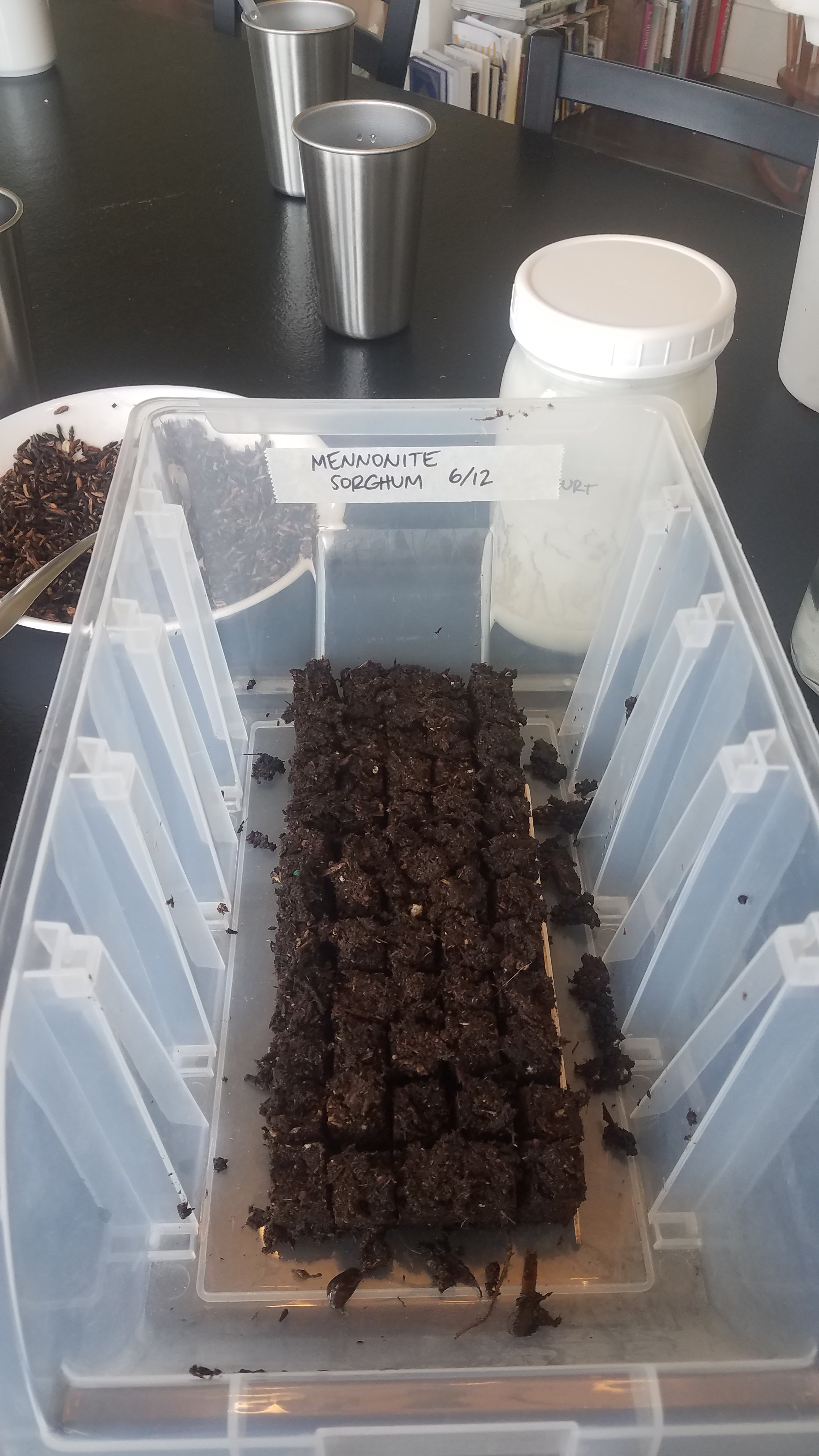A few years ago Josh asked me “What are the most expensive foods that we could grow in our garden instead of buy at the grocery store?” We came up with a few things like specialty mushrooms and all “organic” produce. Also, cherry tomatoes are pricey when compared to Roma tomatoes.
But the truth is, right now produce is cheap. Carrots are 50 cents a pound. Potatoes are 10 pounds for under 2 bucks. A big bag of spinach that will go bad before you can eat it all is $1.98. So, can we really make a dent in our grocery costs by growing a garden?
That’s why I started my basil garden. Pesto from Costco is around $10 for a 22 ounce jar. If we make + freeze 24 pints of pesto for the coming year, I think we’ve found our gold. That’s $240 worth of something we love, but rarely buy because it’s cost prohibitive. And even if you add in the cost of the olive oil, parm, and a few walnuts, we still come out ahead of store bought pesto.
These are my basil plants (don’t judge!)
They’re struggling a little/lot because the ground where I planted them has never been amended. We’ve just had wood chips + weeds on top of it for the past 3 years. I planted my seedlings anyways. I ended up losing about 15 teeny plants over the past couple months due to slugs. The slugs hide in the wood chips then come out at 11pm. I’m never awake to pick the slugs of my sweet little Genovese basil starts. Anyway, each time I lose a plant, I start over and replant one of my fresh little basil seedlings that are growing in soil blocks.
Most of the basil in my basil garden is Genovese–the quintessential pesto basil. I also threw a few lemon basil plants in there, along with the ONLY Holy Basil plant to survive from my first planting. I put a few other Holy Basil plants in the main herb garden.
I also ordered some African Numun Basil (aka Scent Leaf) which is supposed to have huuuge leaves and taste like a mix of basil and oregano. I started those seedlings last night.
The white rocks around each plant is diatomaceous earth. It’s supposed to deter slugs. We’ll see!
Next year this patch will be amended, pH tested, weeded, dunged (fertilized), and guarded. I’m so excited to have an abundance of basil. It’s an herb that makes me happy.
